Learn anatomical drawing with proportion and structure techniques to capture the essence of the human figure
Embark on an exciting journey through the art of the human figure with this specialization that combines precision and creativity. Explore everything from the fundamentals of anatomical drawing to advanced techniques in various media such as watercolor, oil, and pencil. Learn to capture the essence and expression of the human body, guided by experts in the field: ZURSOIF, Daniel Torrent Riba, Ale Casanova, Pedro Covo, and Juan Perednik.
Discover how to draw precise proportions, portray authentic expressions, and experiment with colors and textures to create vibrant works. From basic lines to complex shading, each course will give you new skills to enrich your personal style. Become a master of human drawing while developing your ability to depict the diversity of the human body—an art that transcends borders and connects with human nature at its finest.
What will you learn in this specialization?




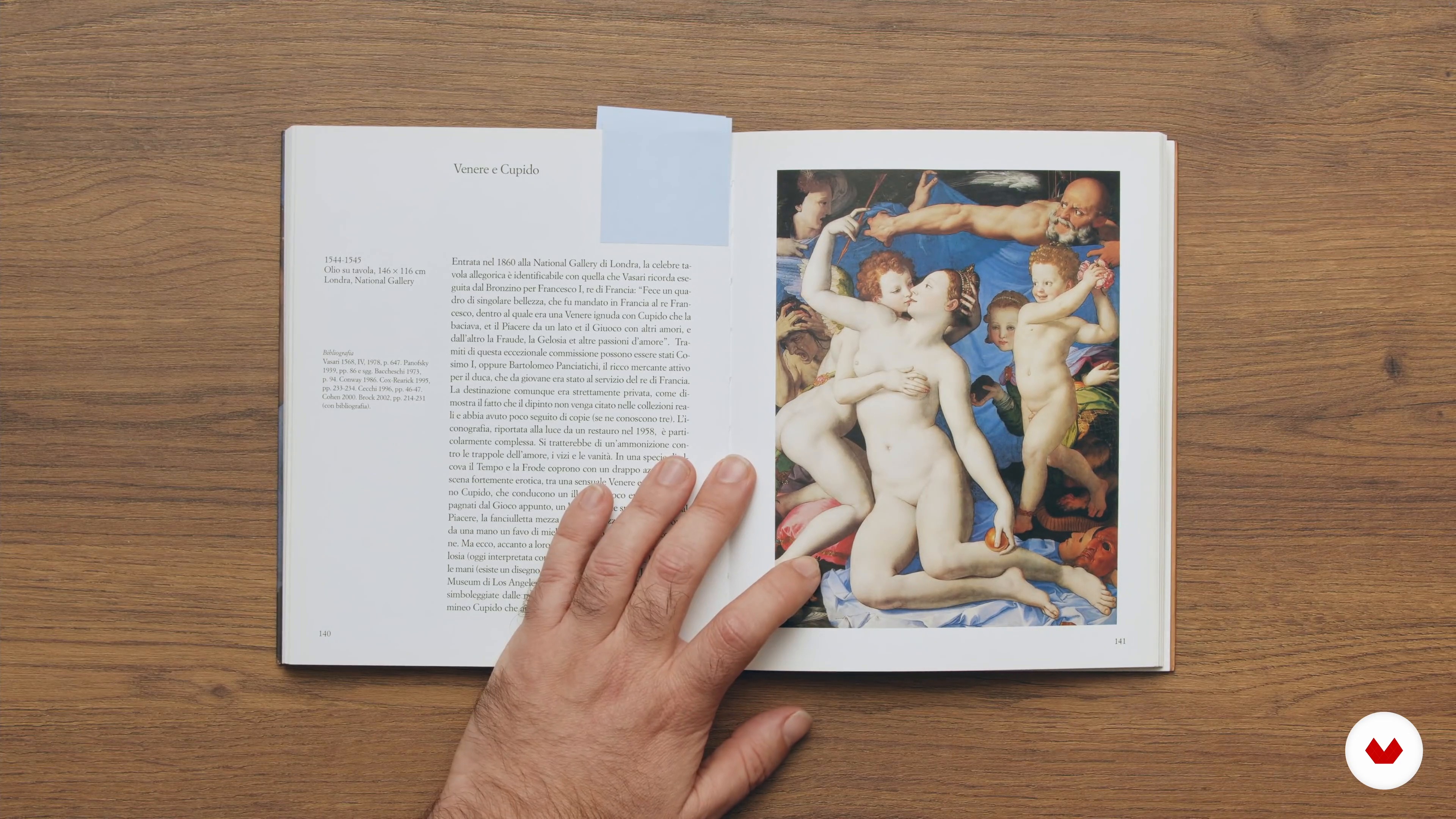
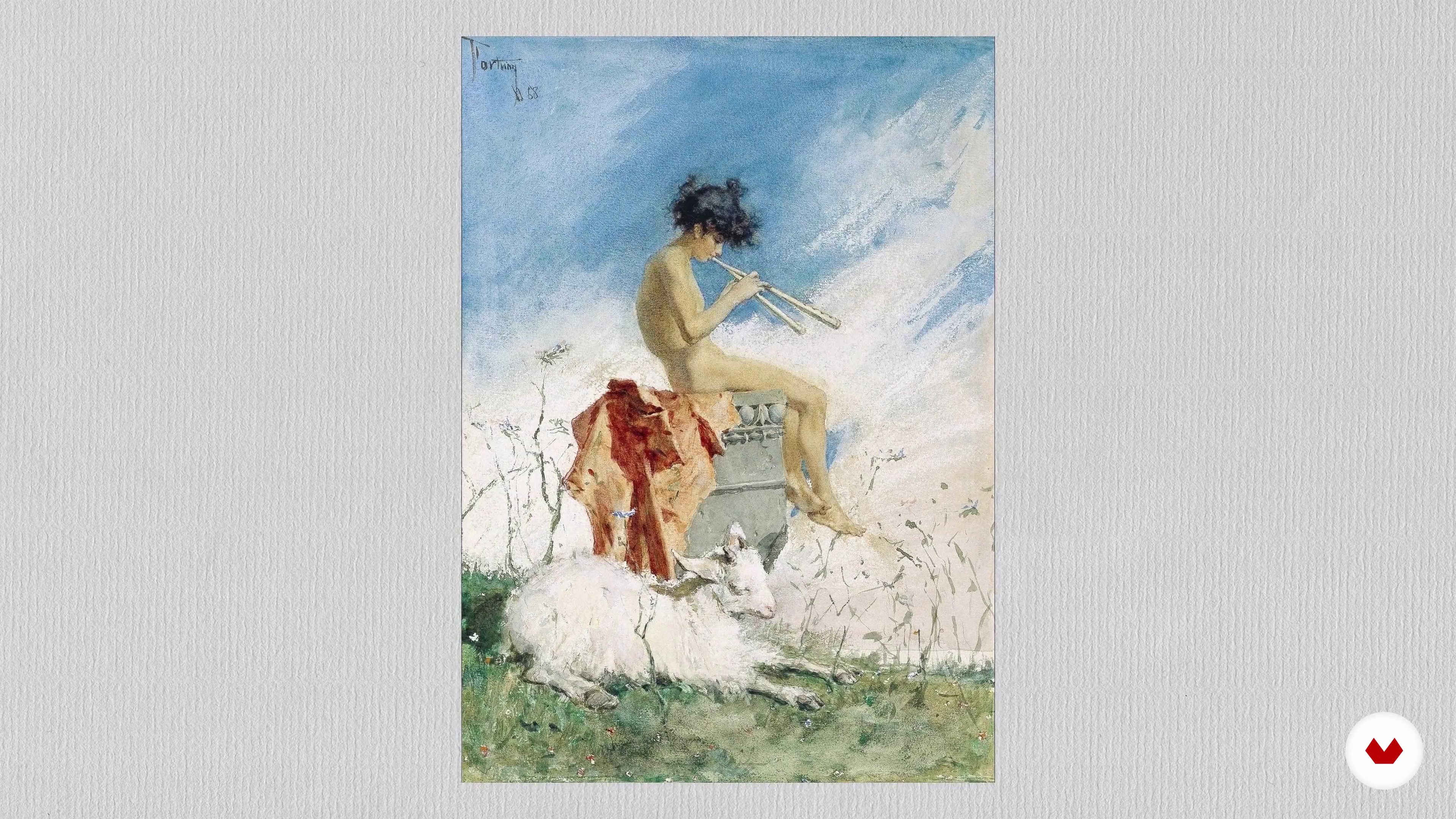
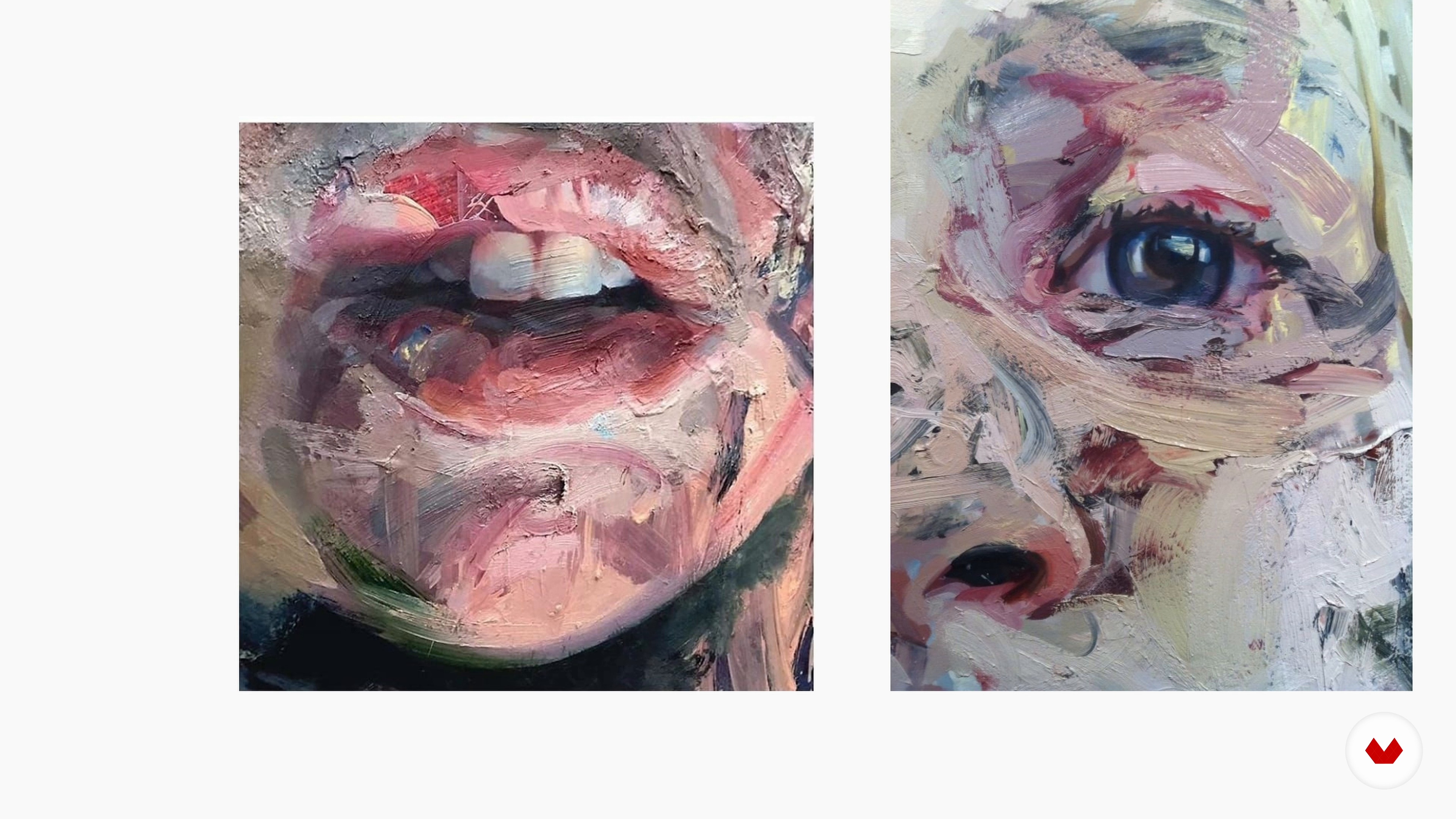
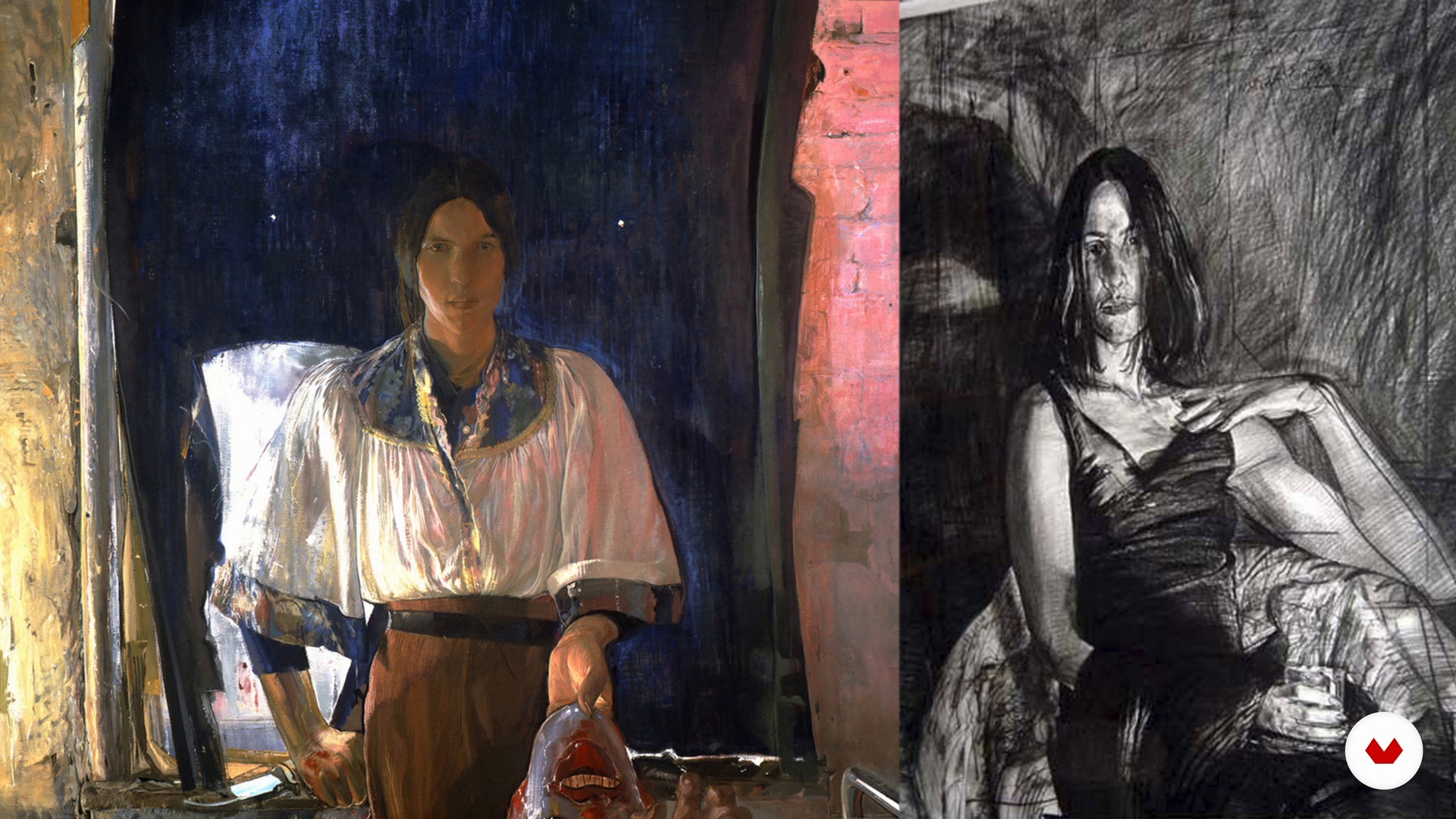
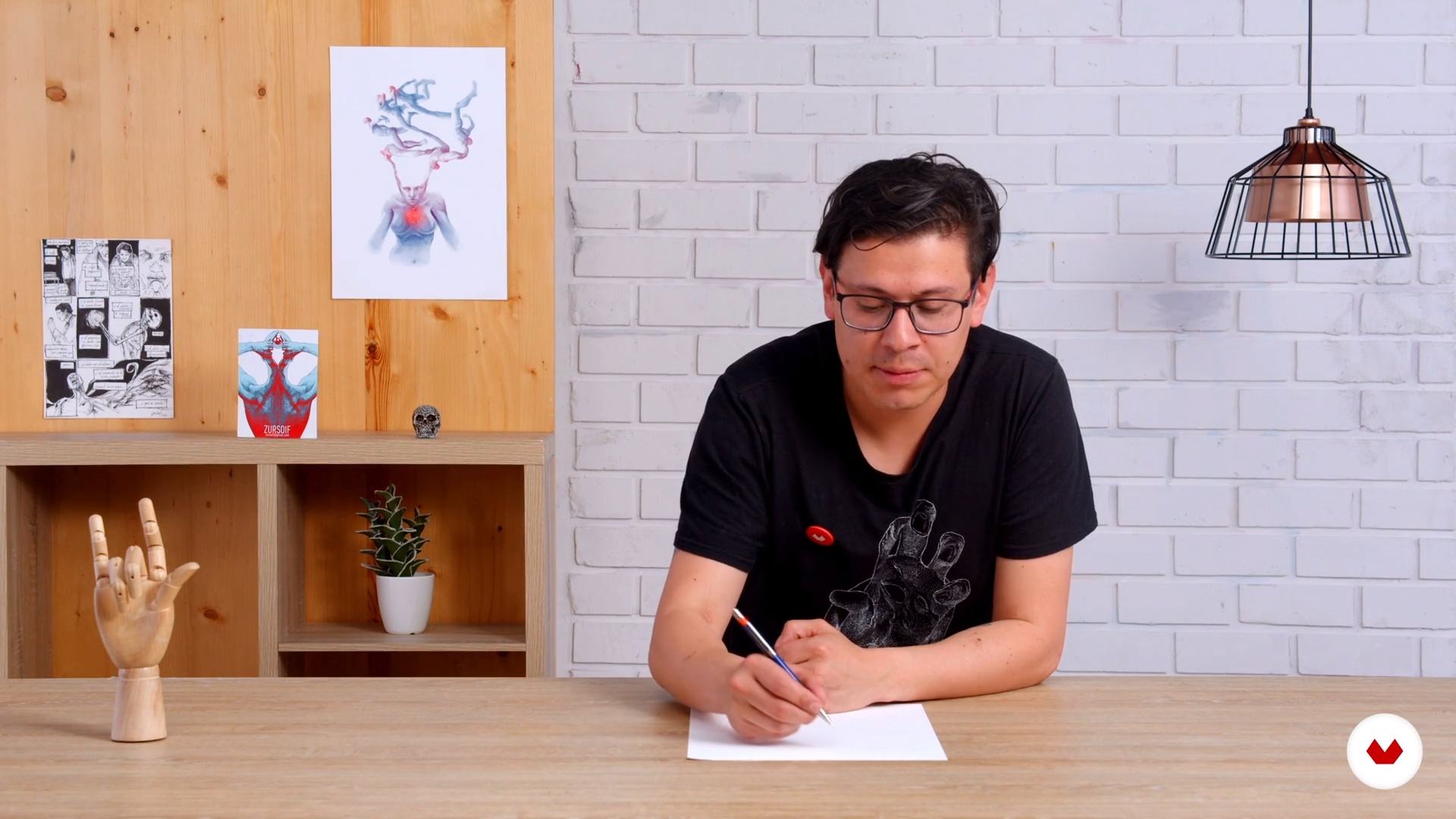

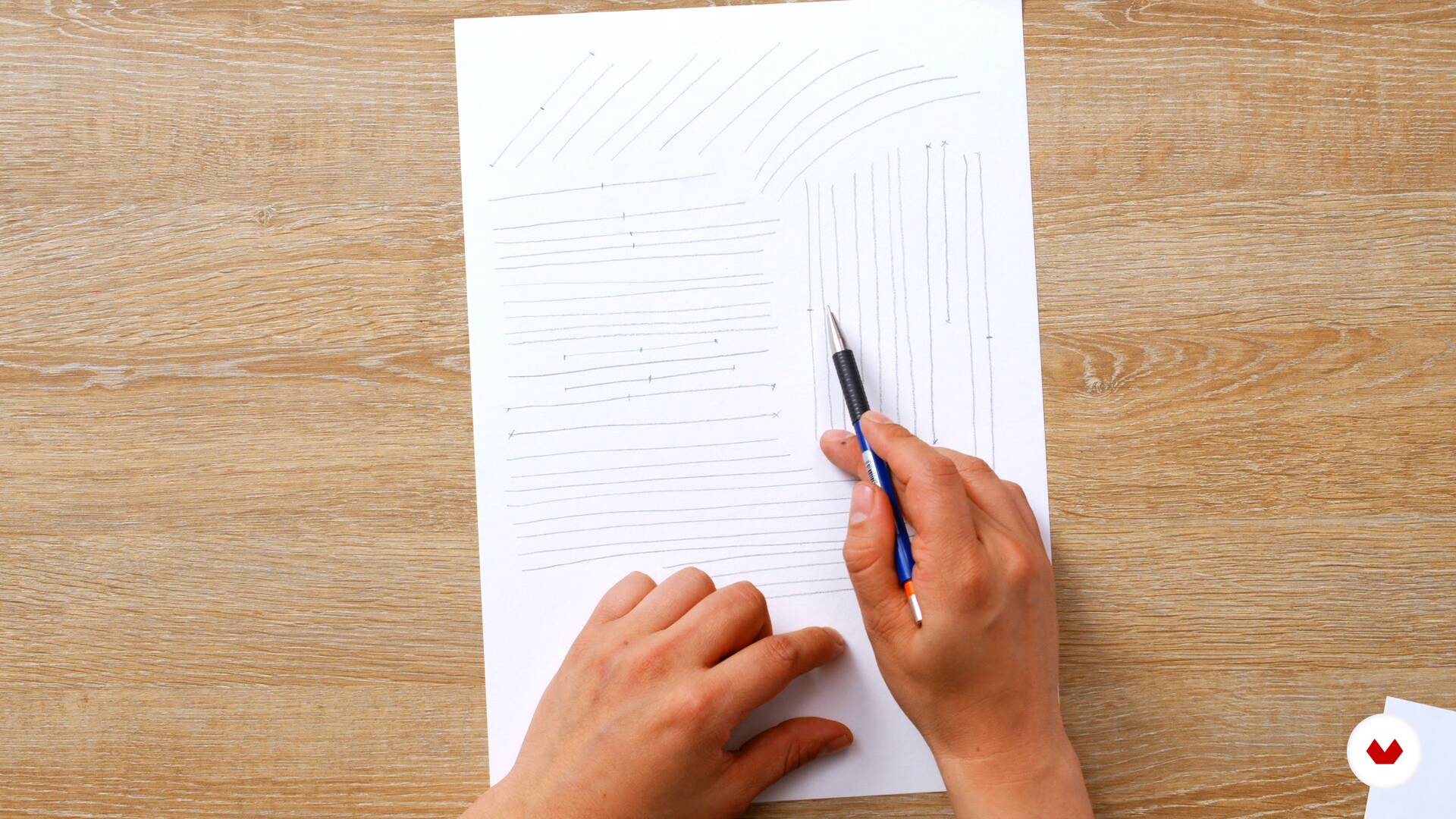
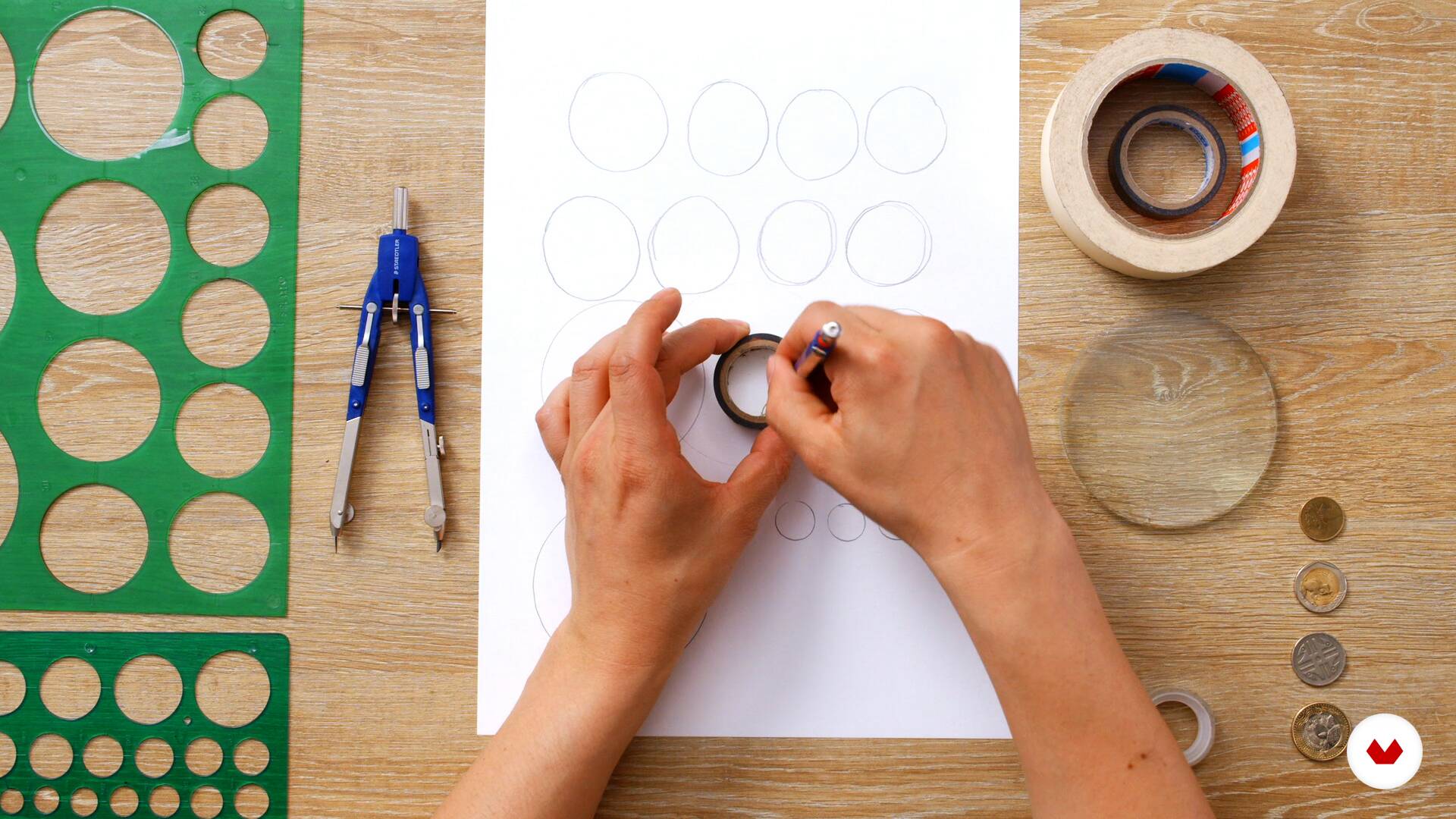
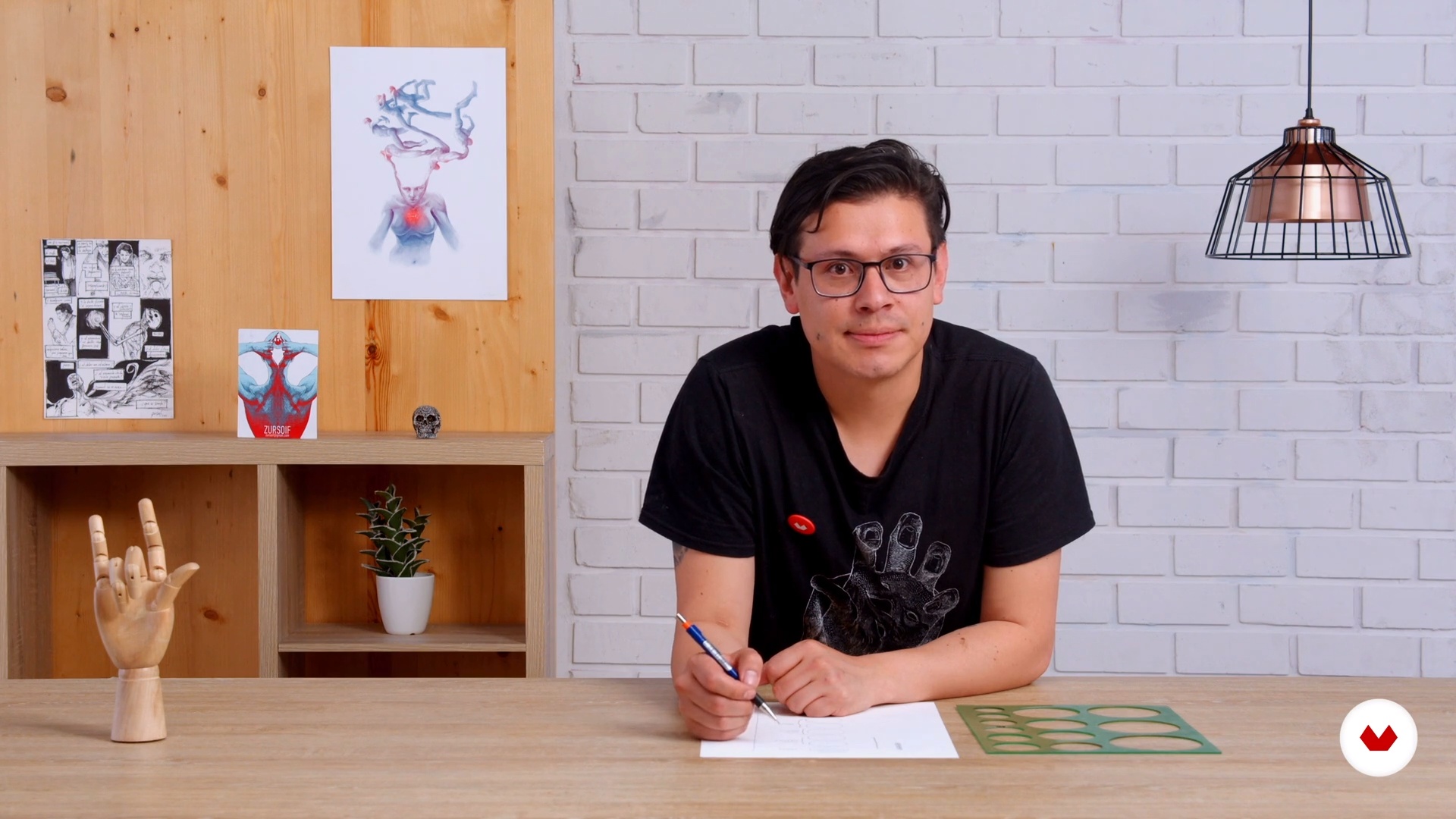
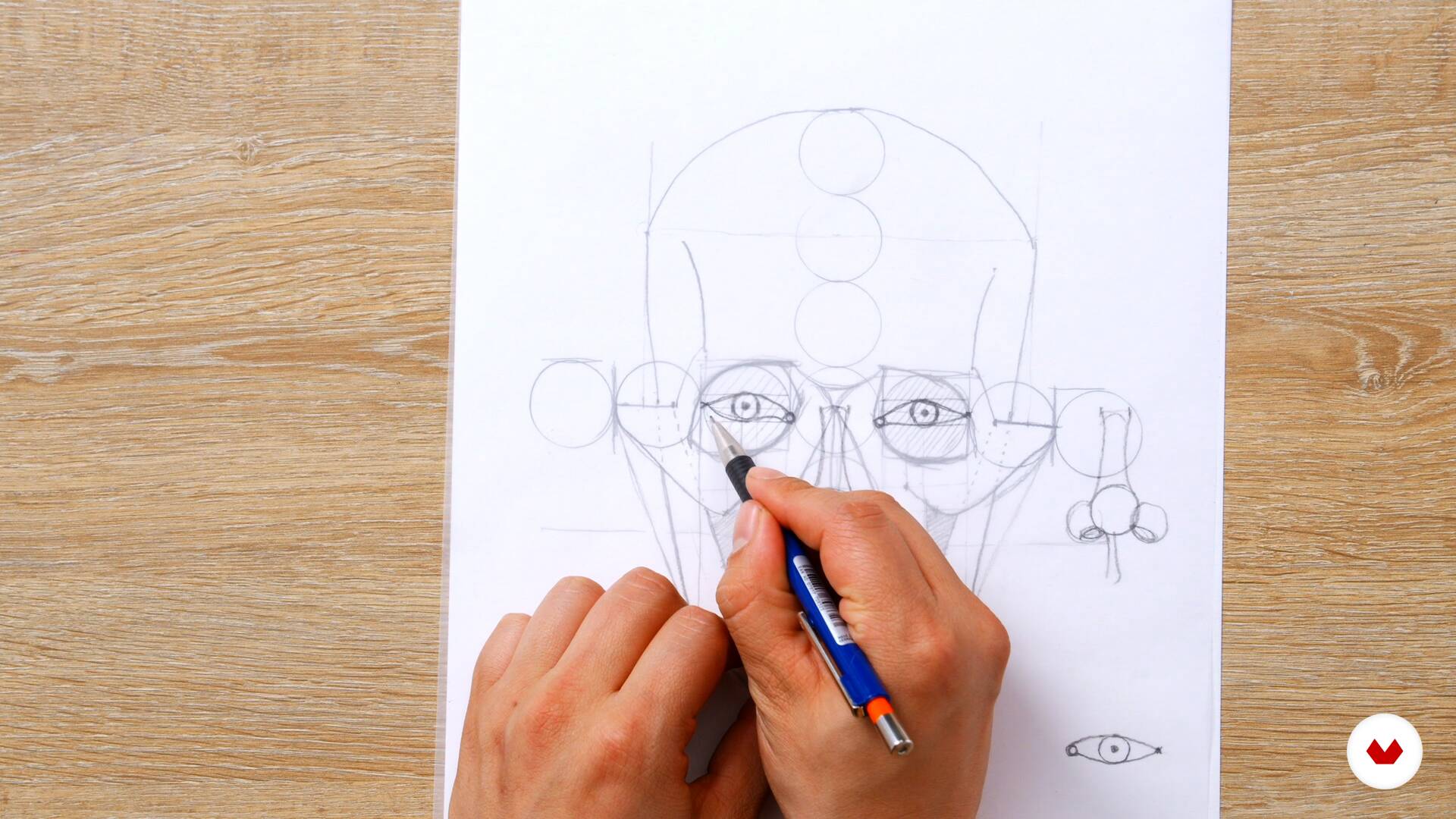
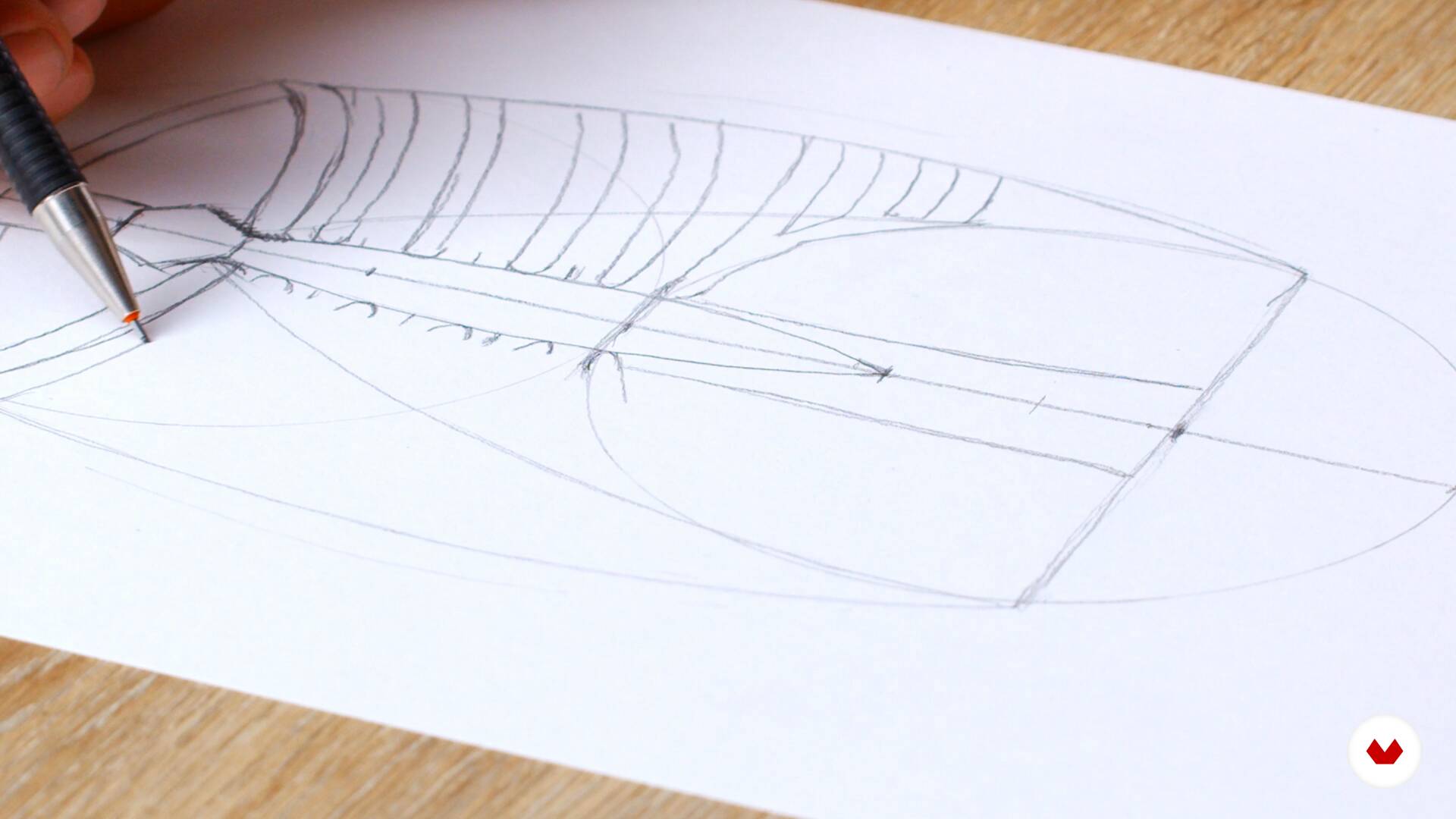
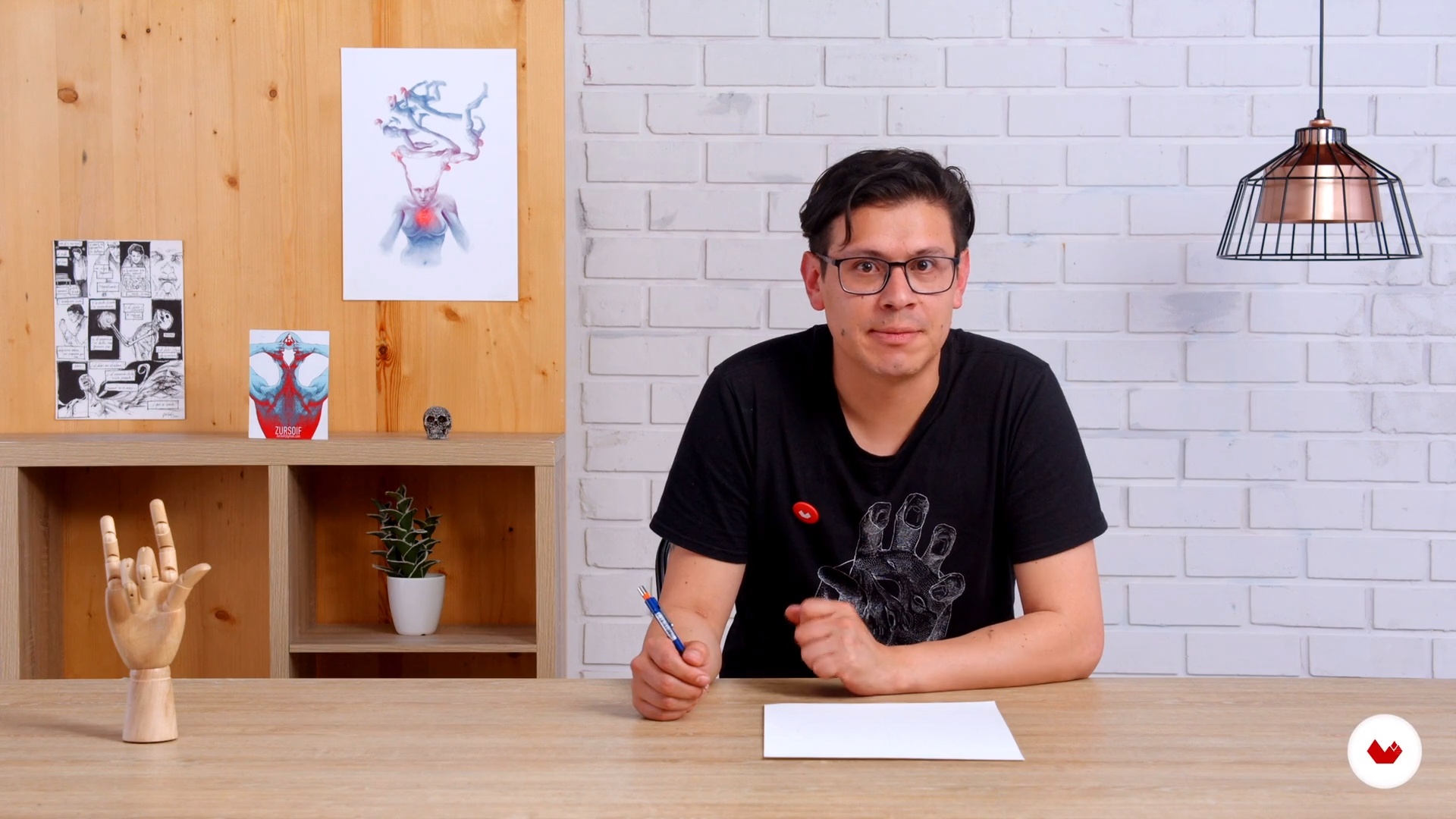

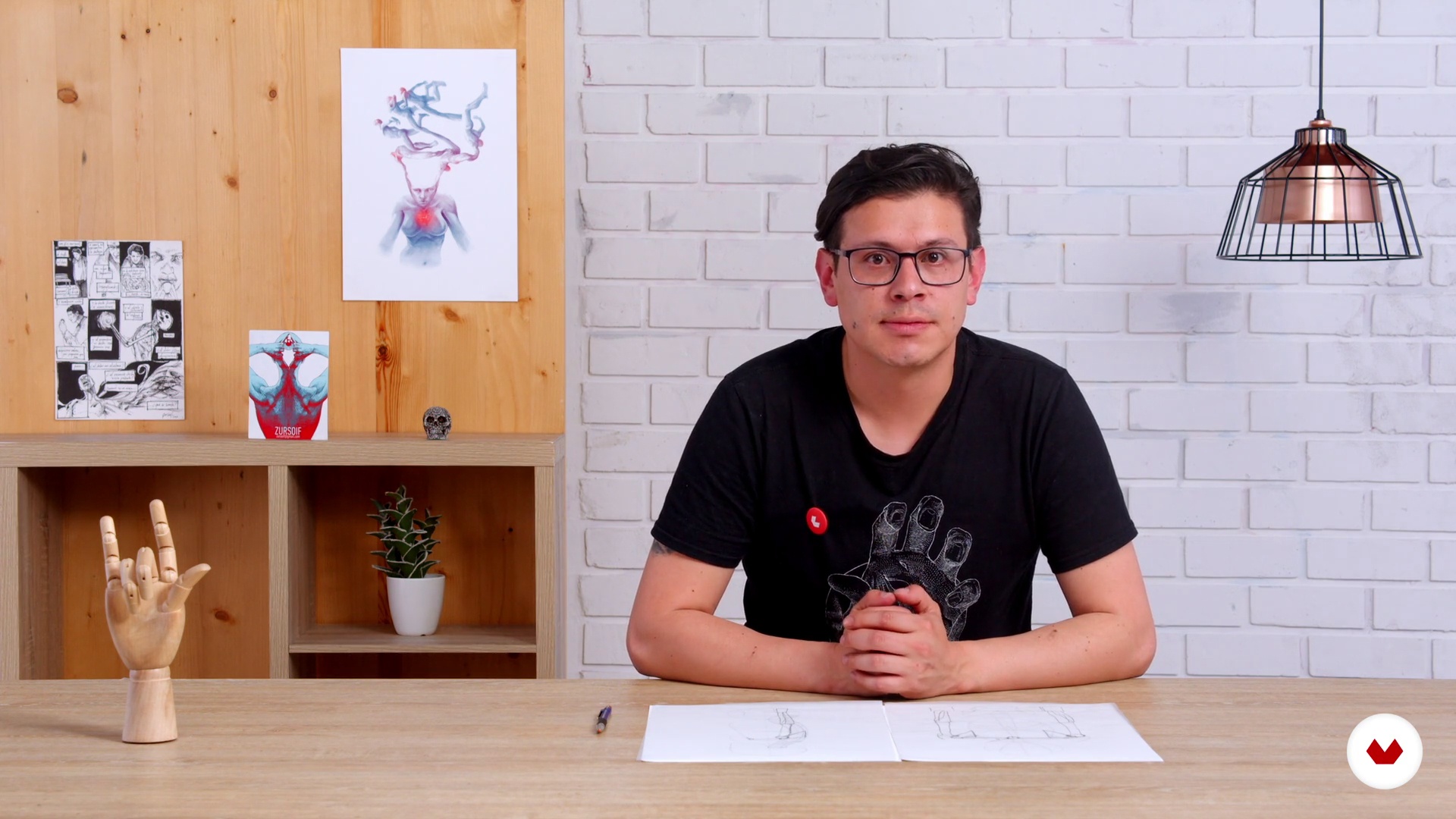
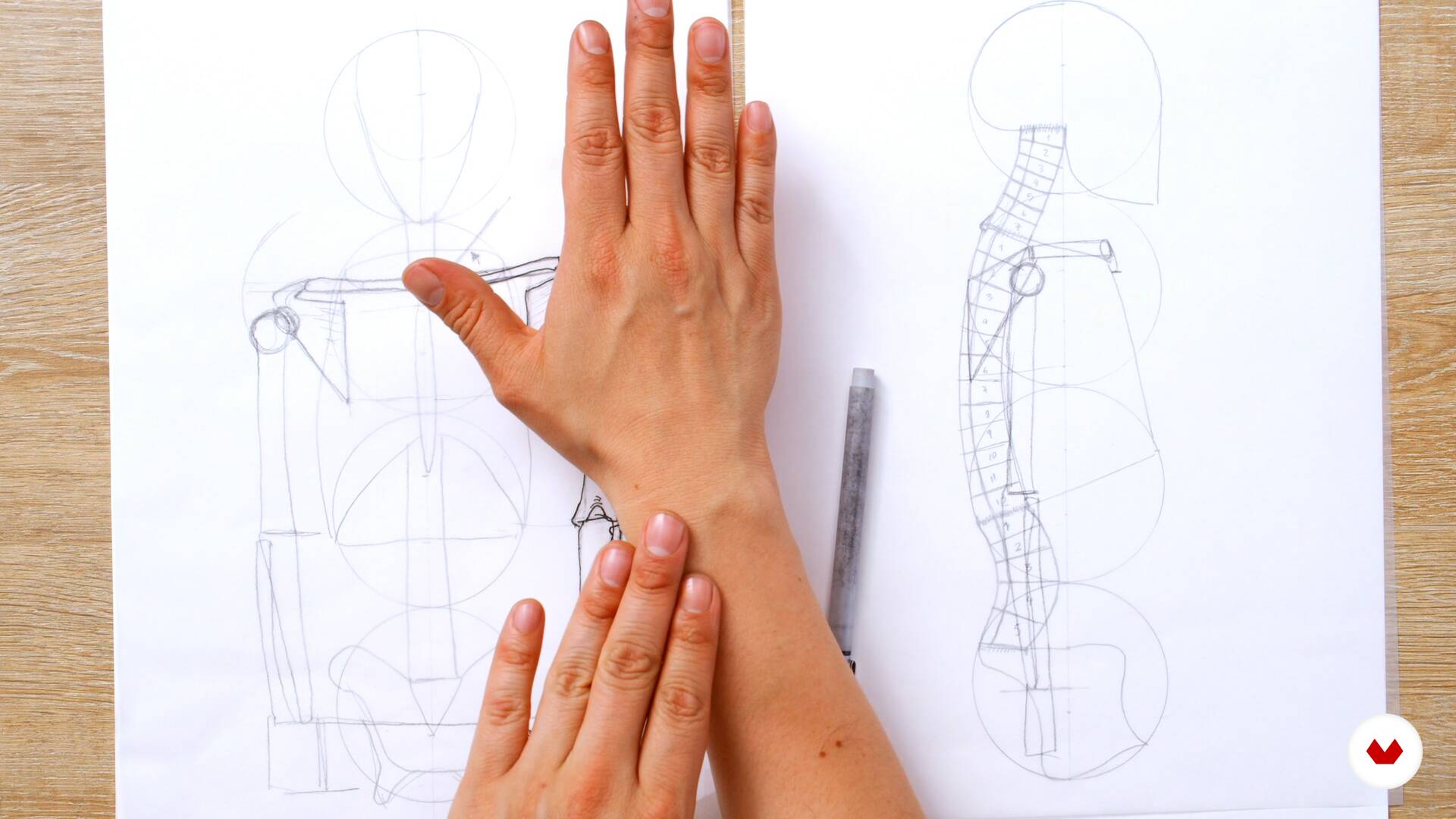
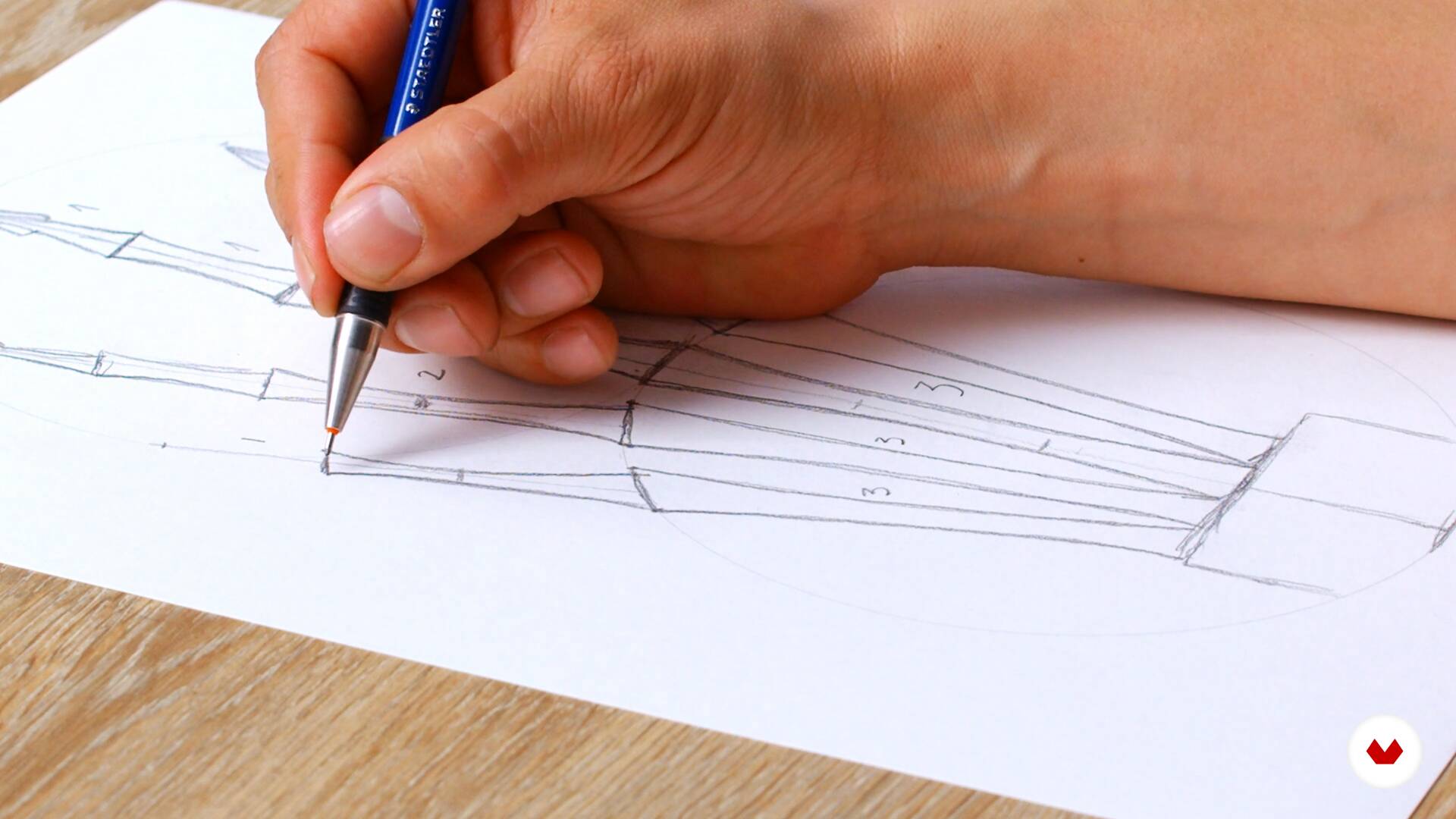
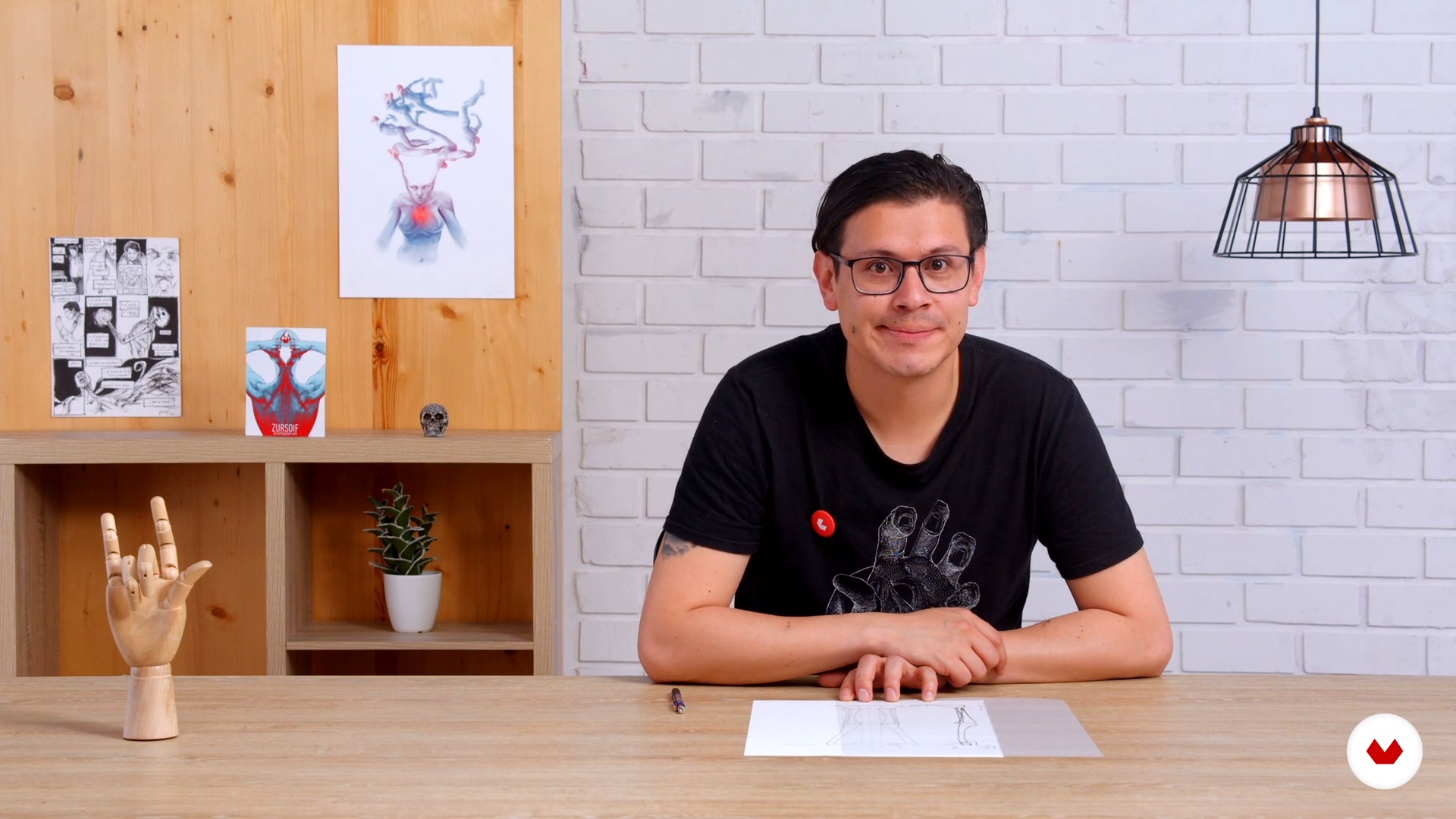
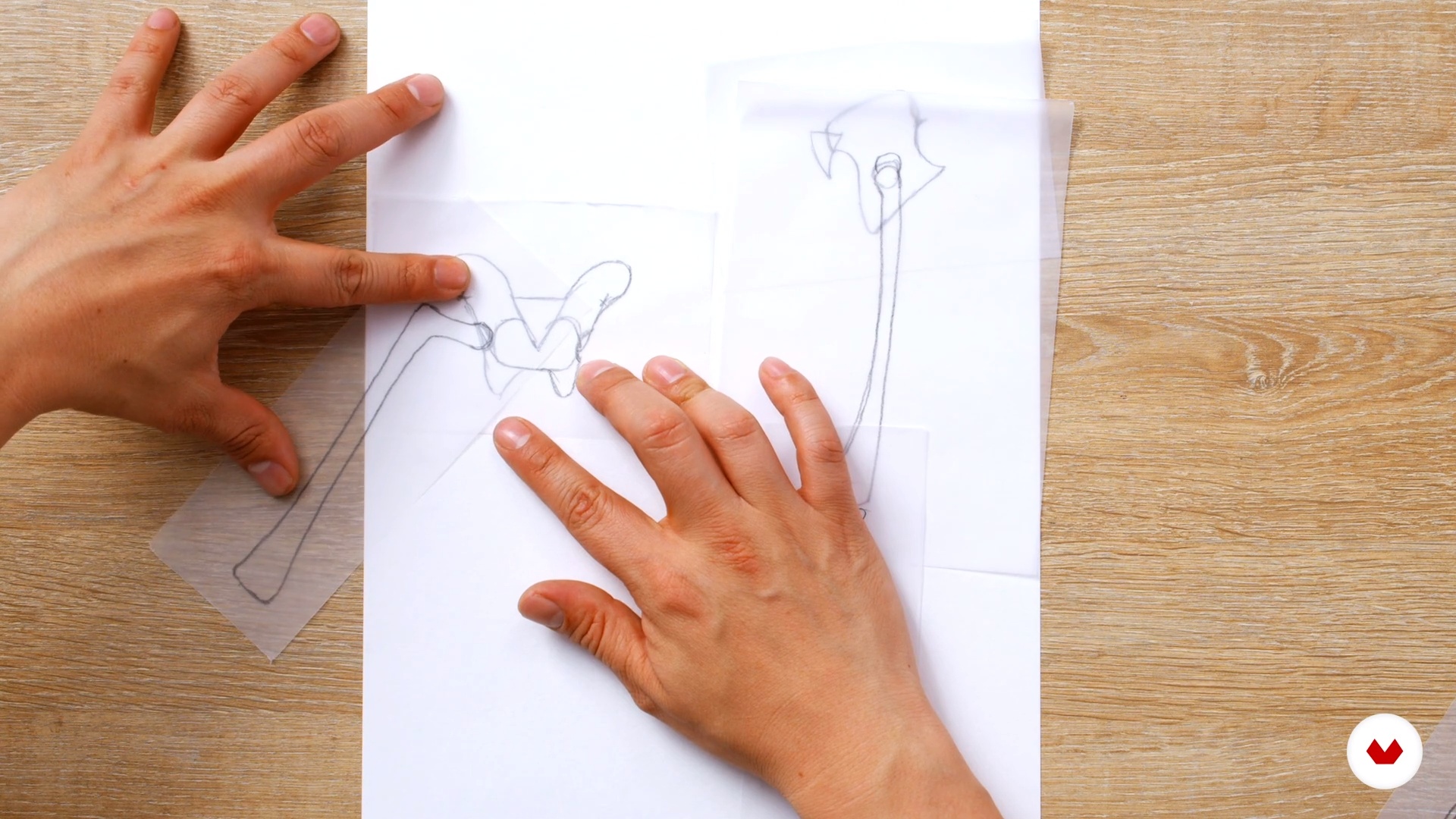
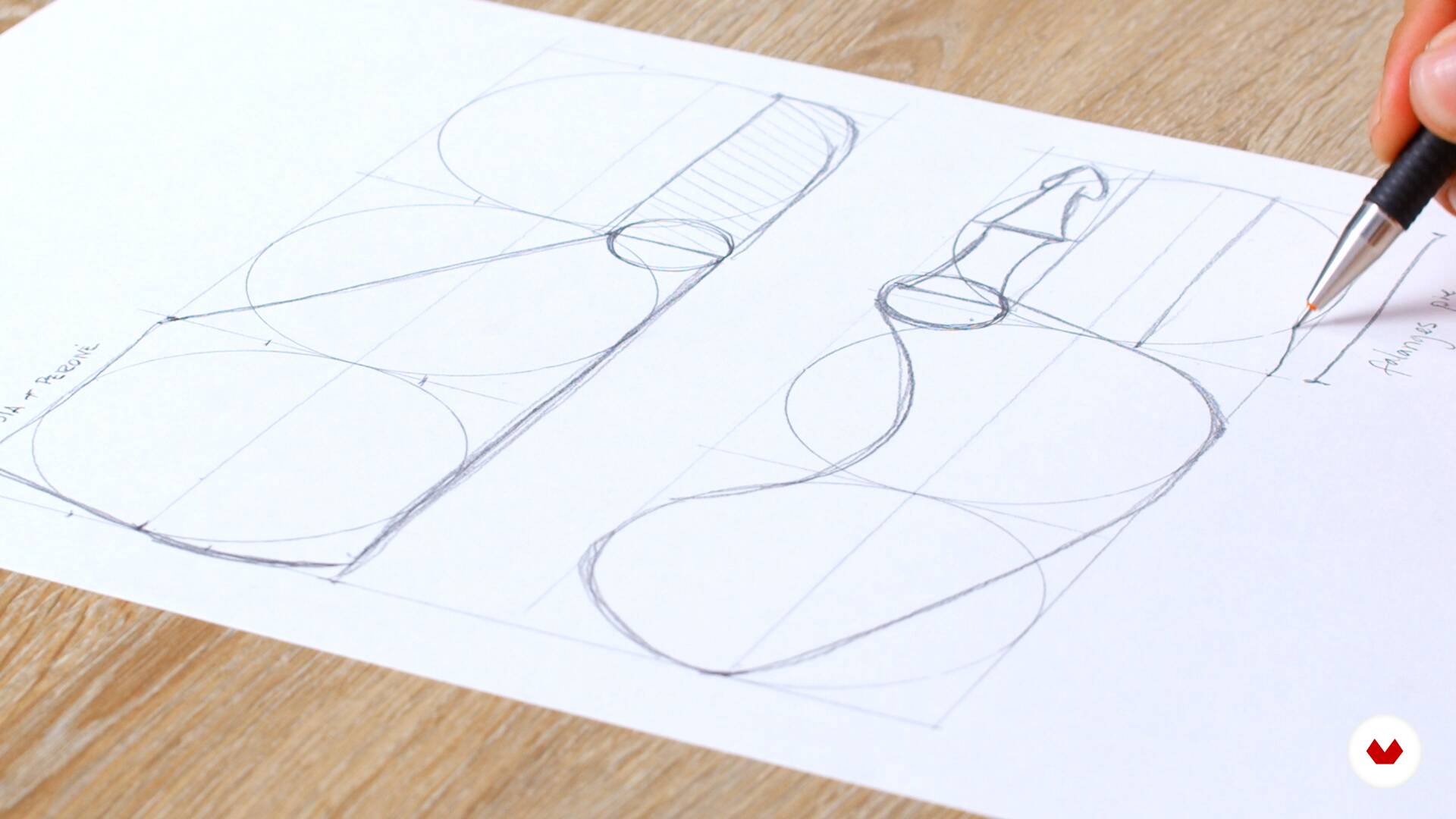

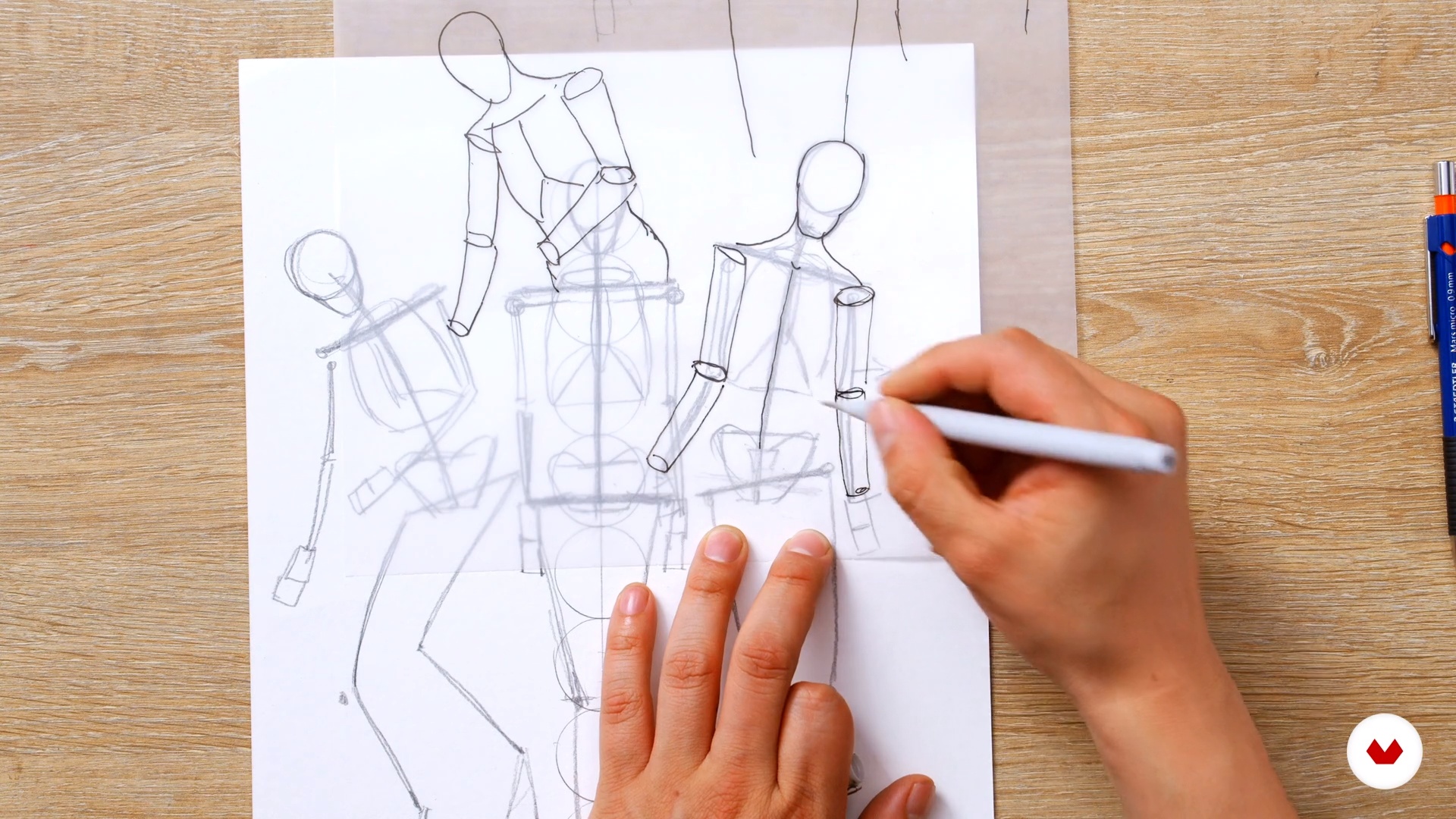

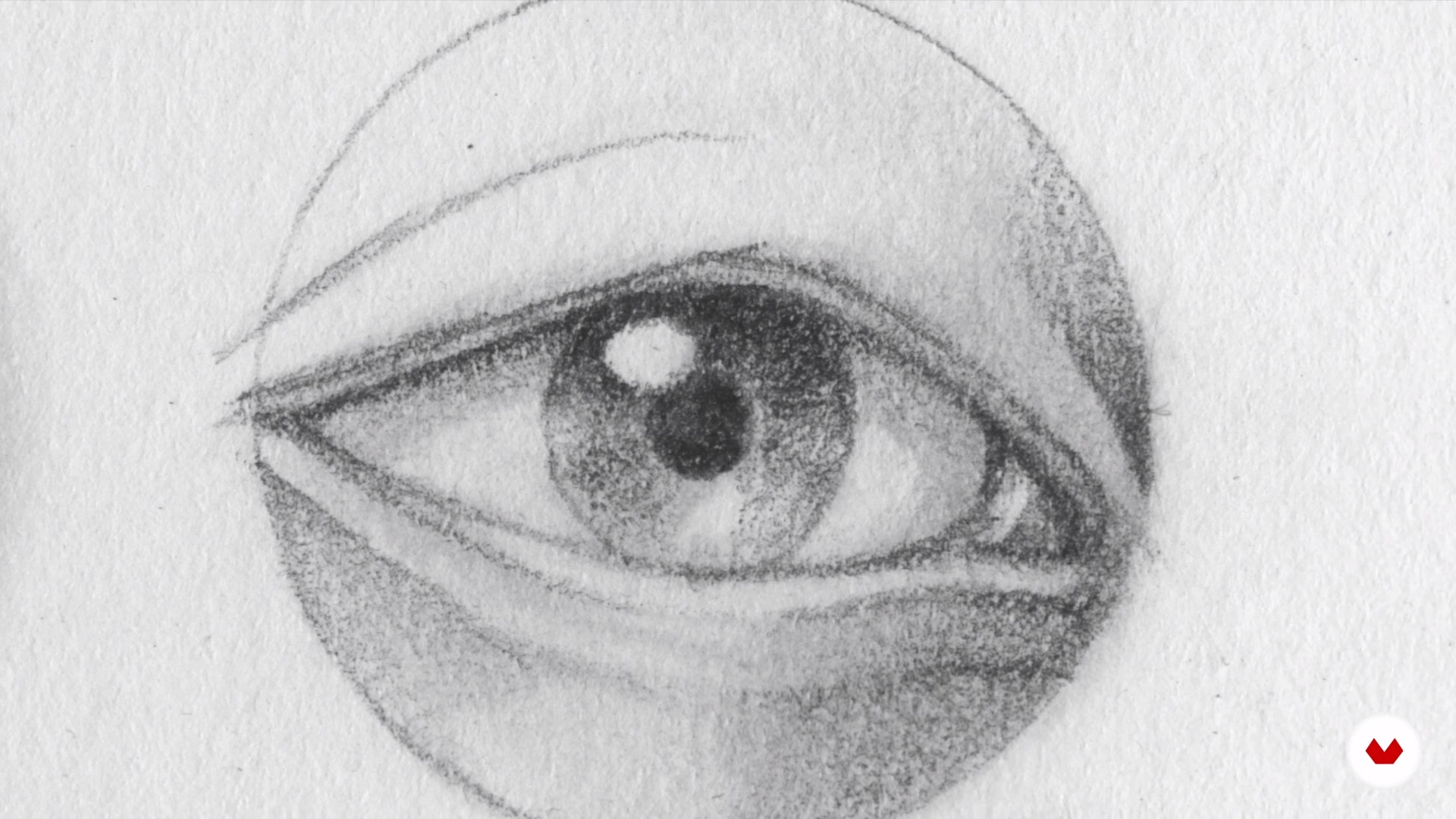

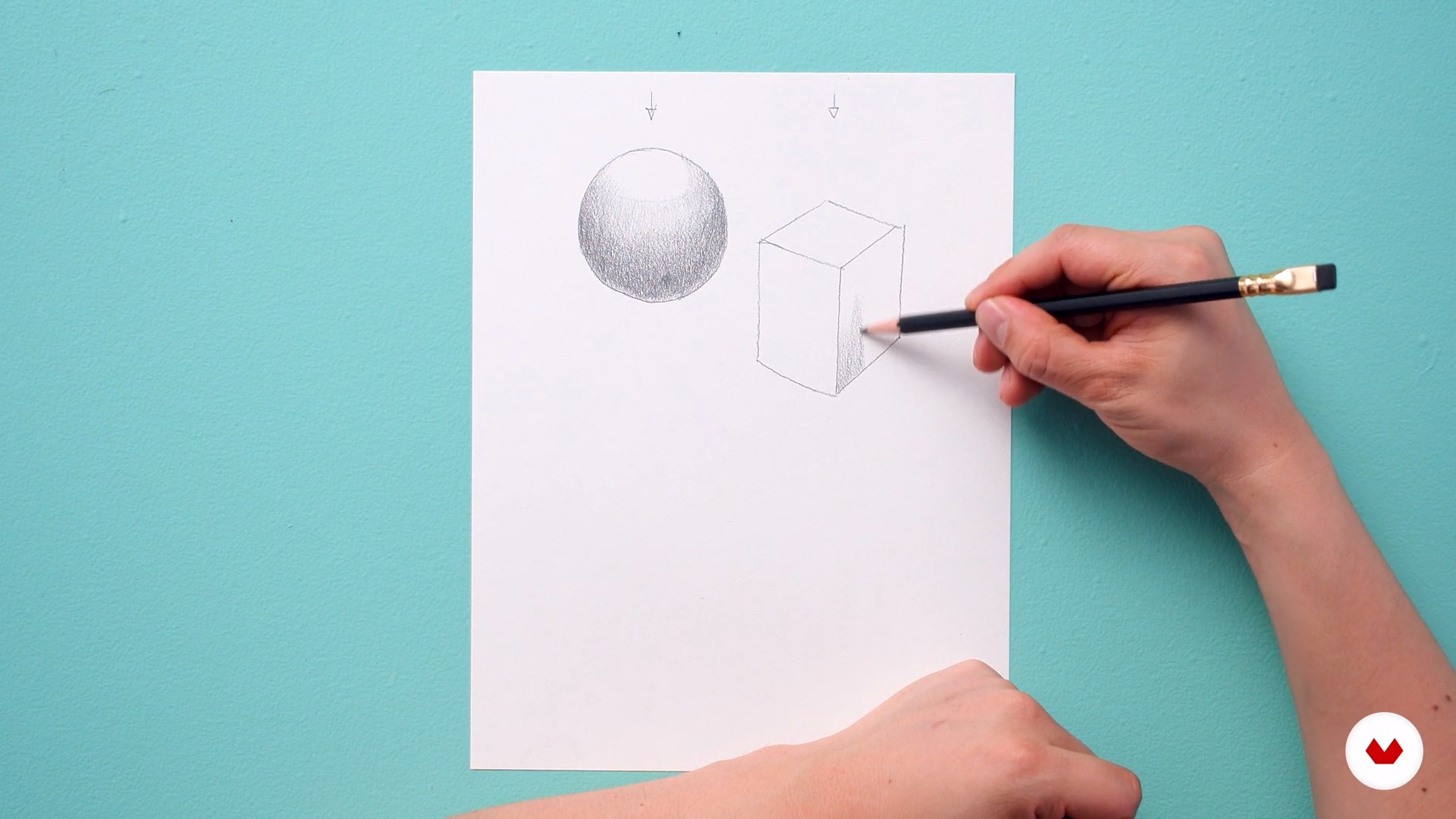
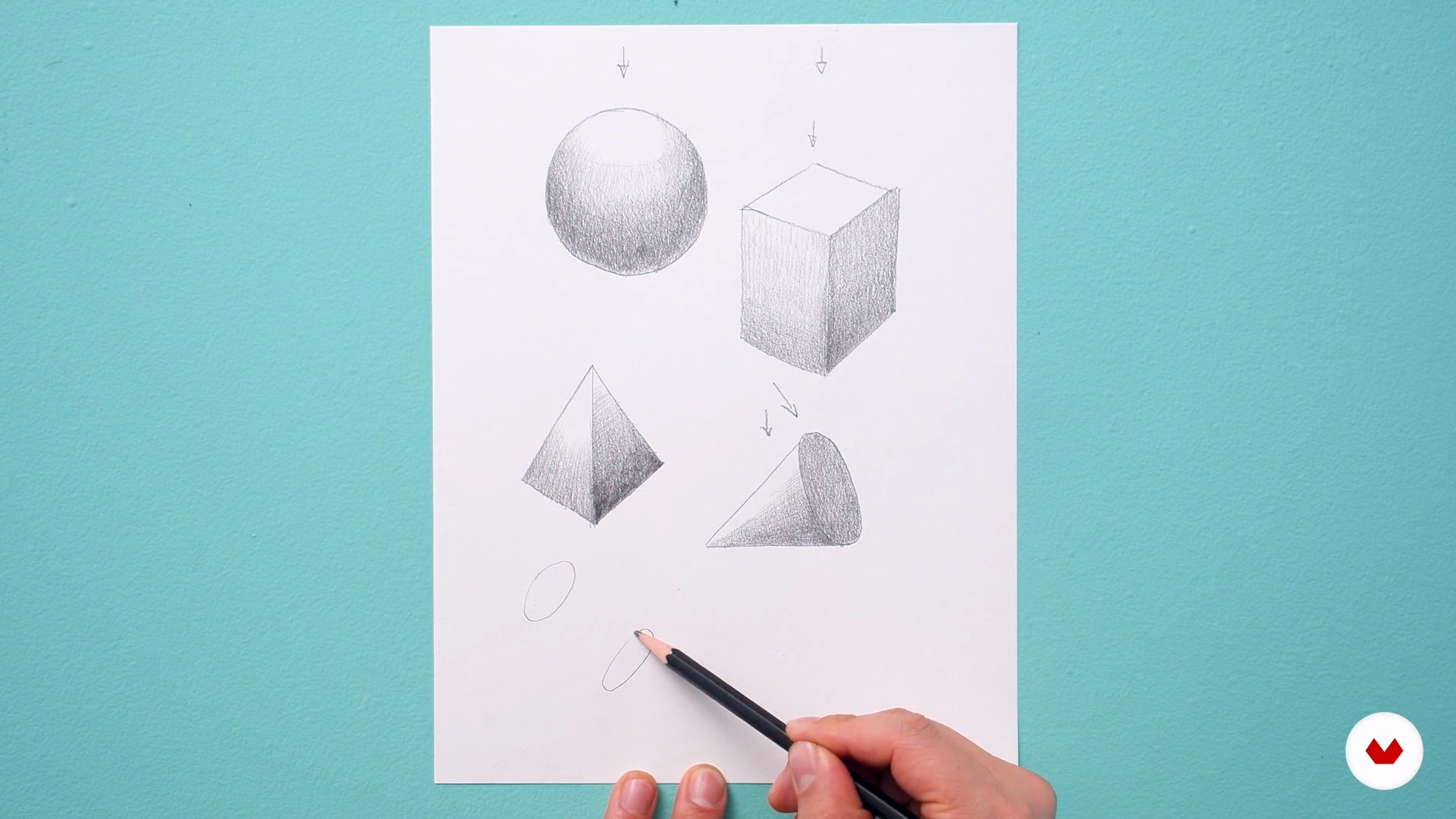
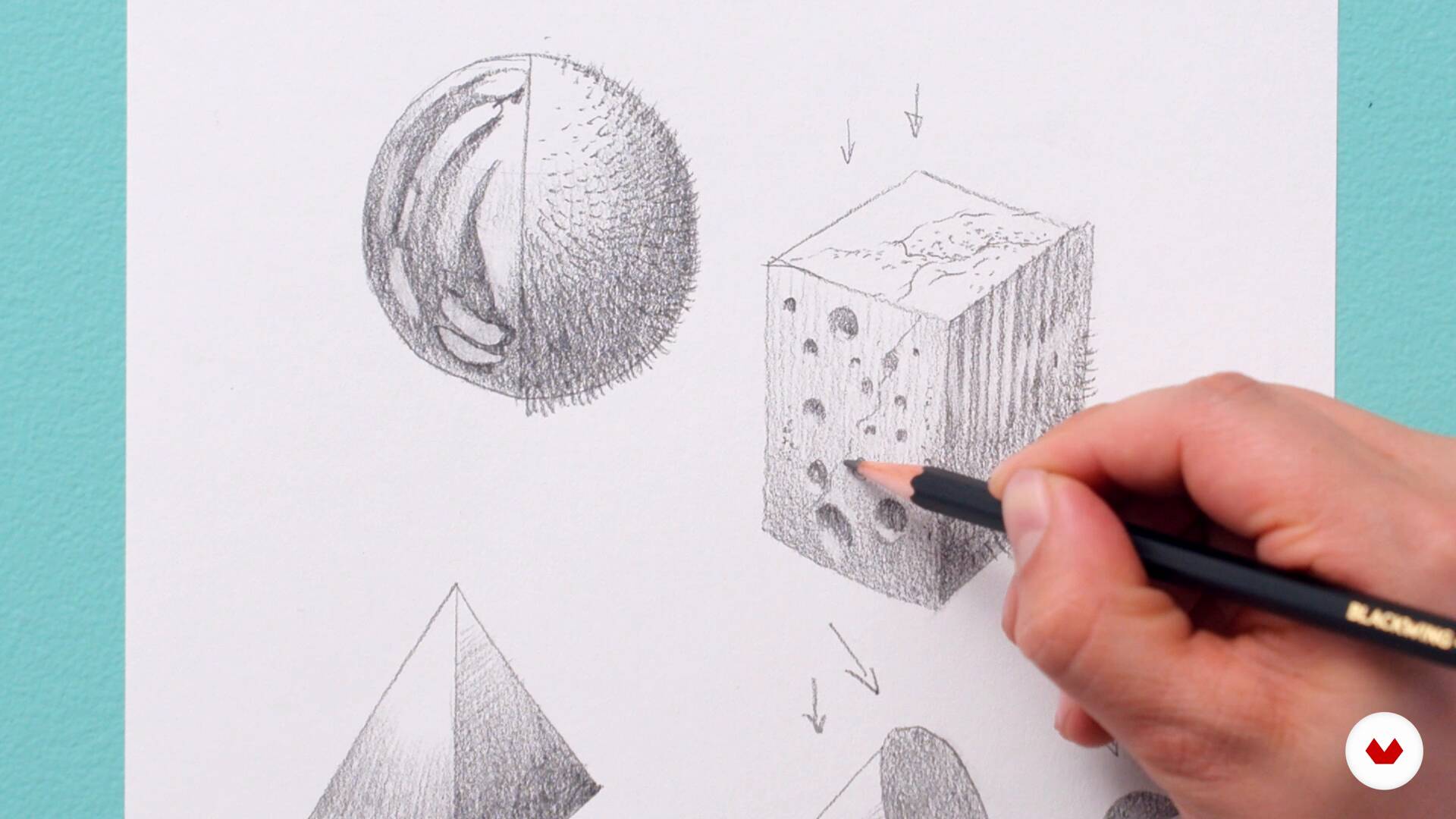
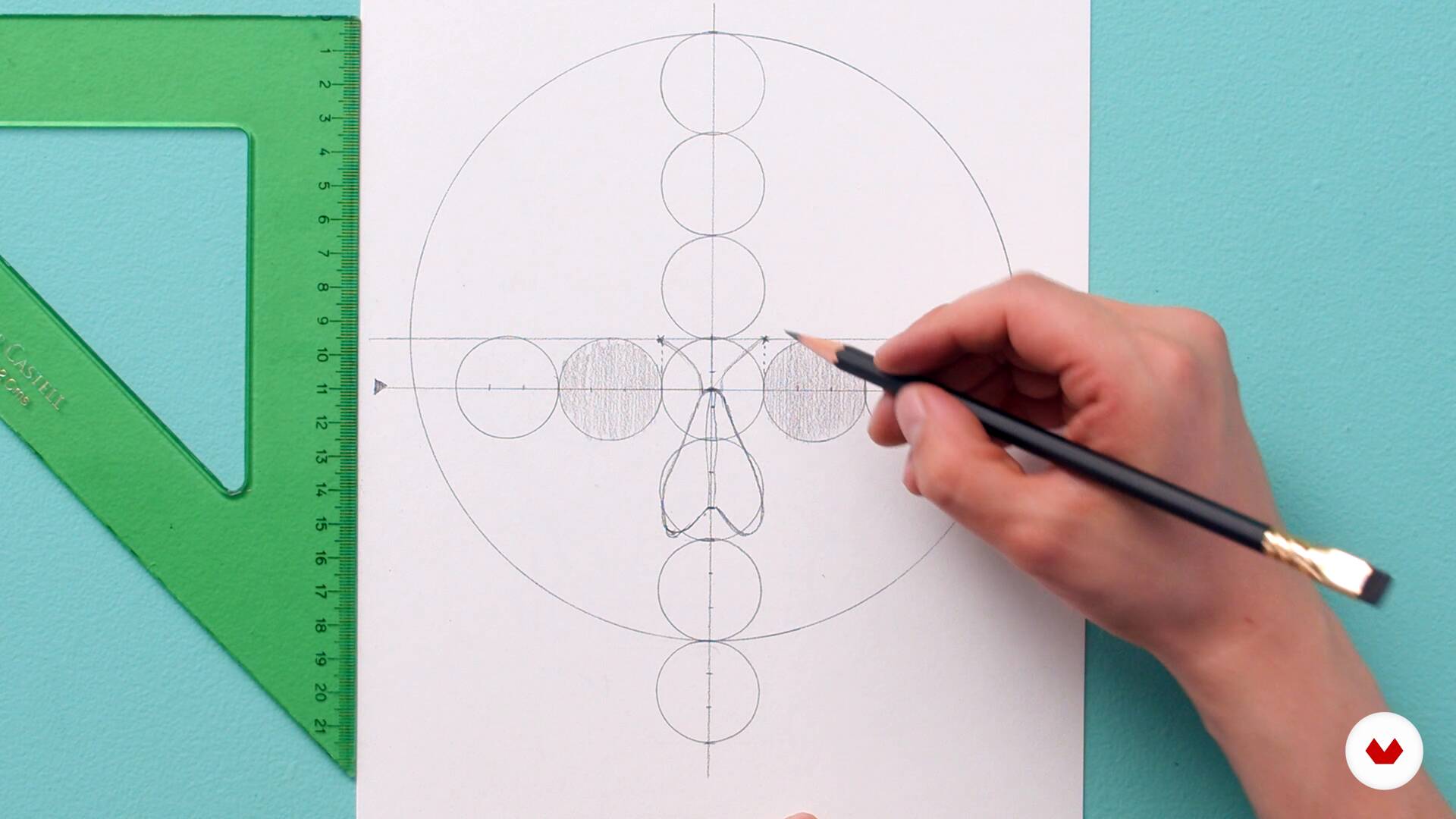
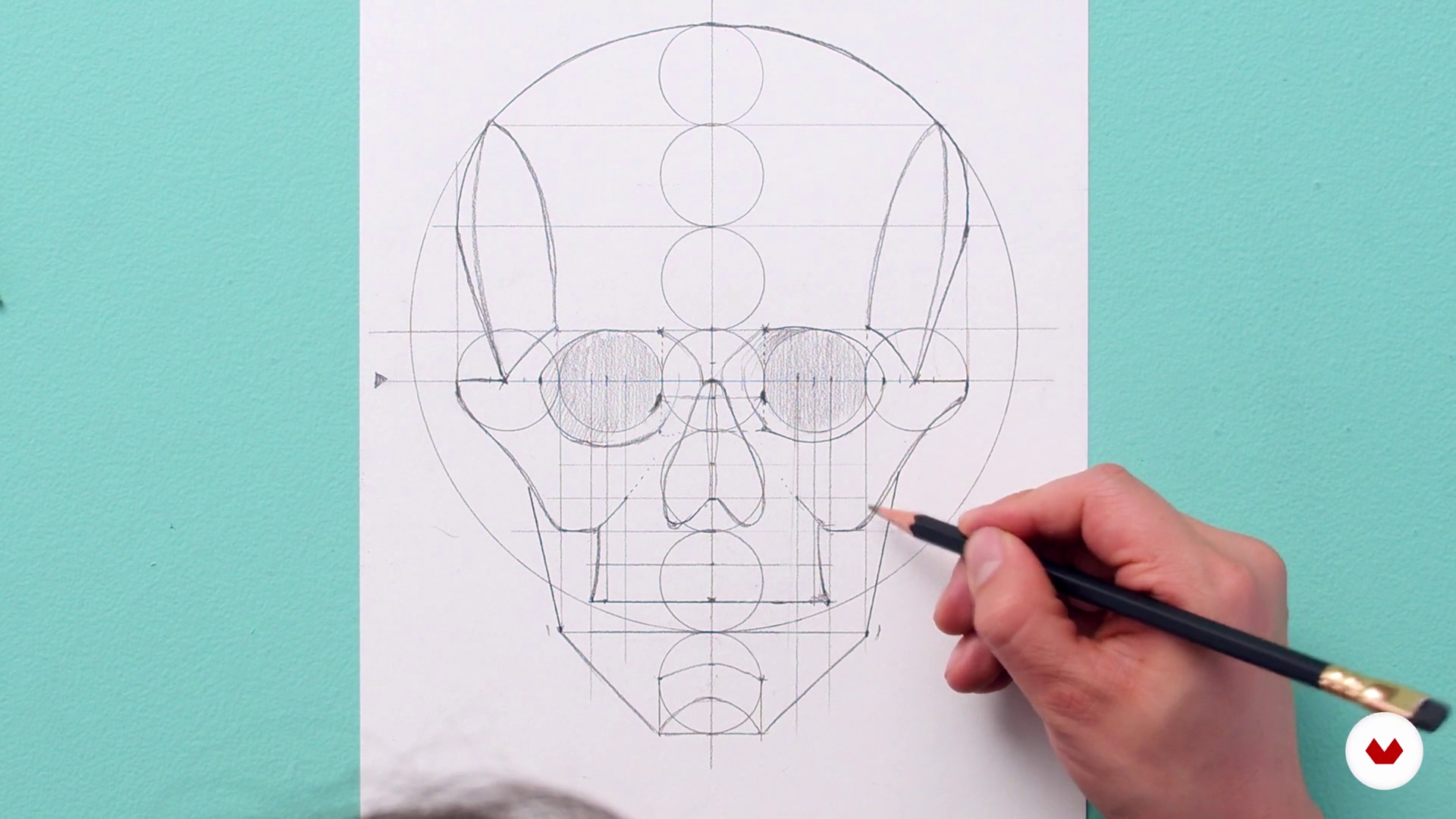
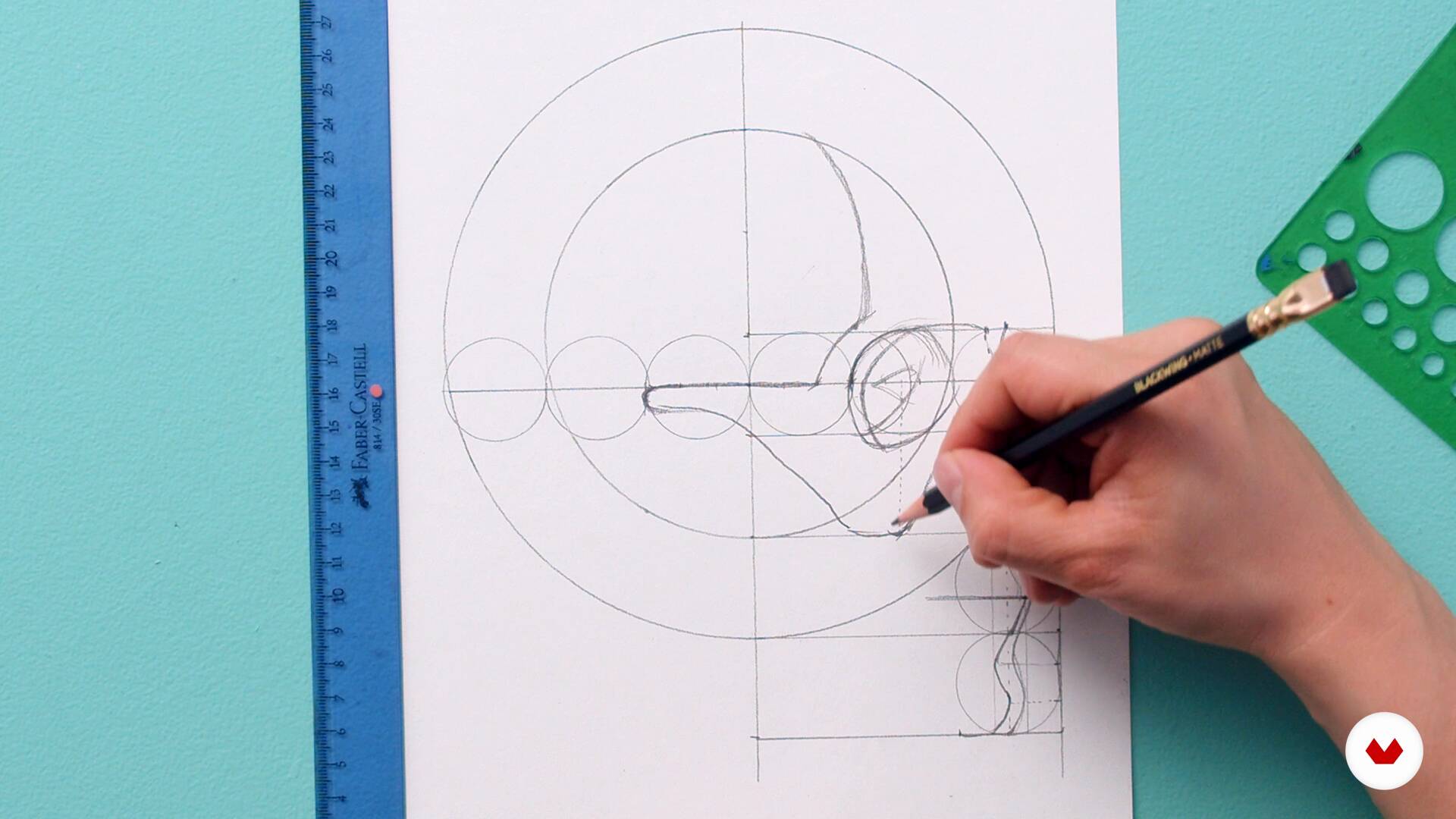
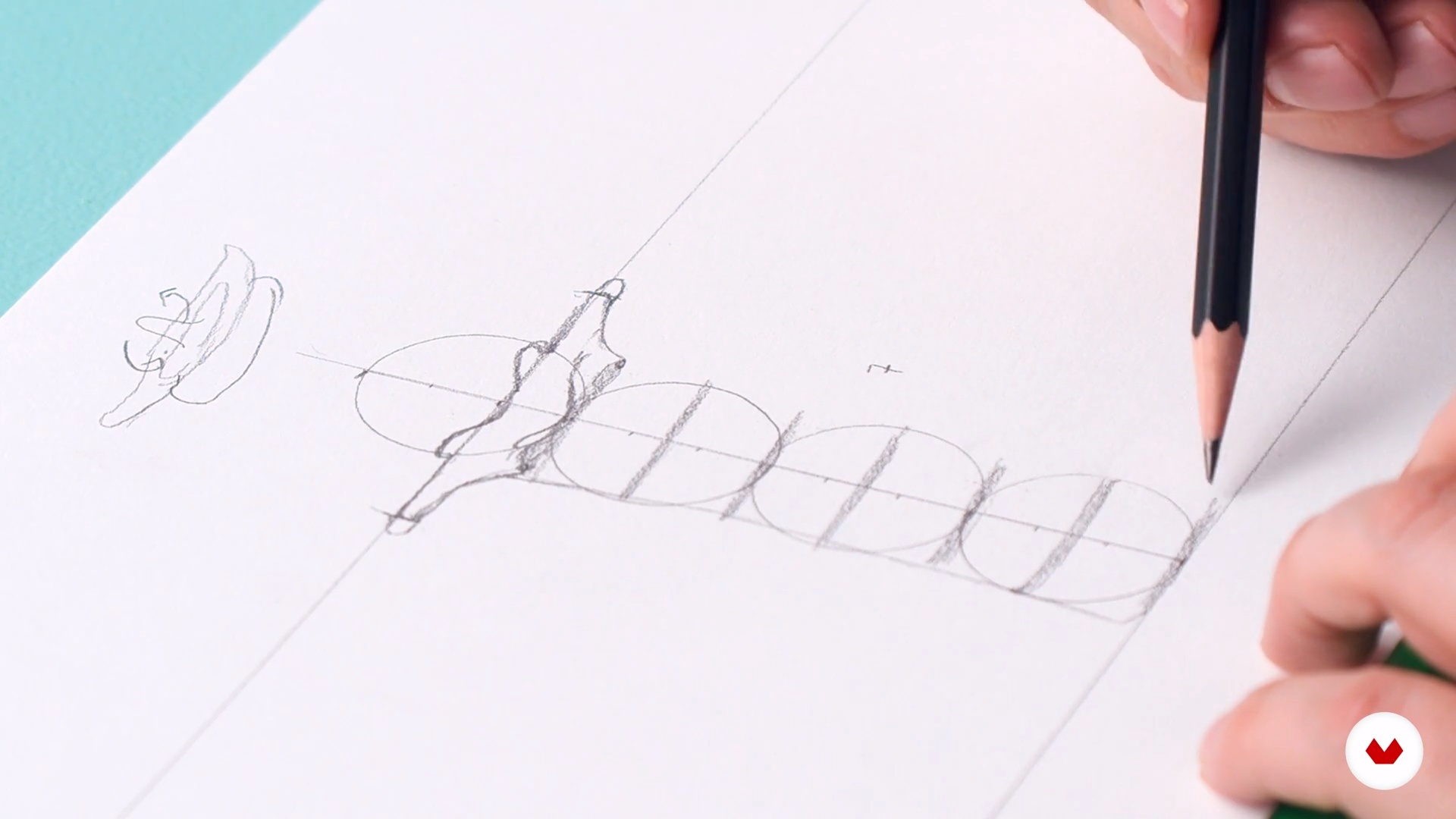
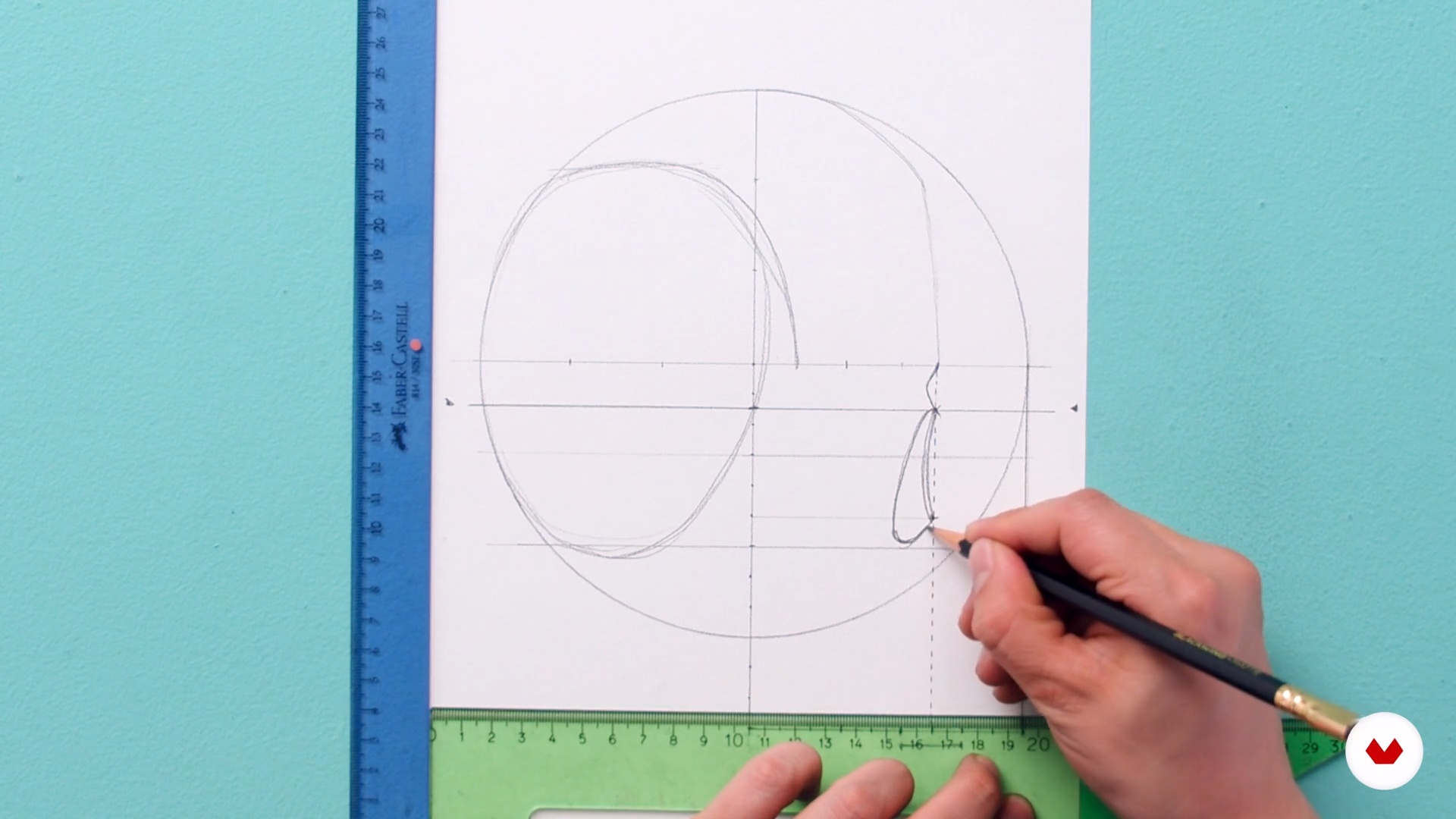
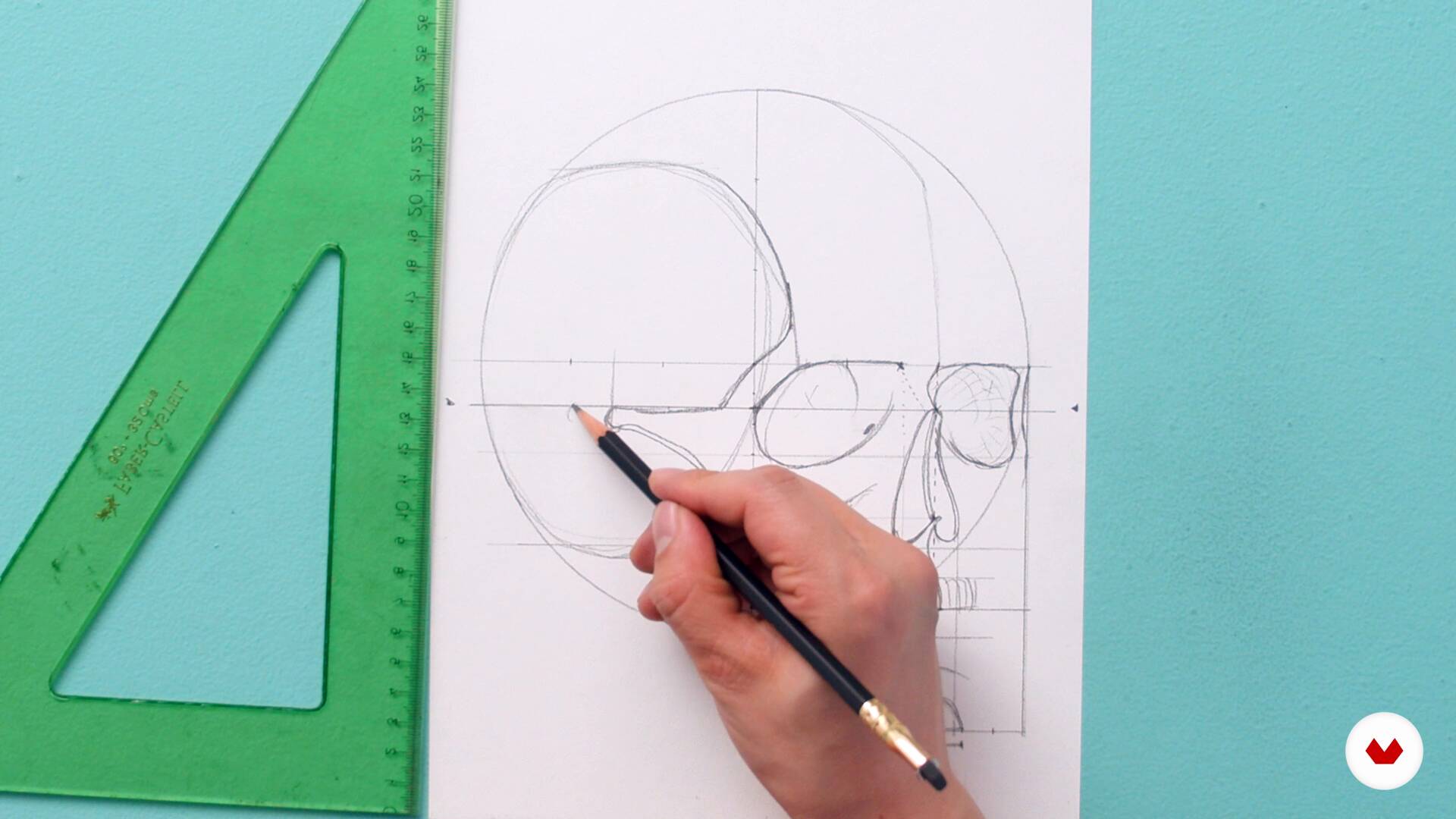
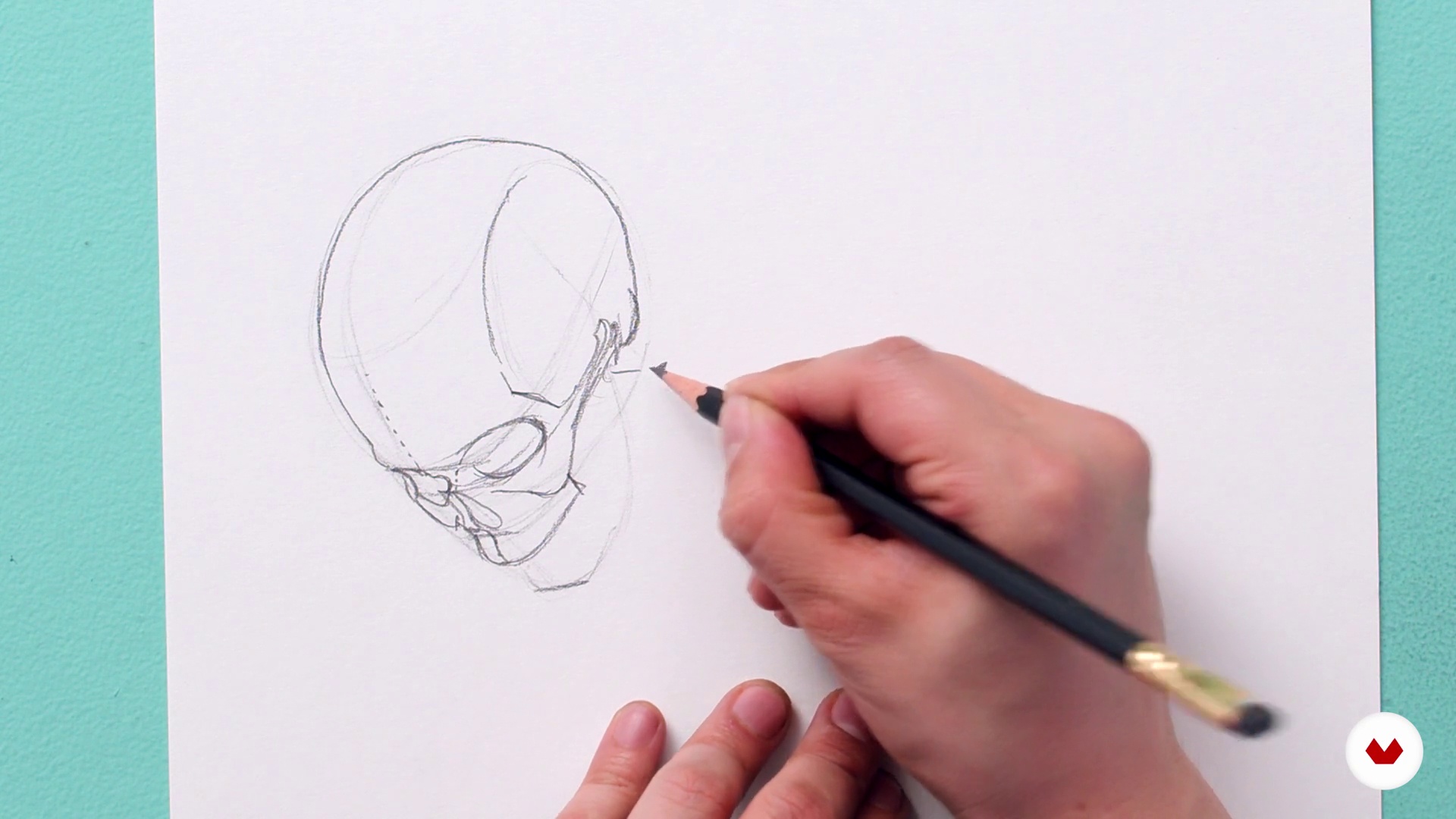
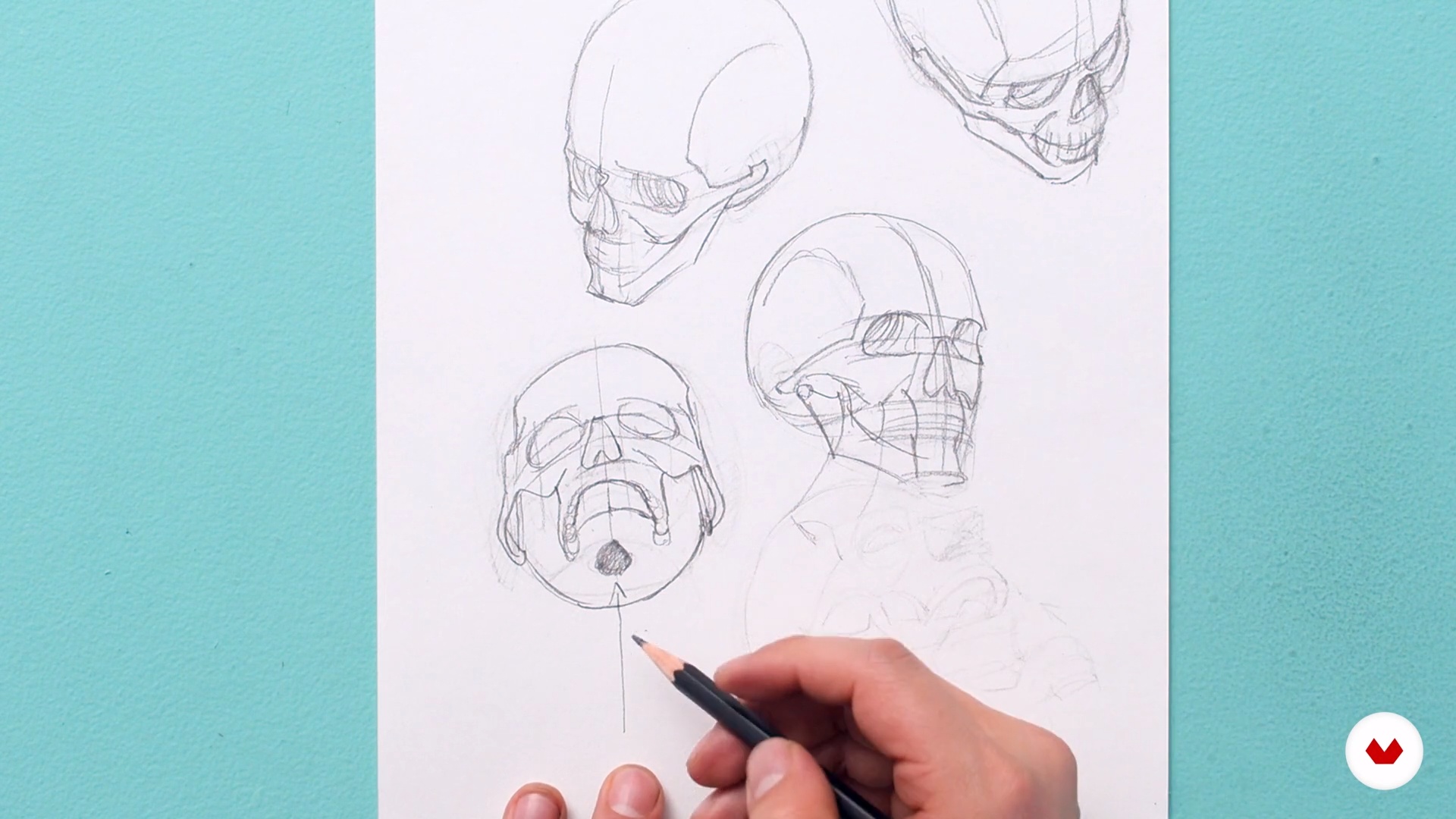
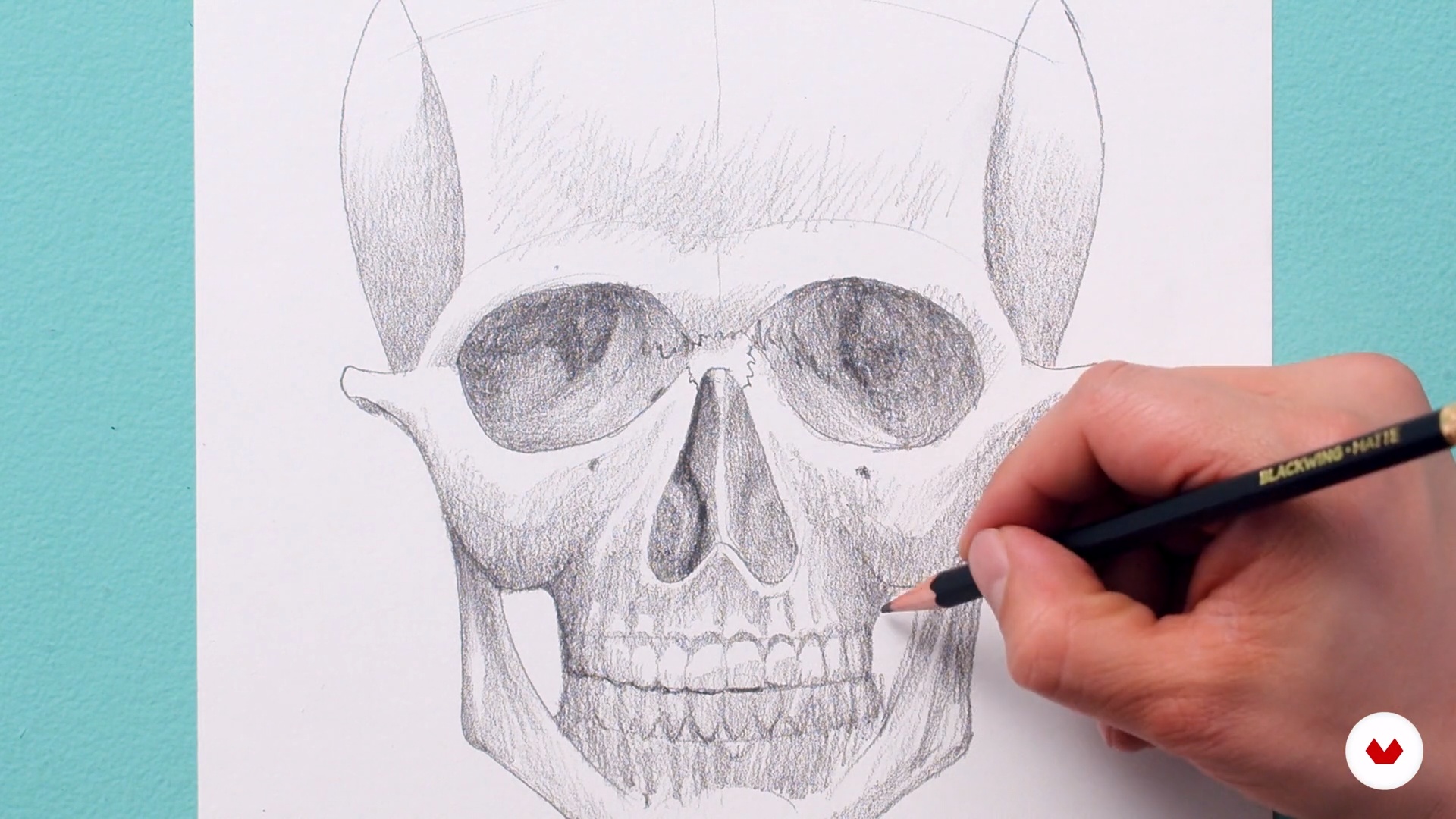
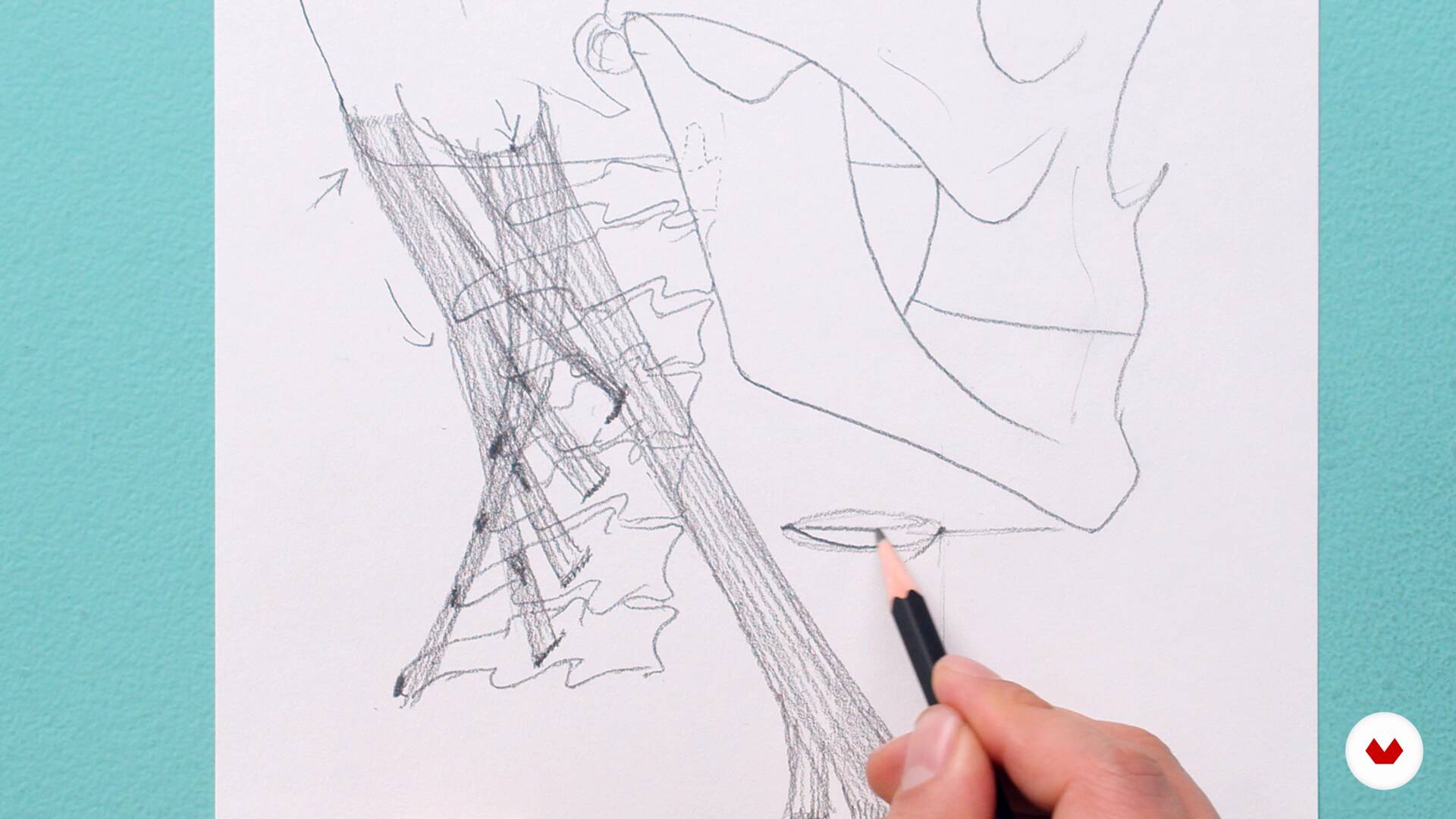

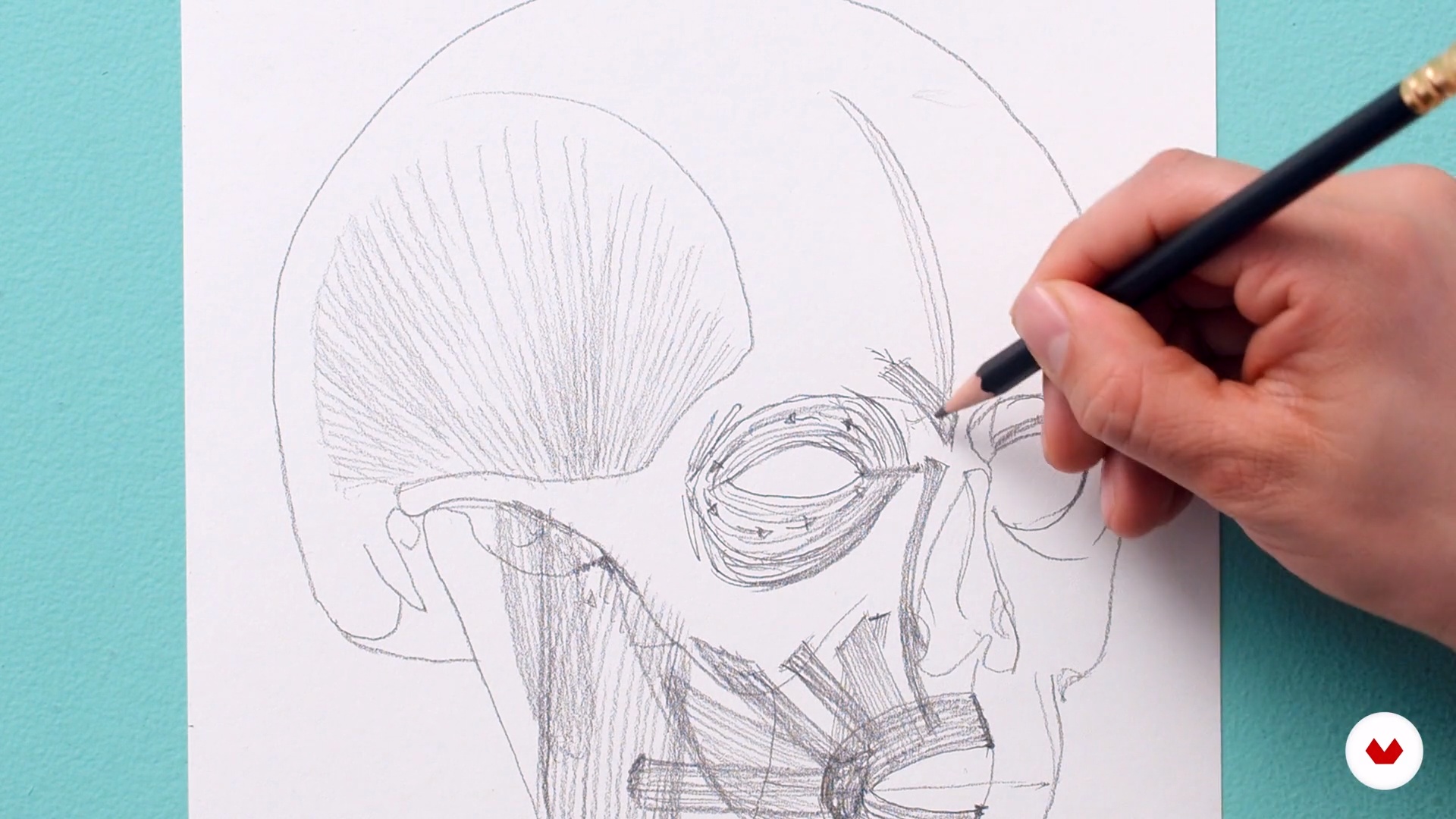
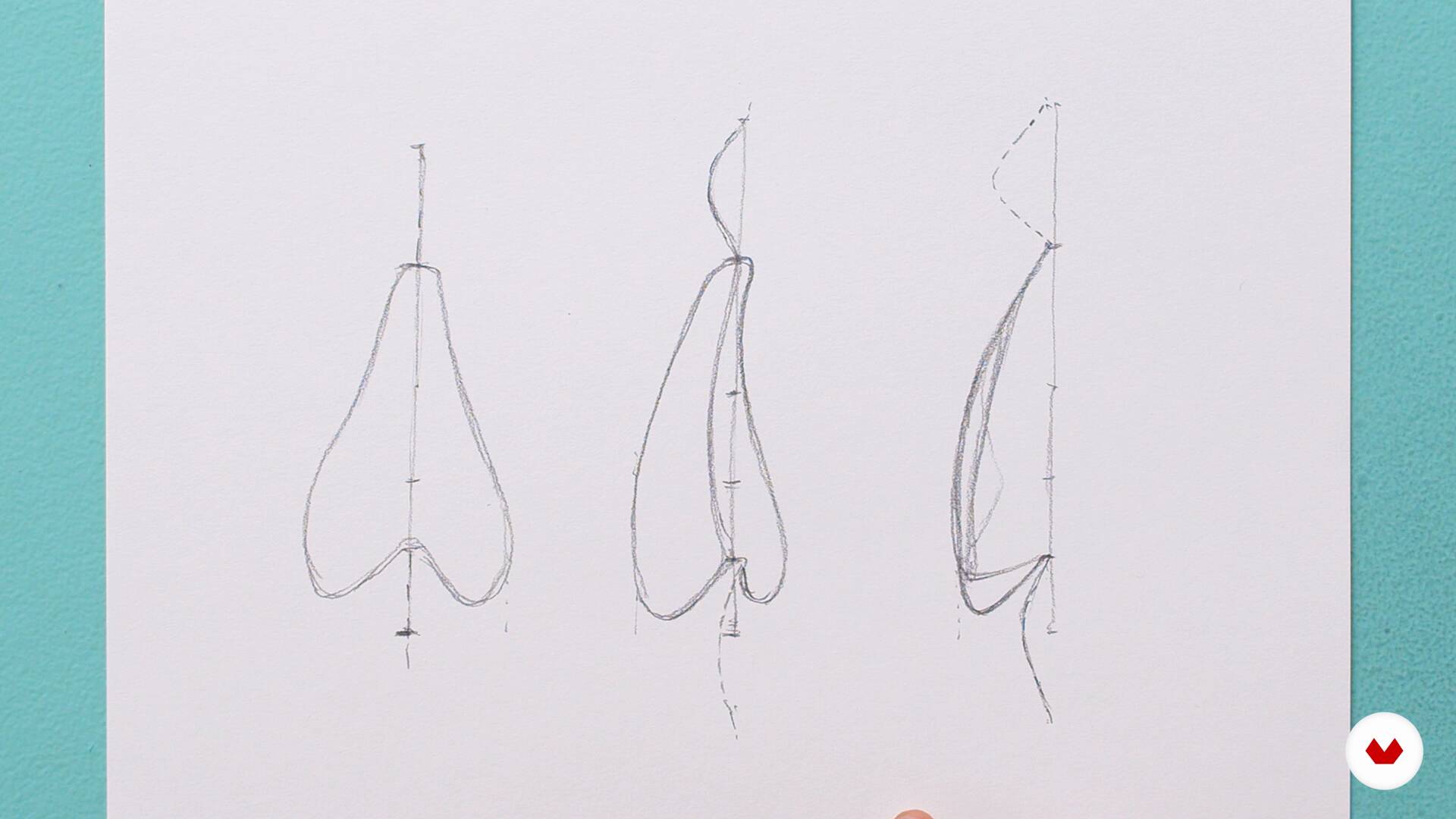
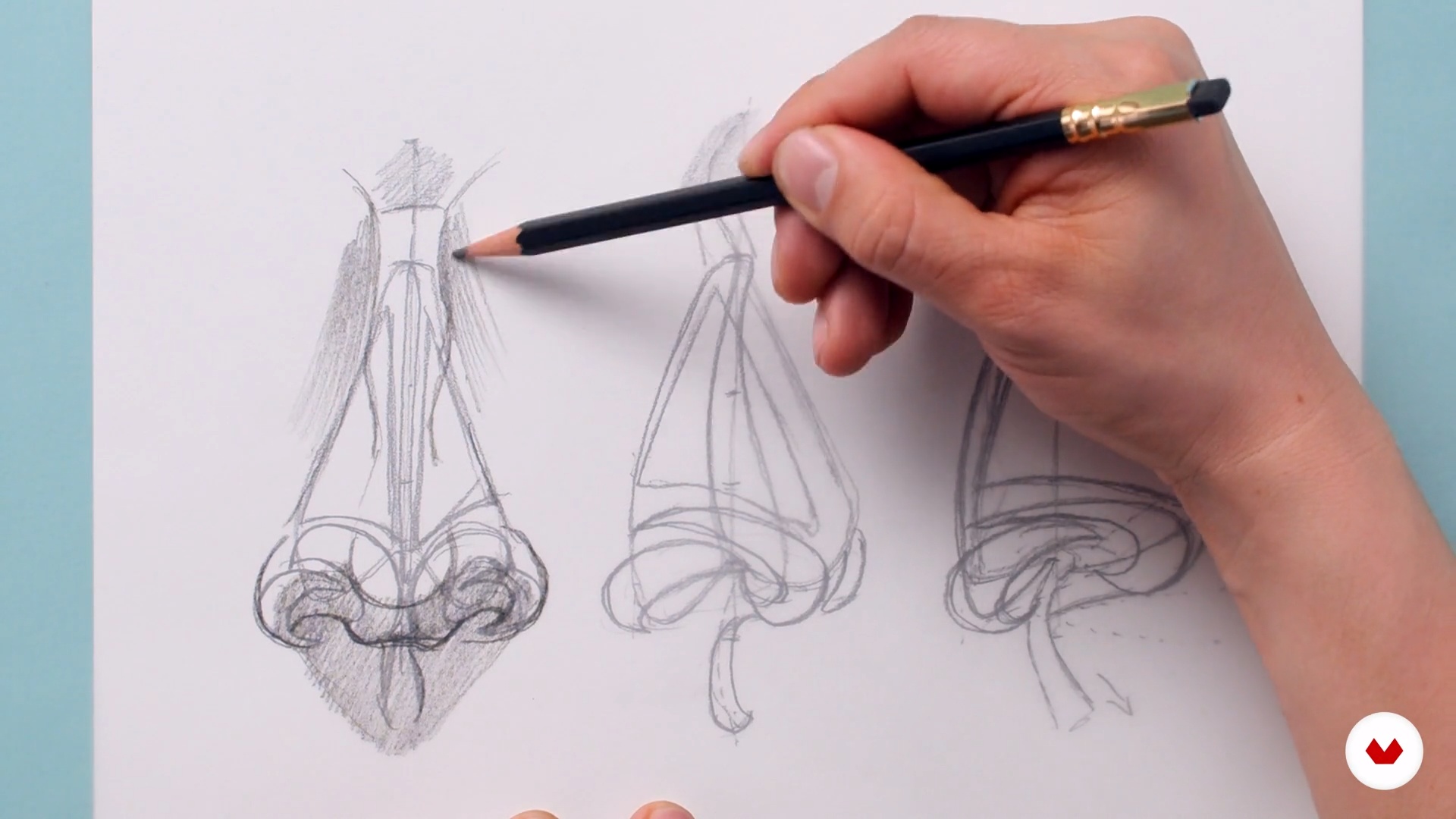
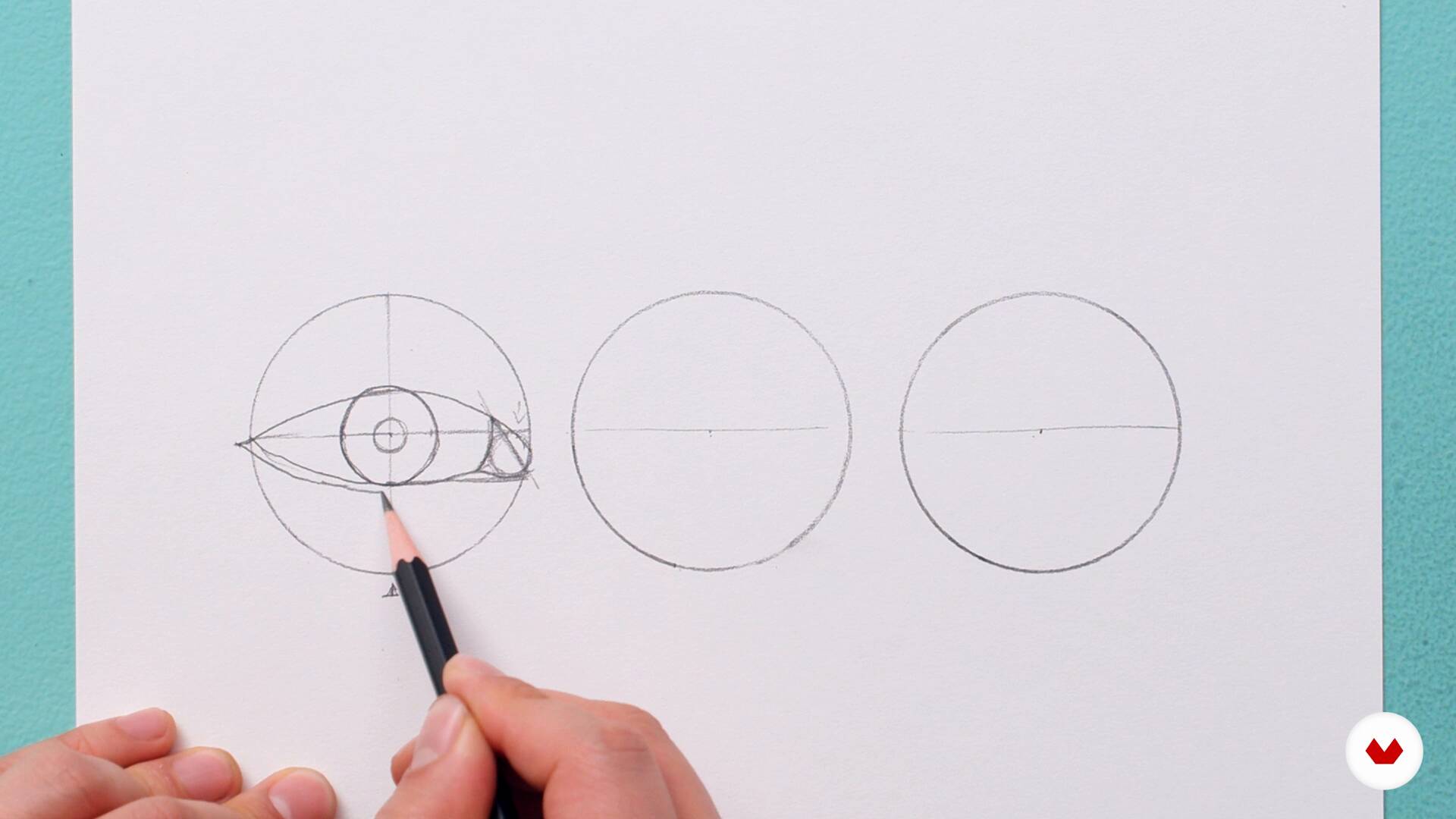
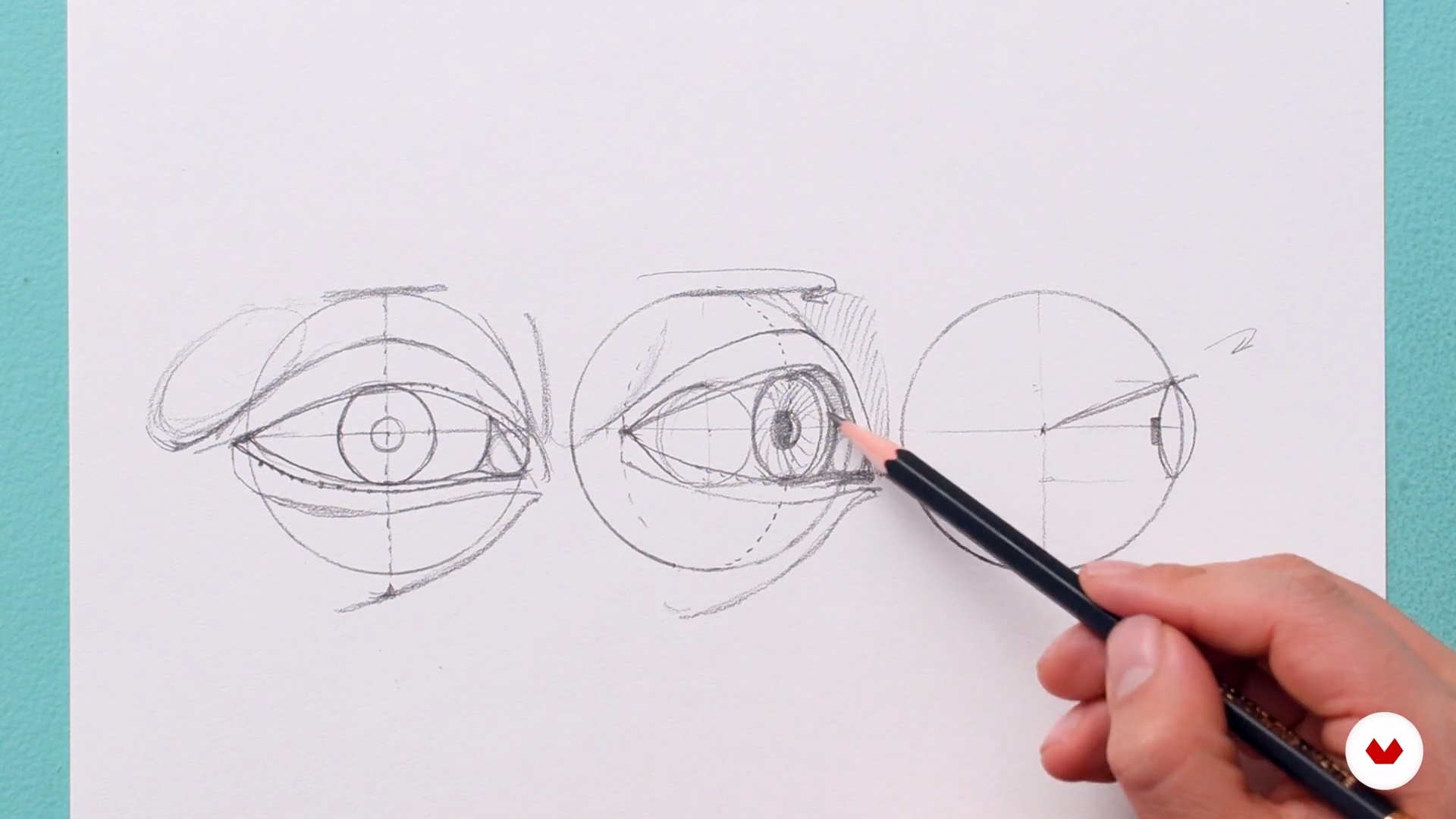
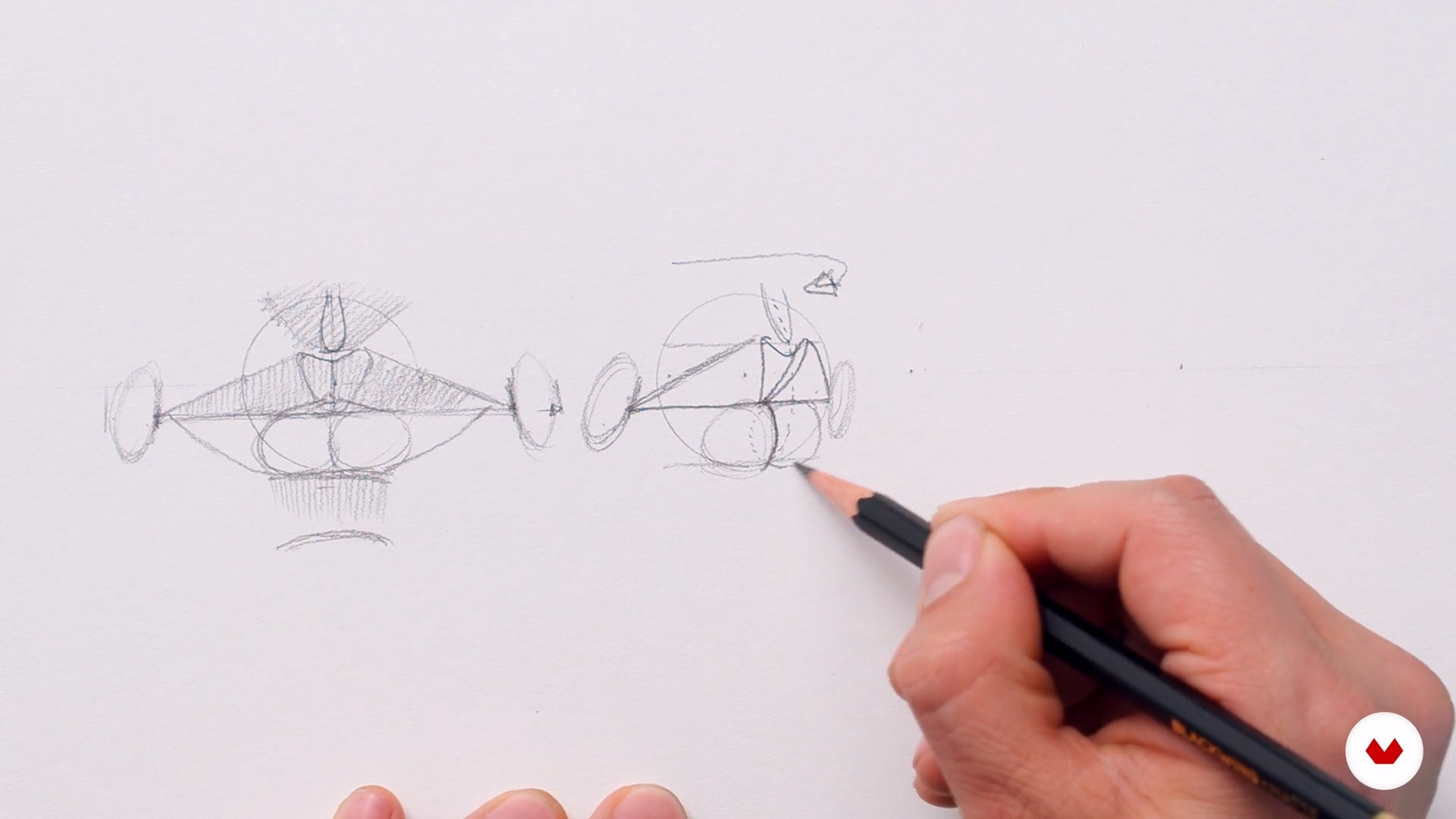
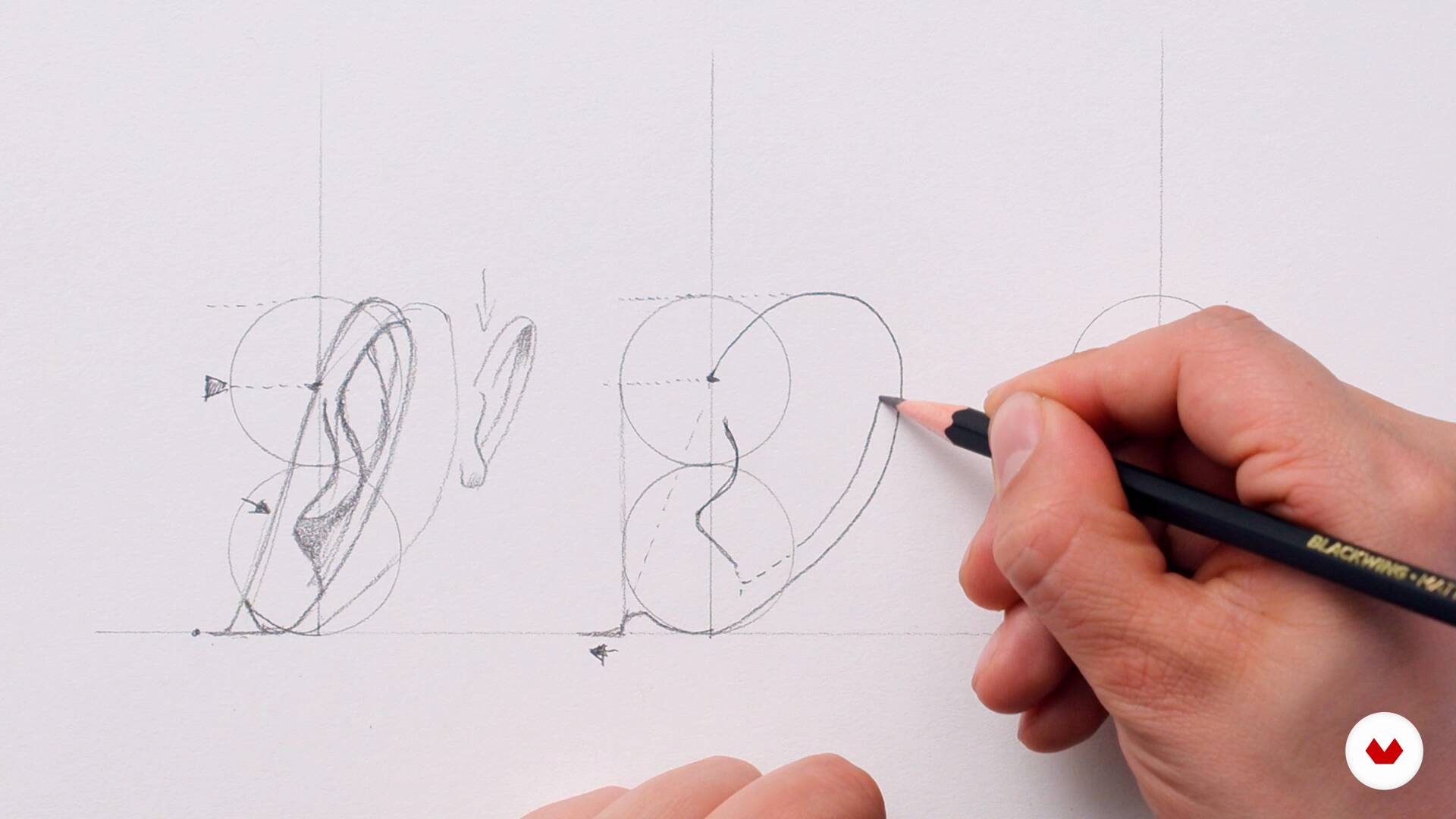
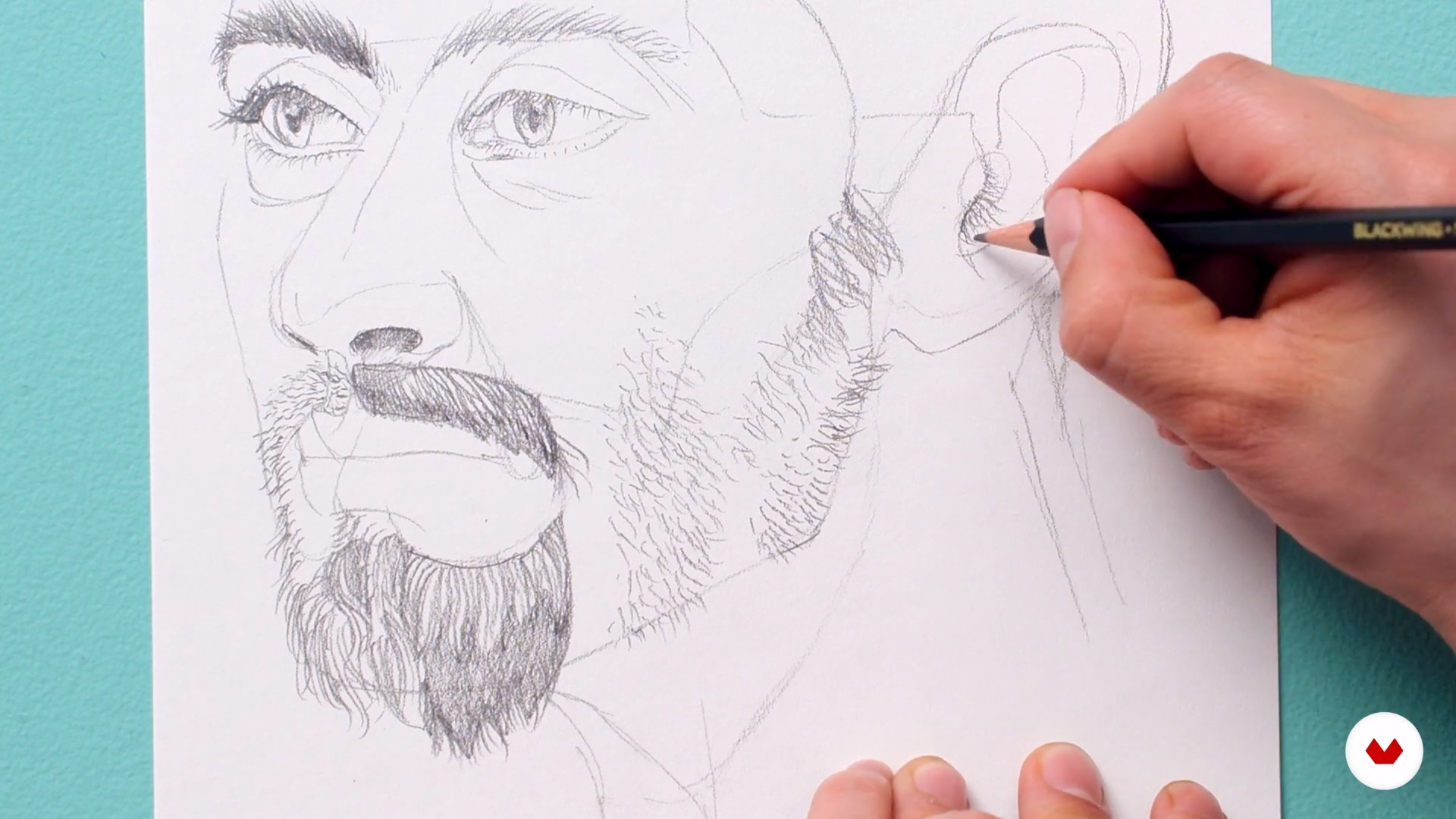
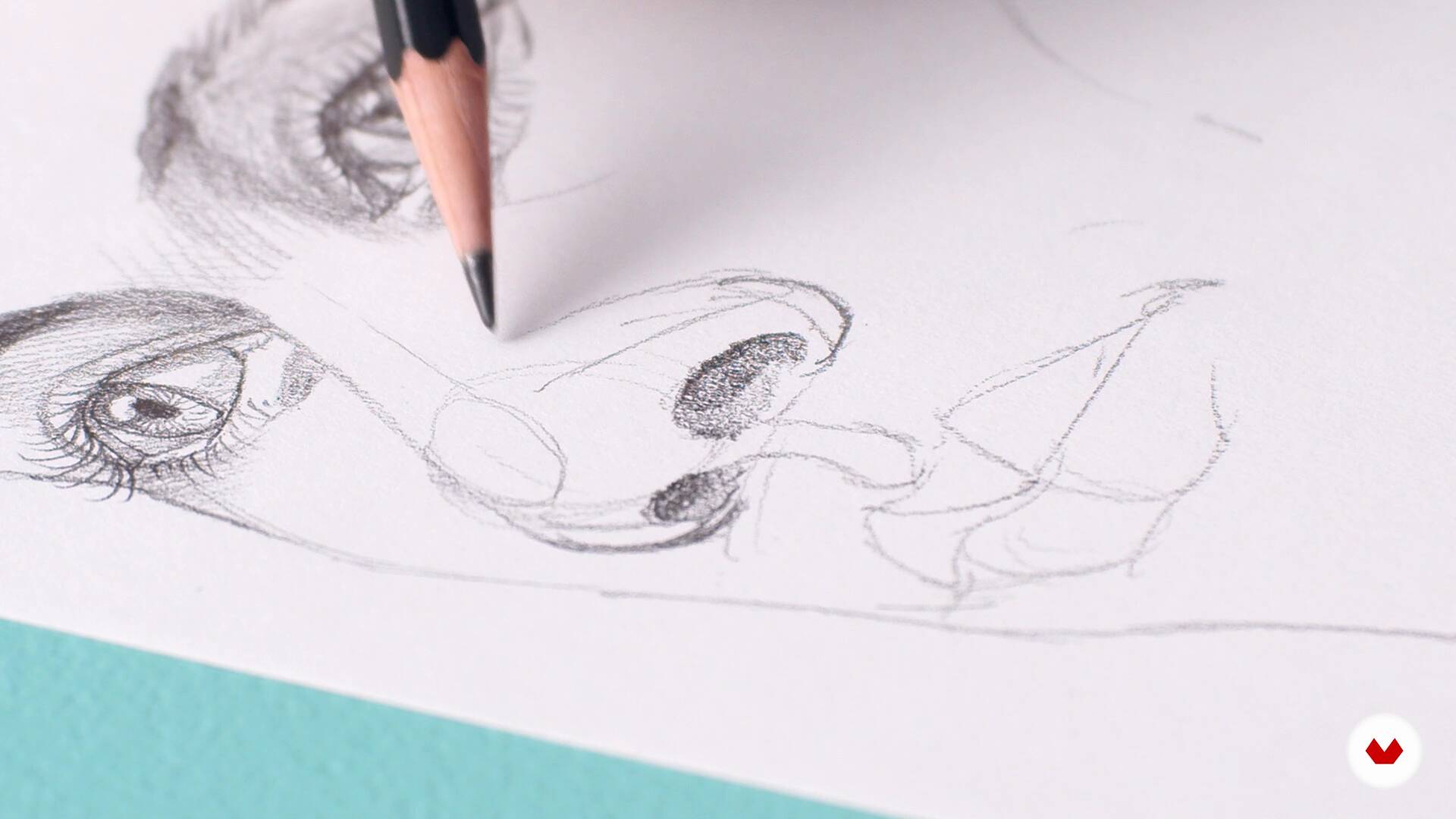
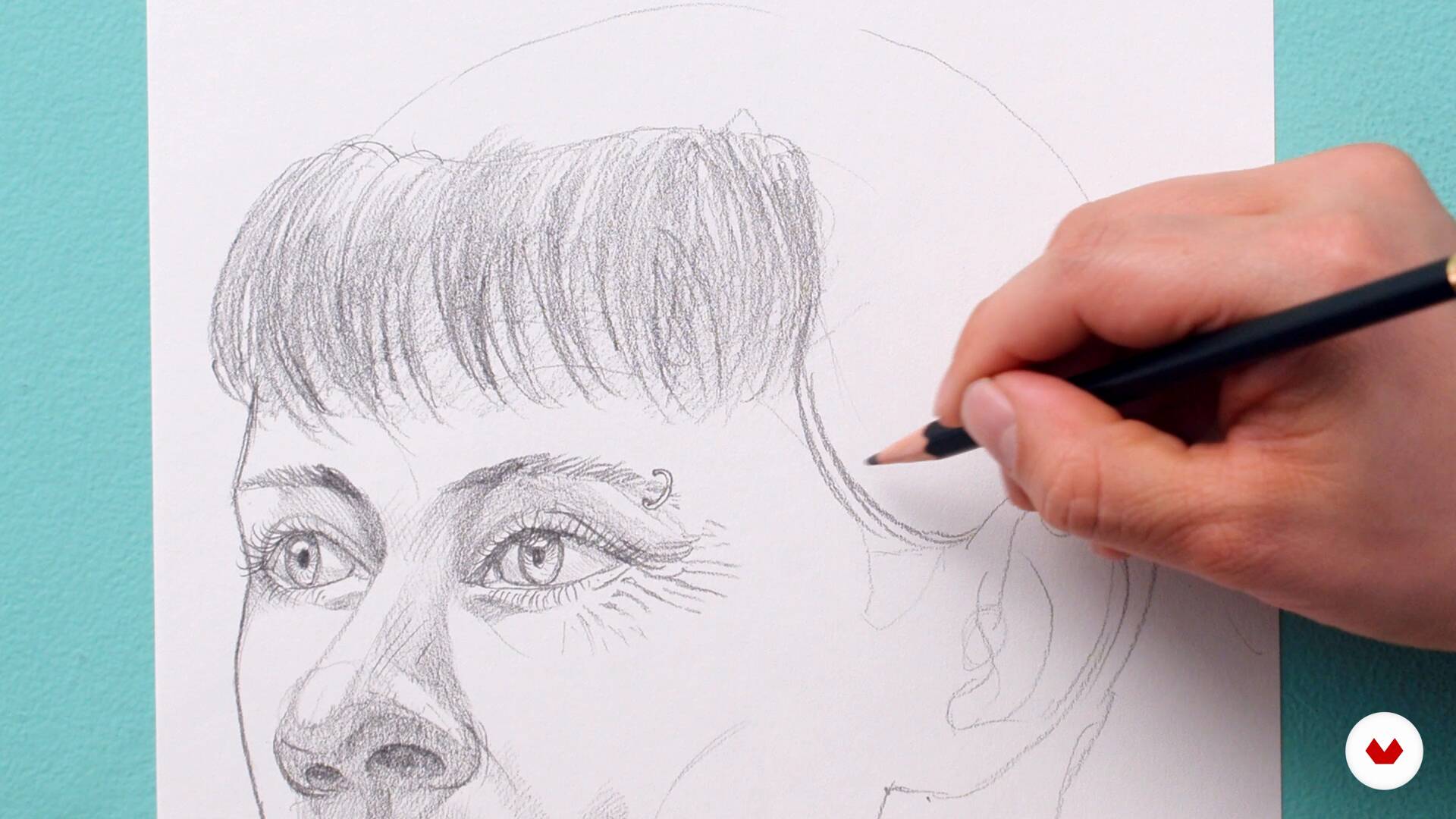
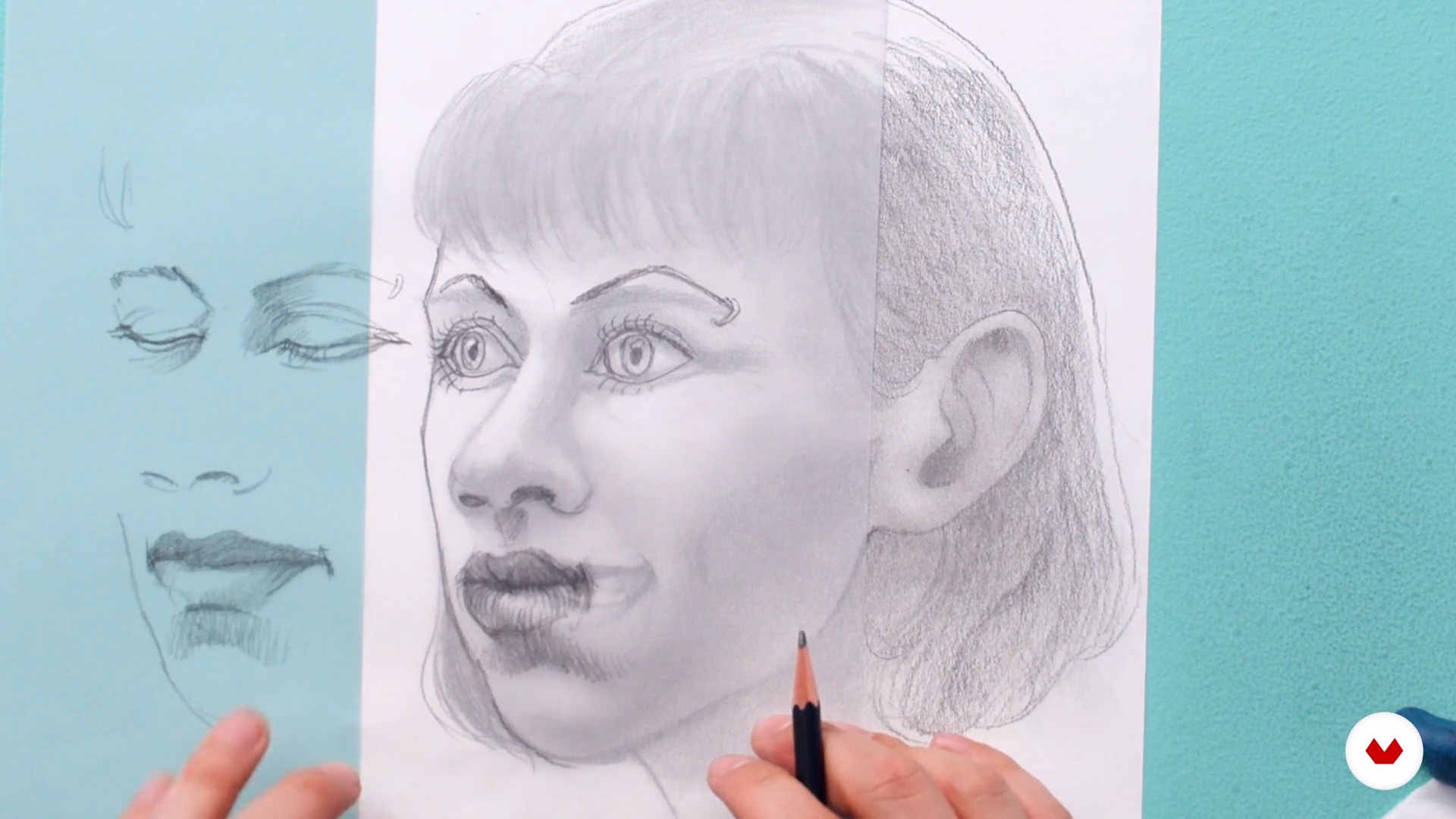
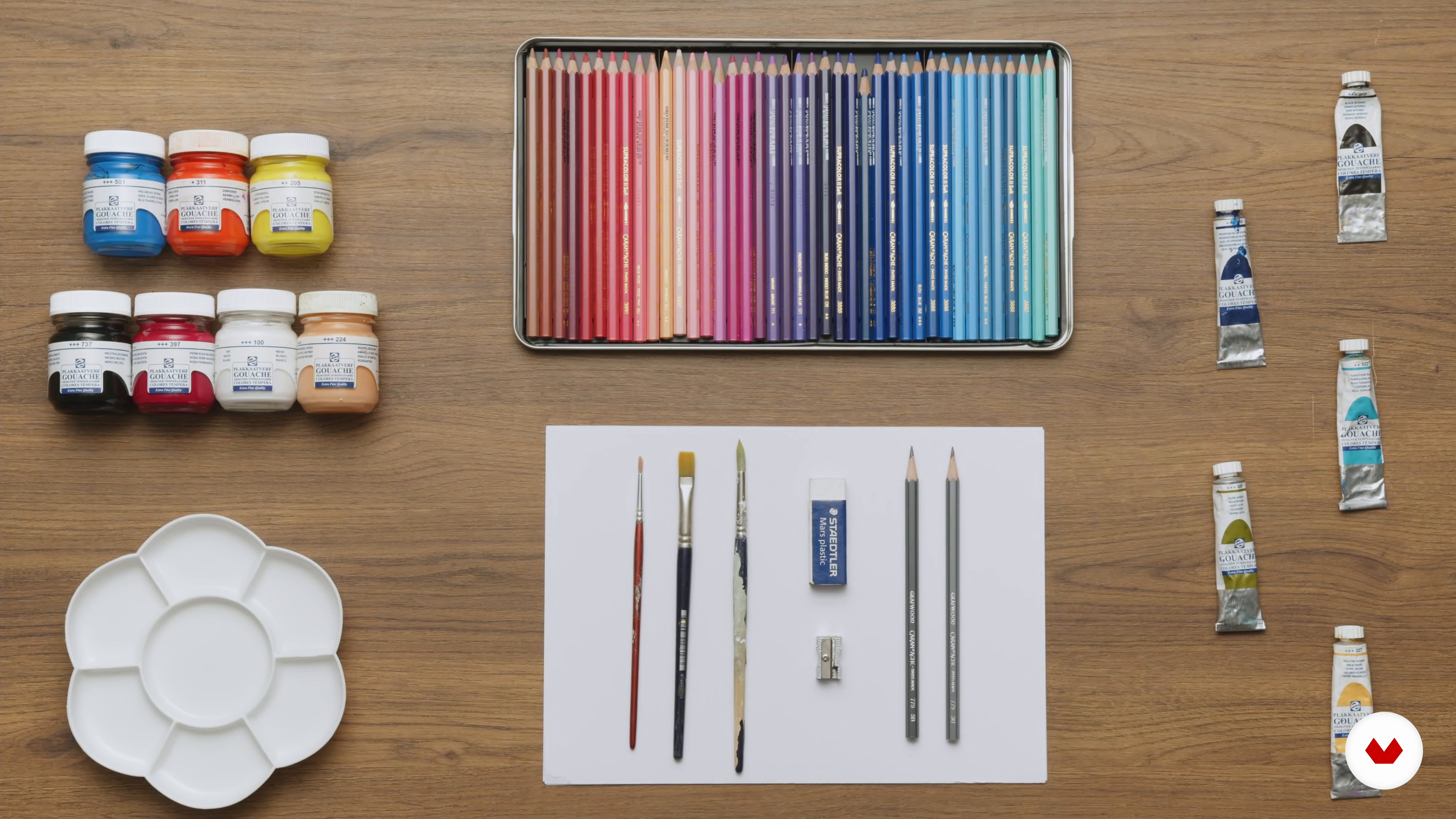

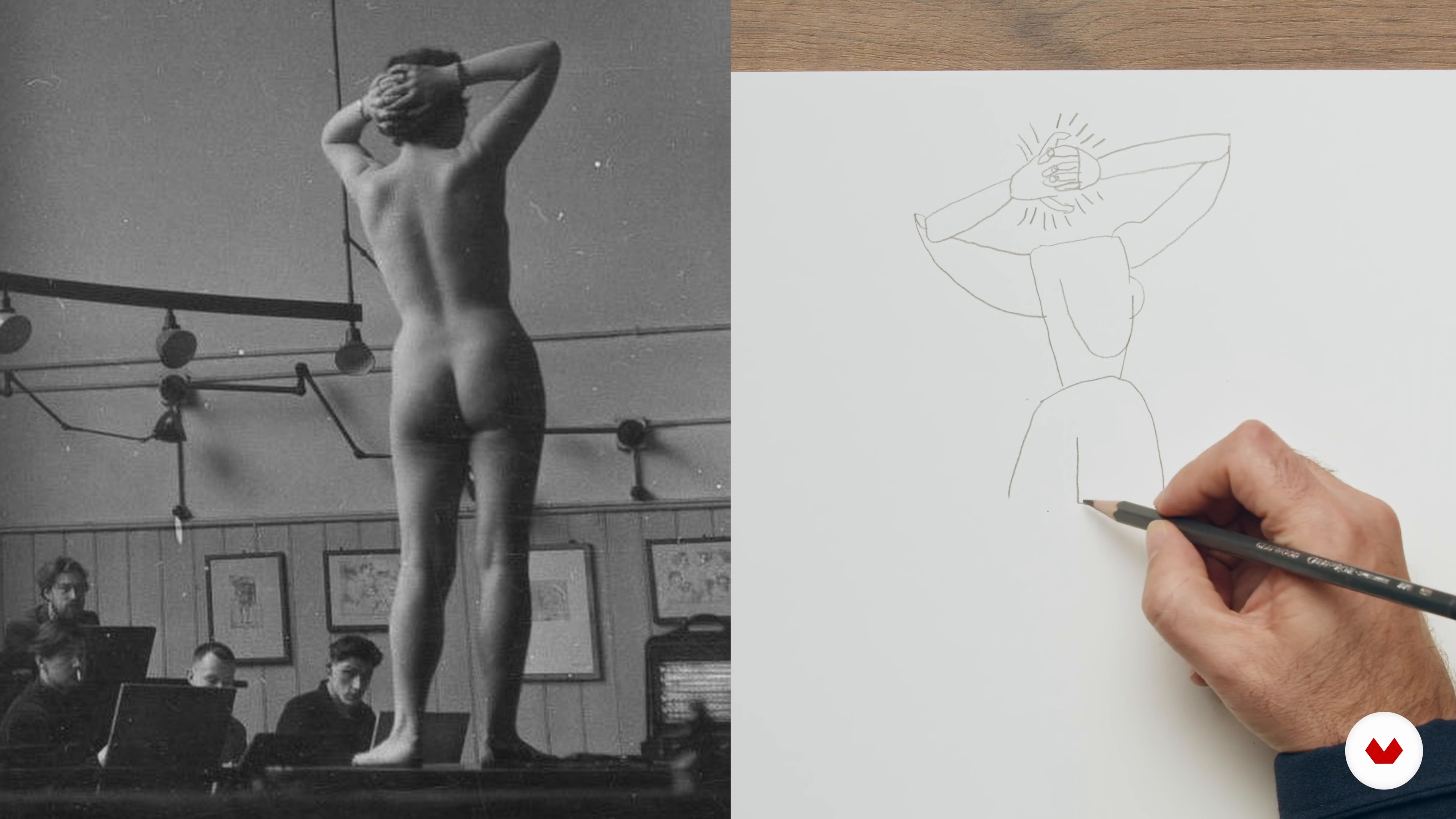
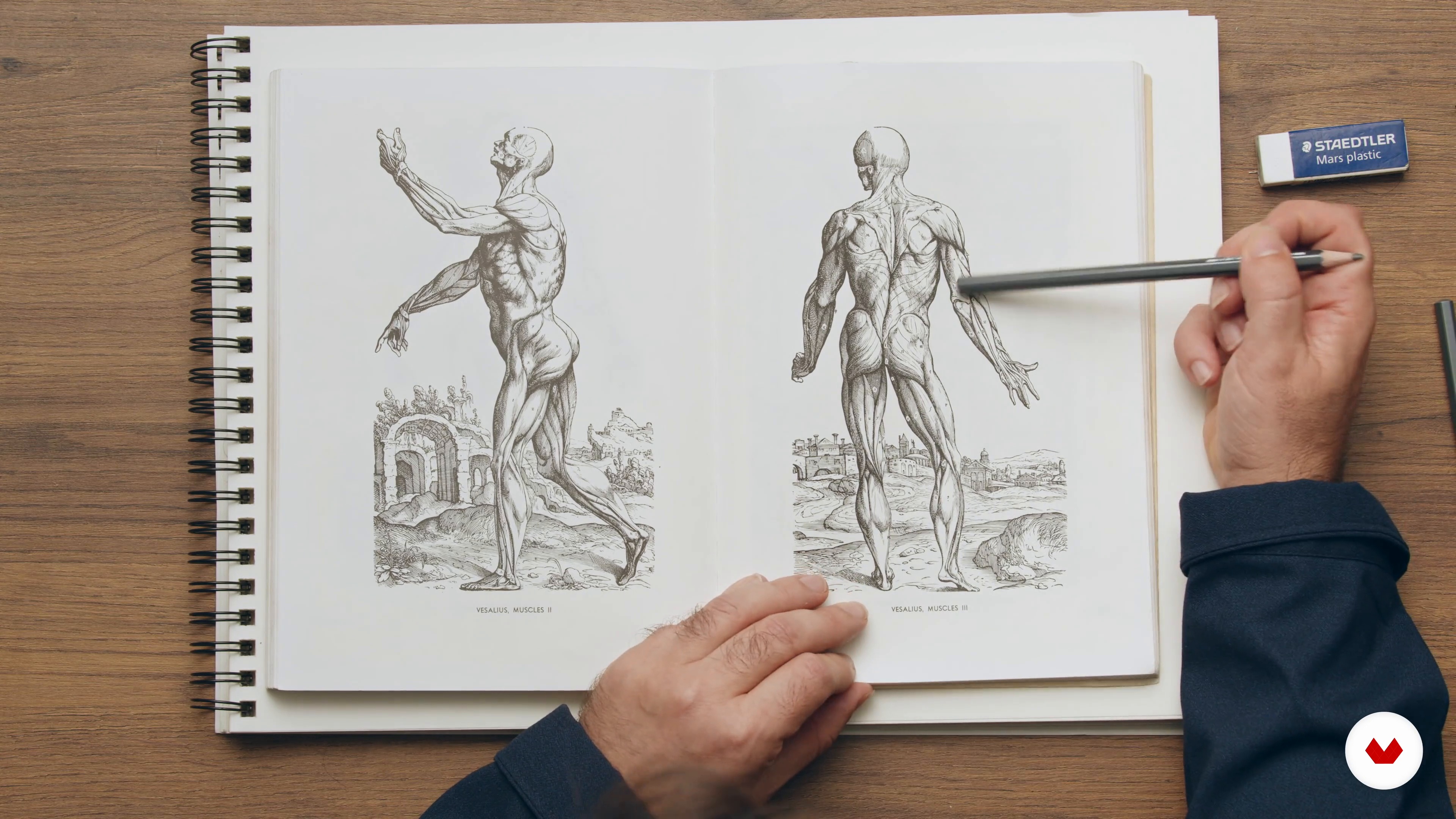
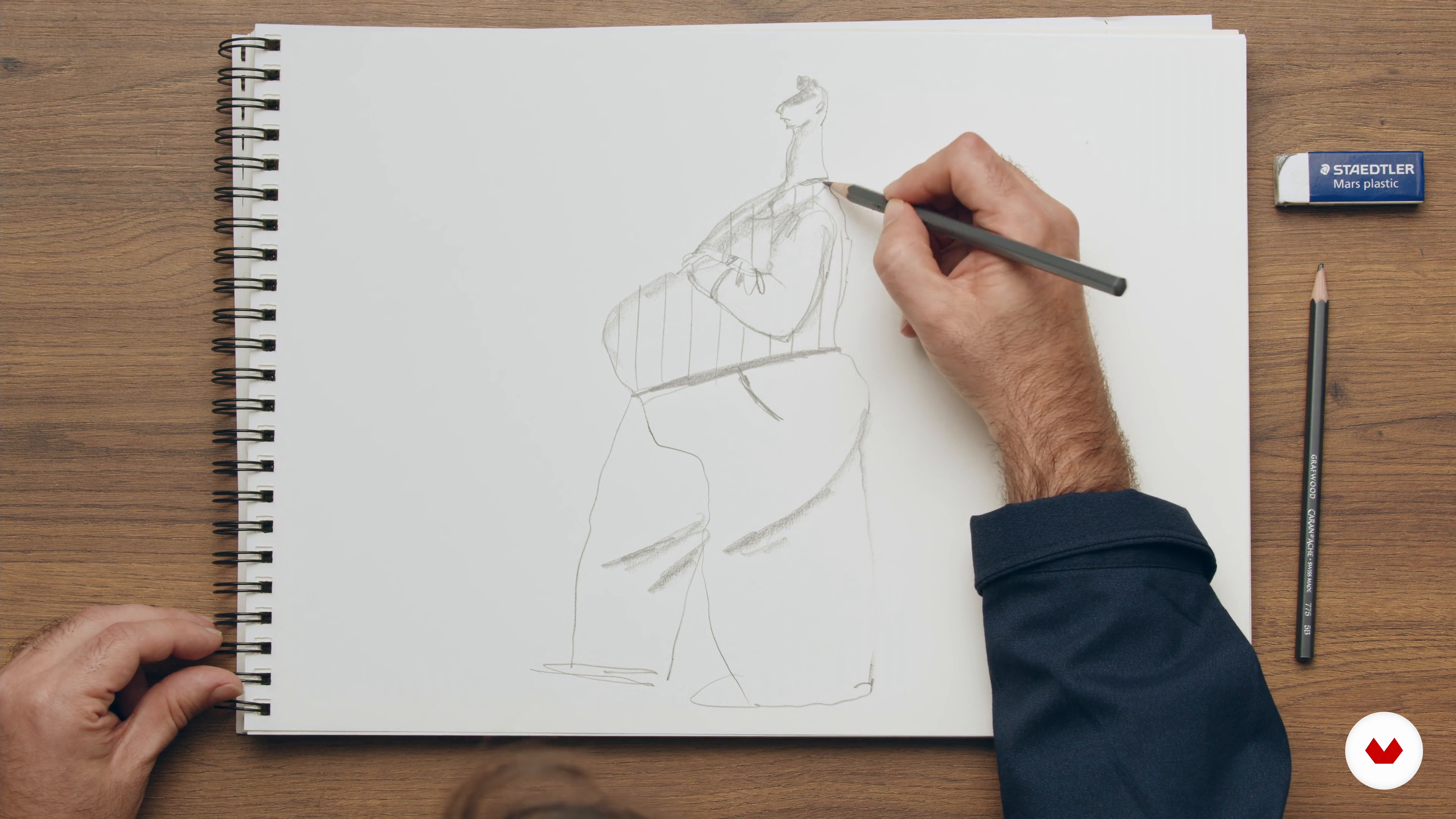

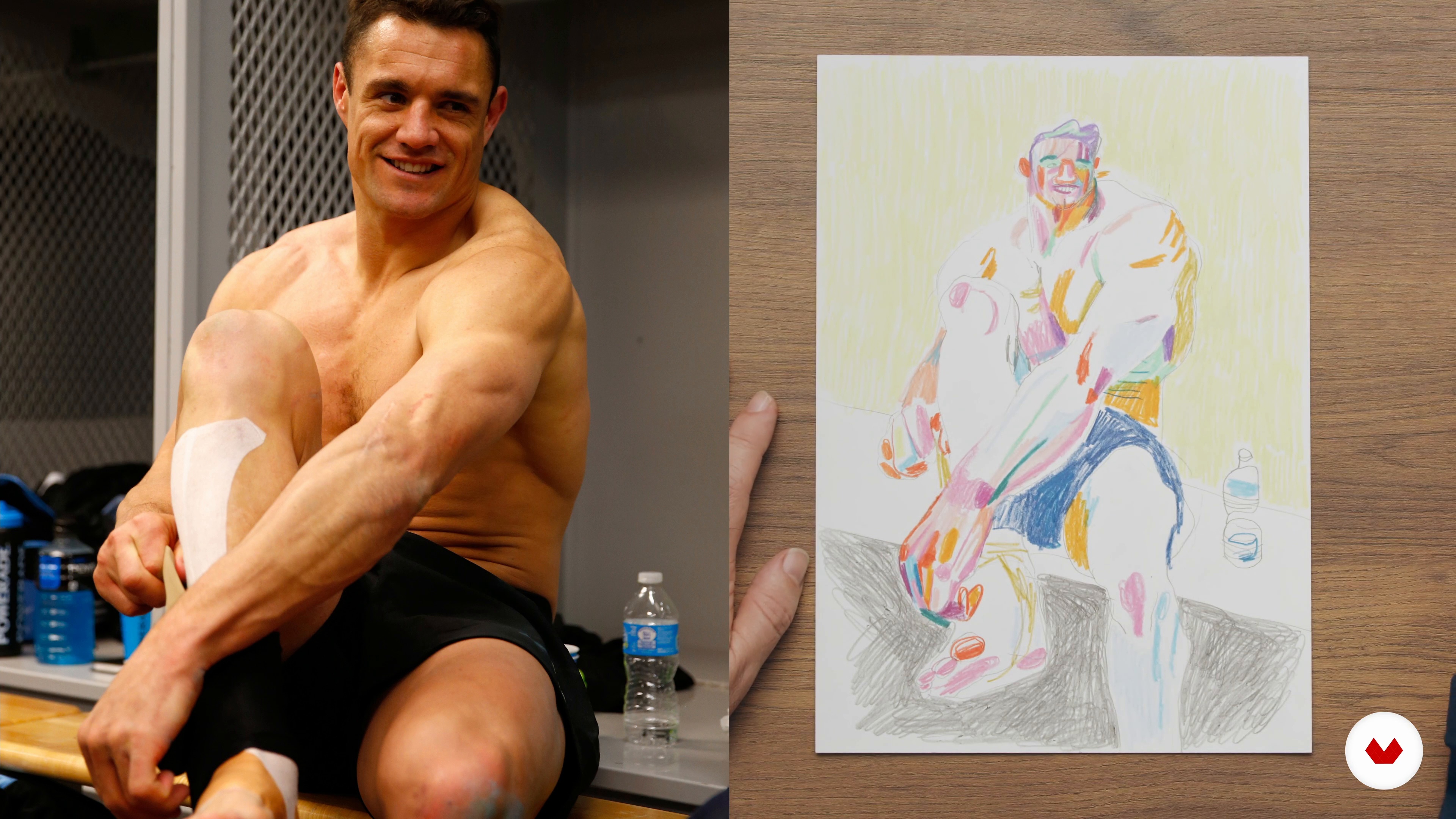
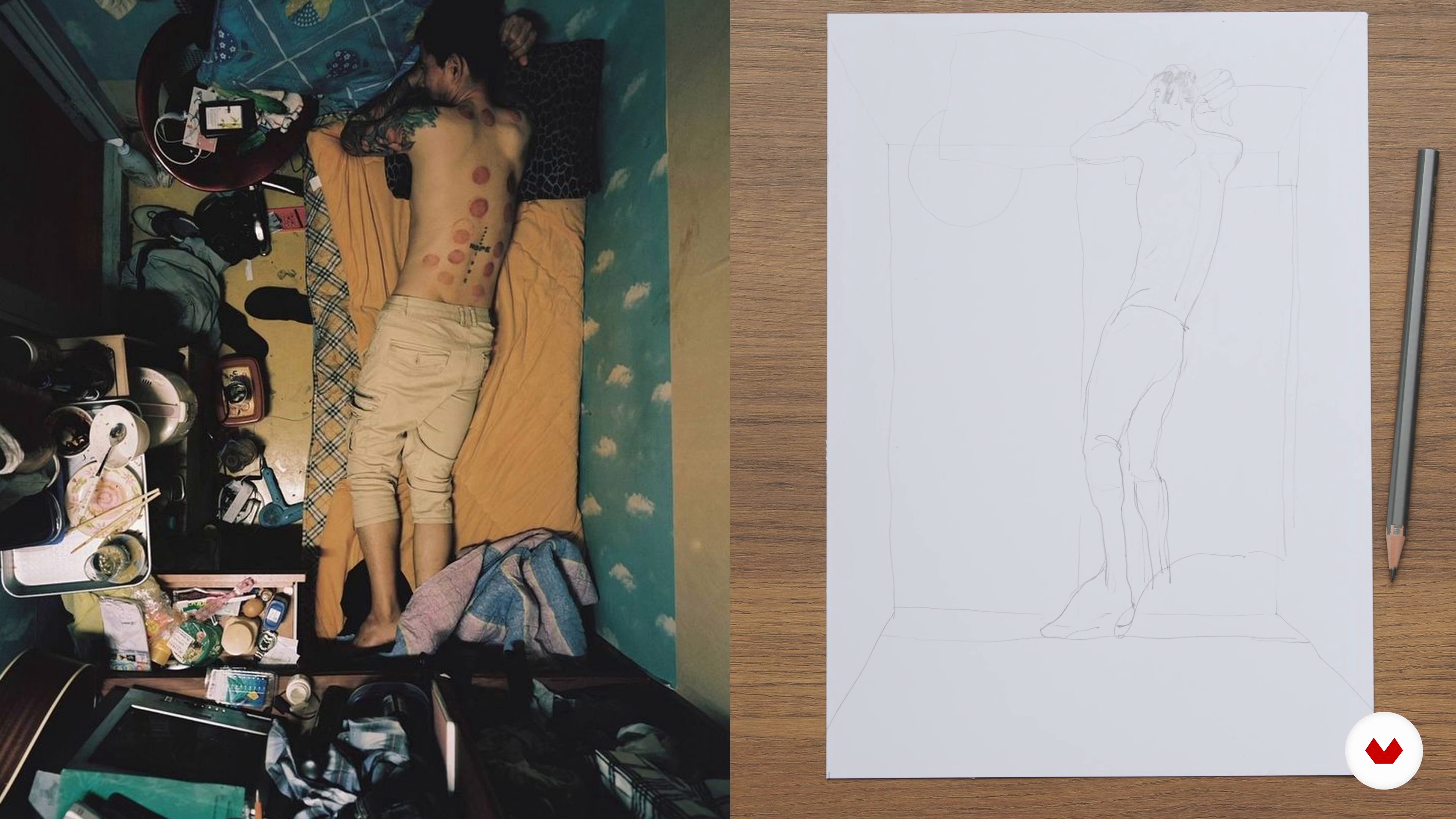
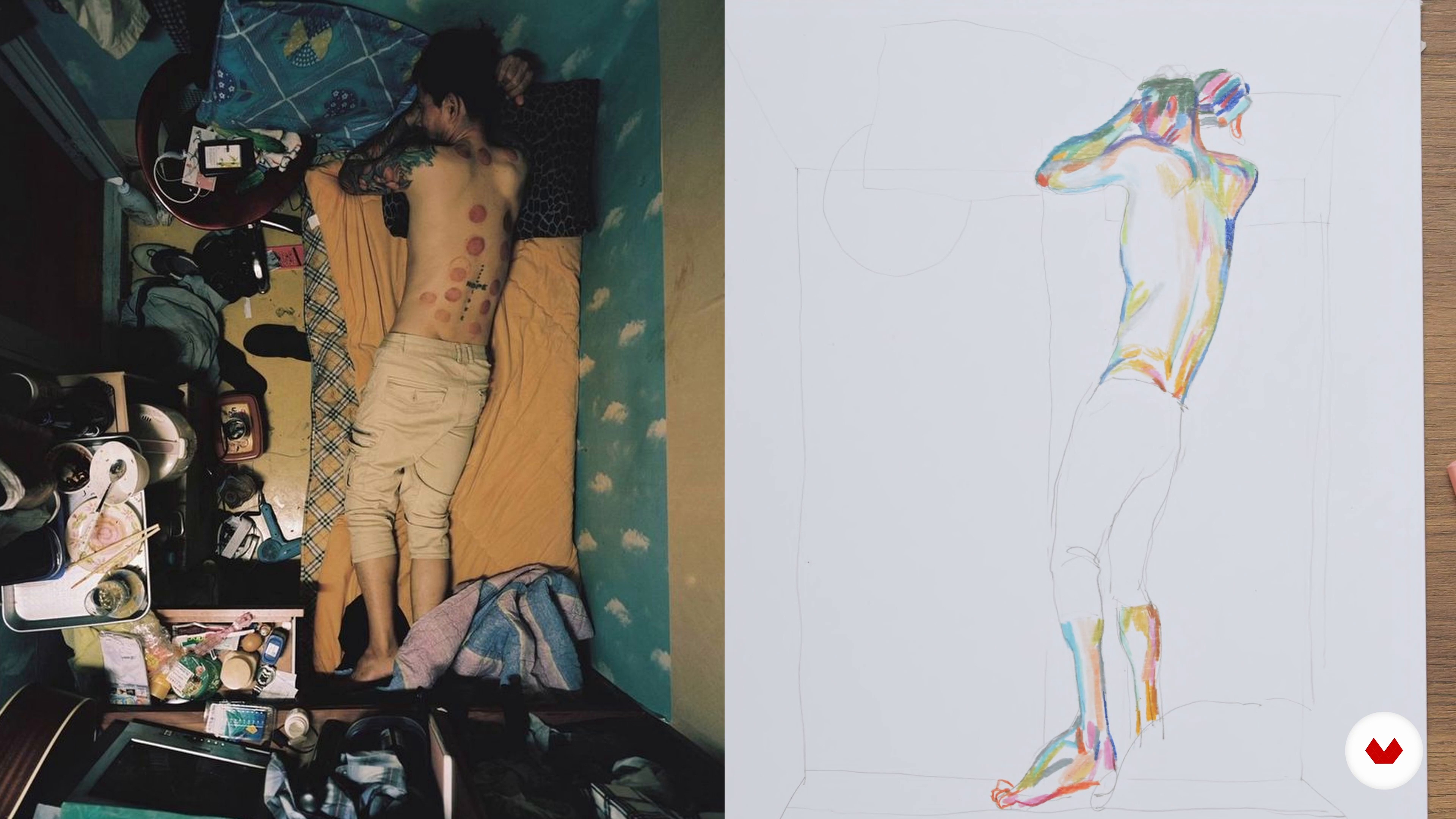

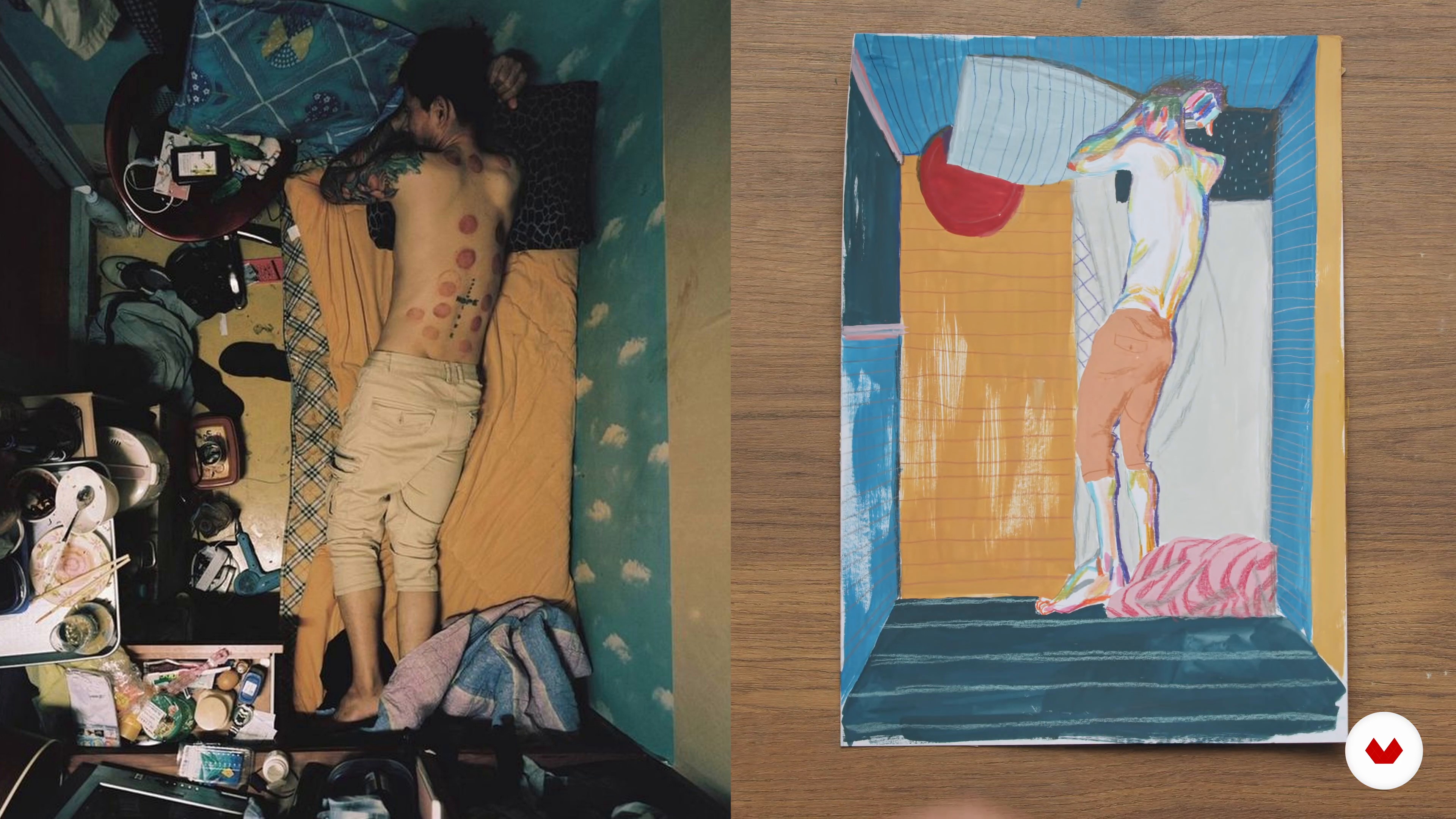
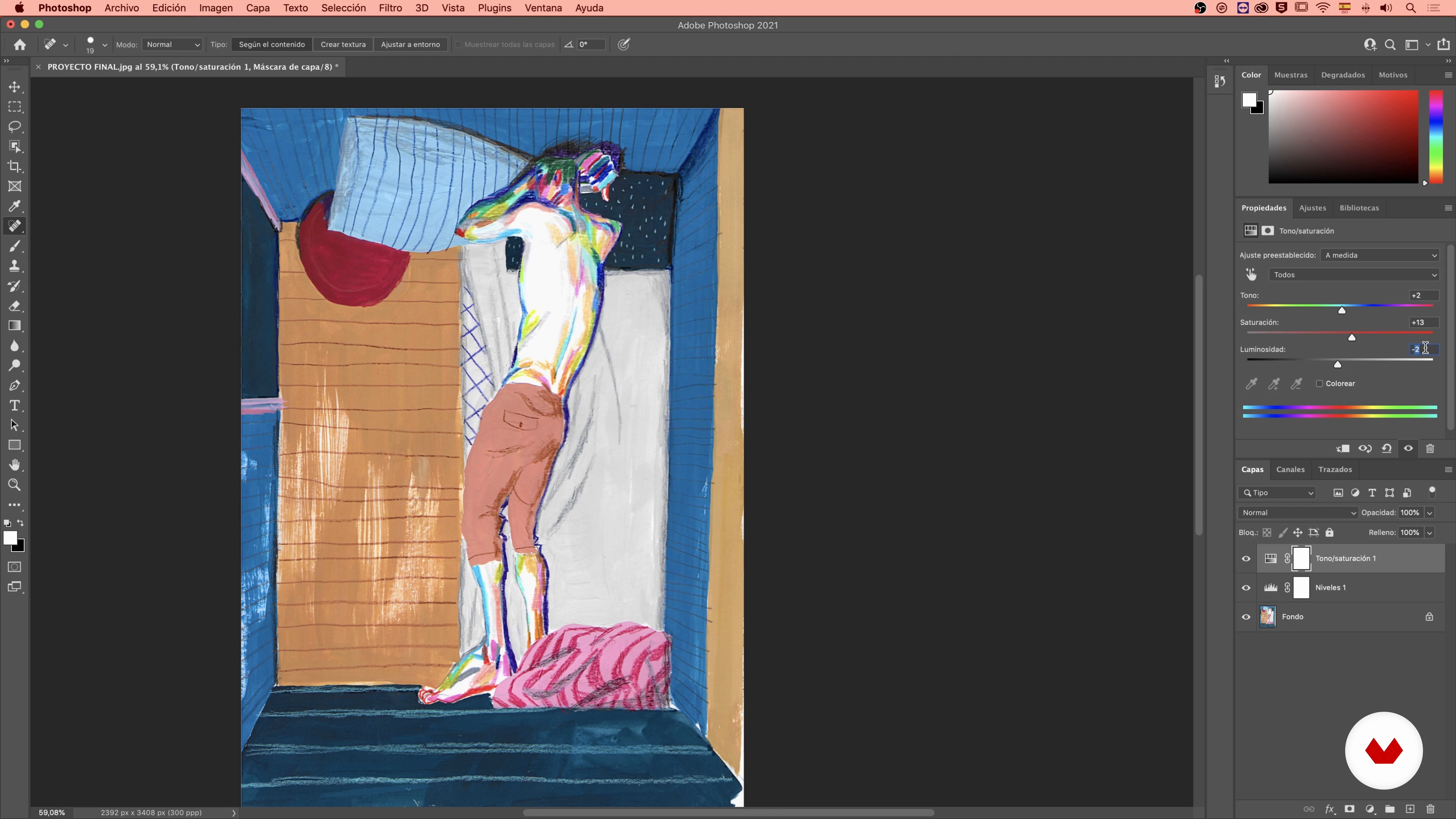
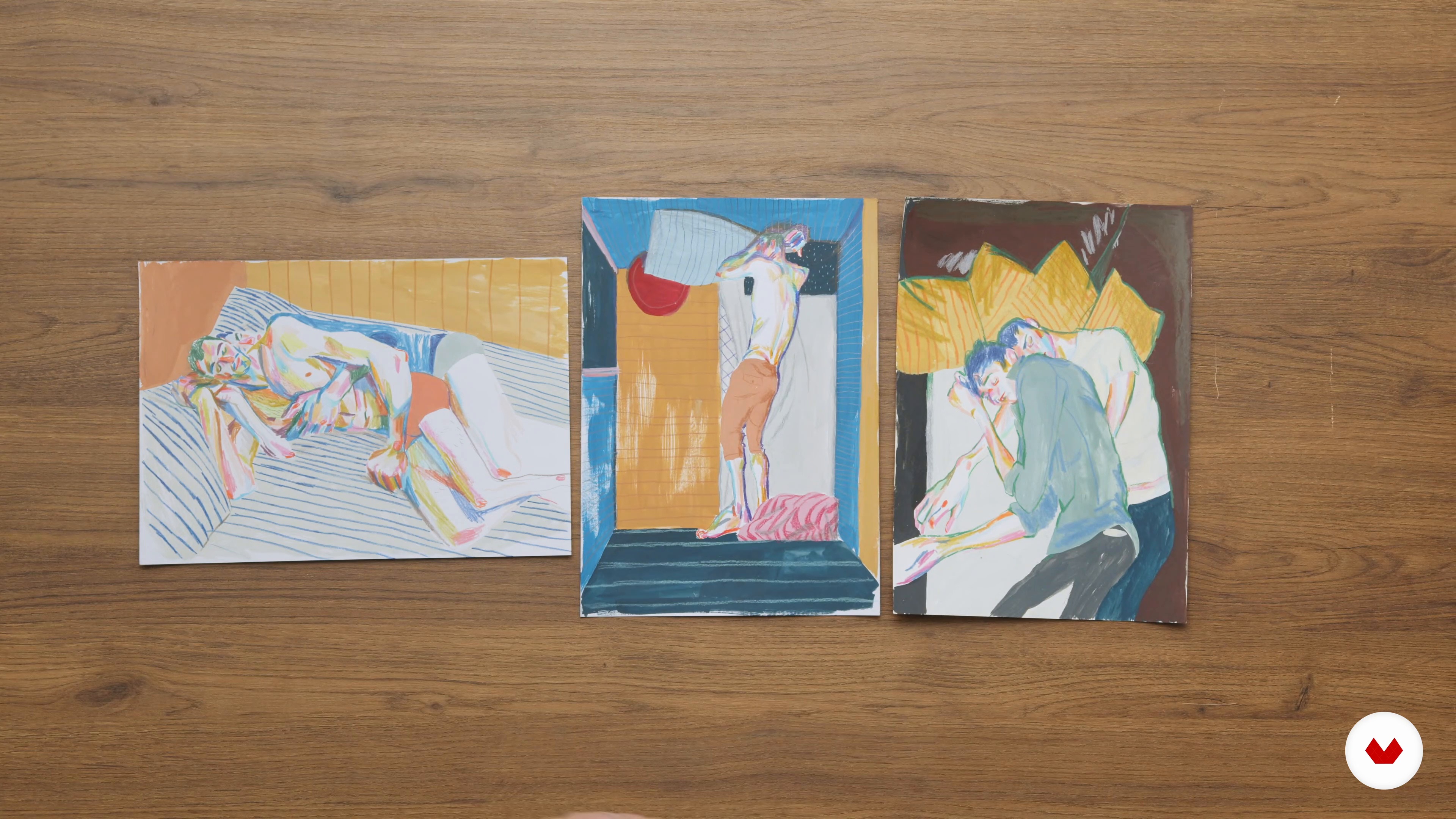
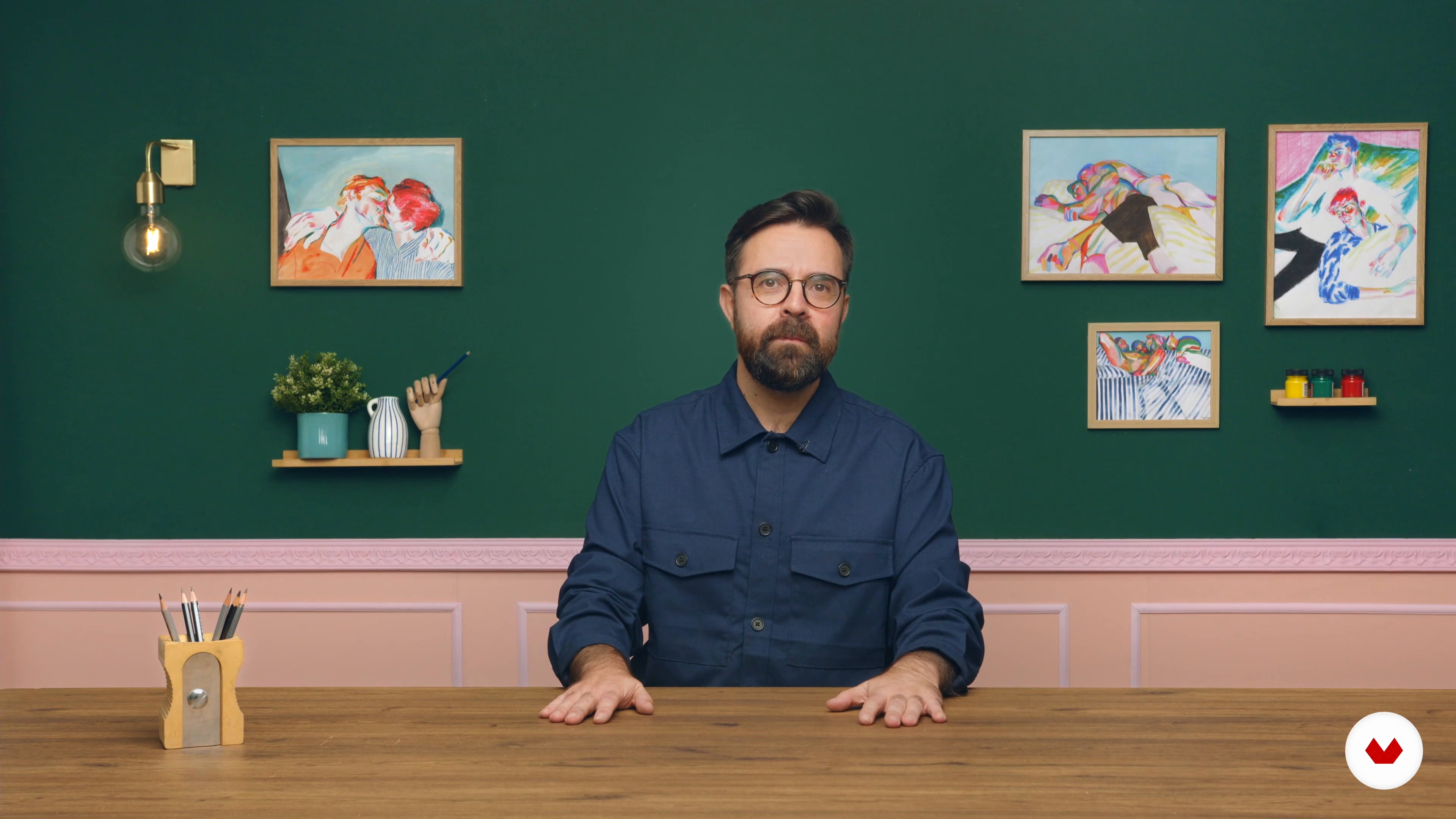
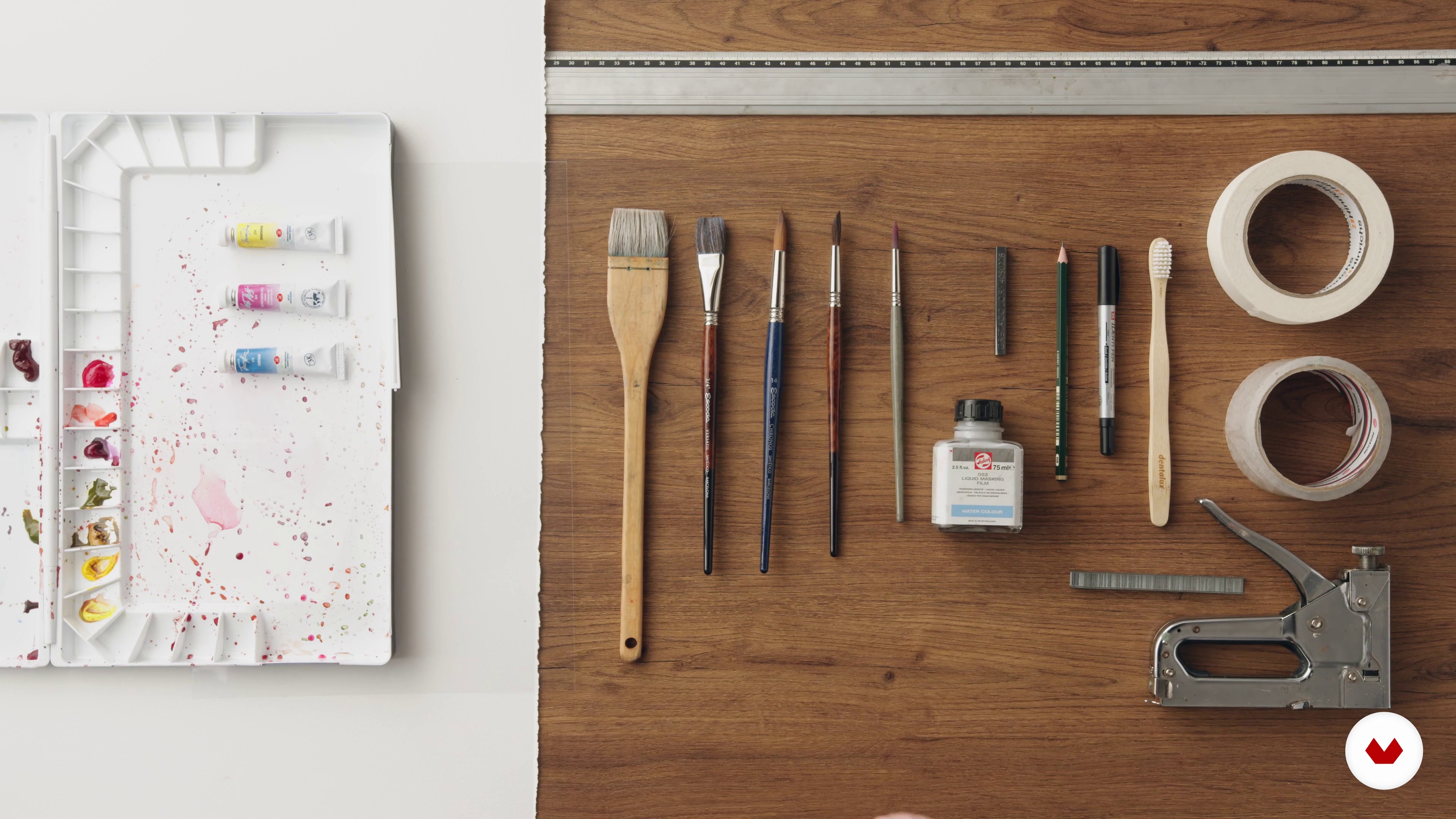


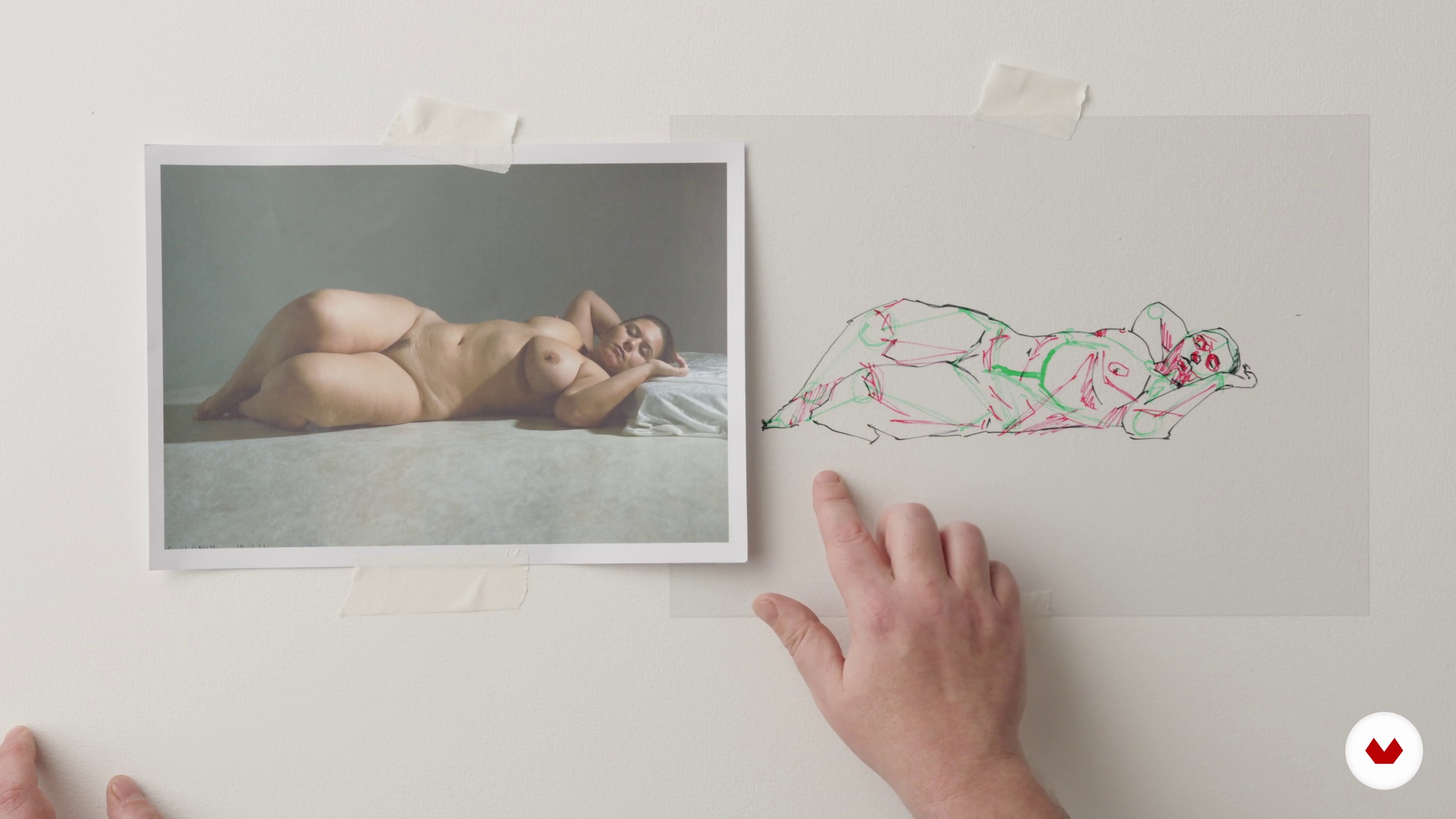
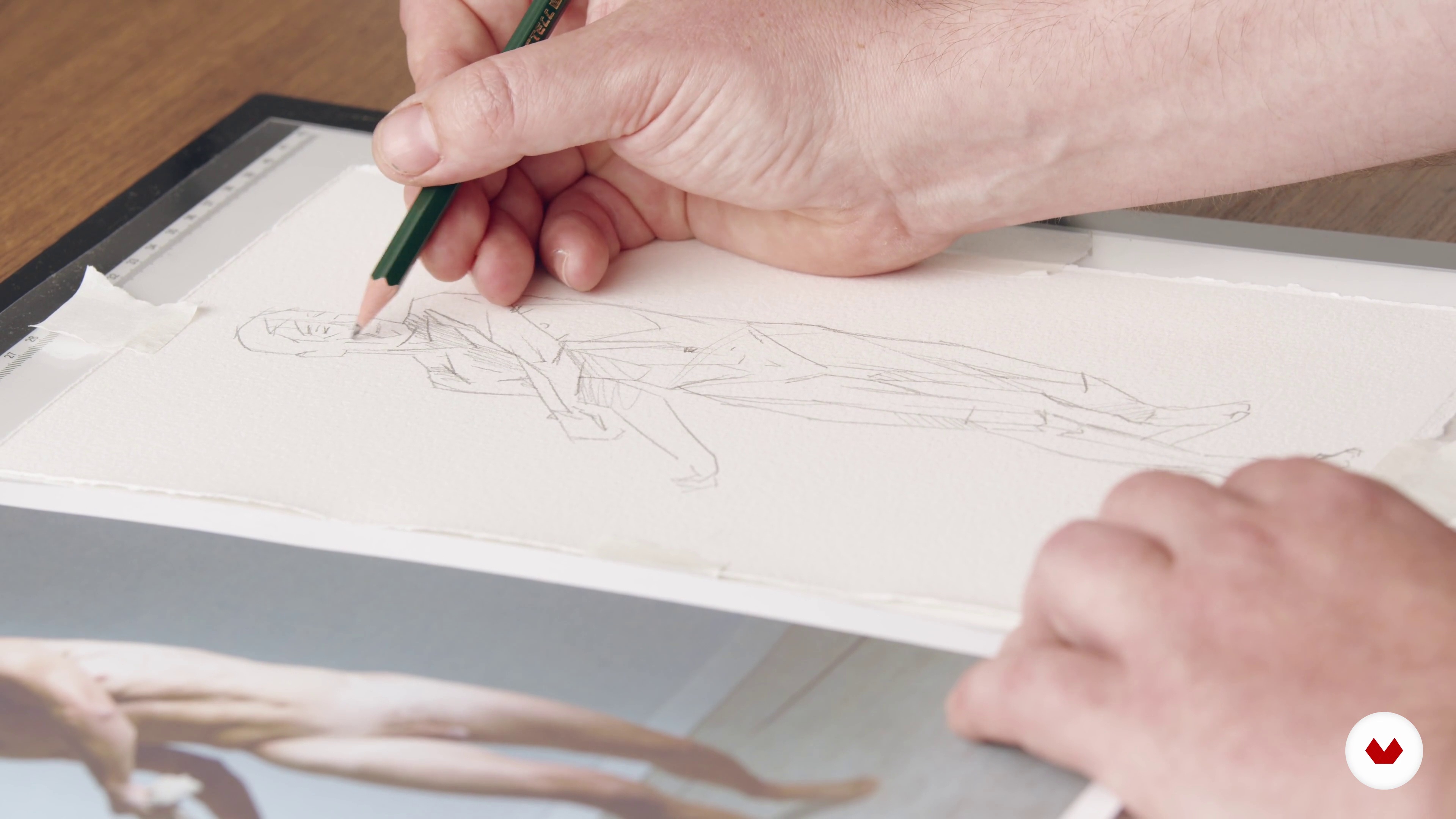
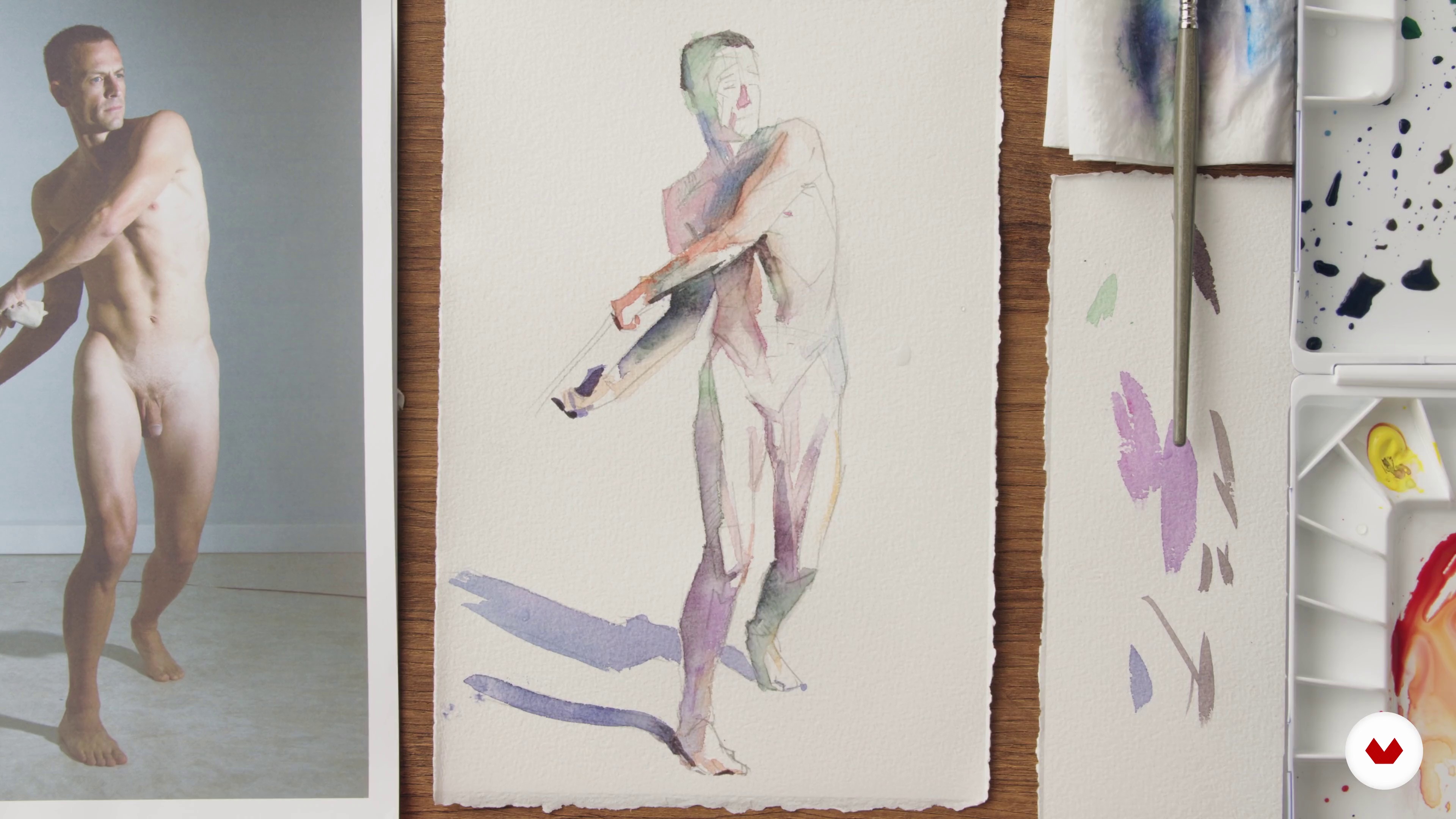
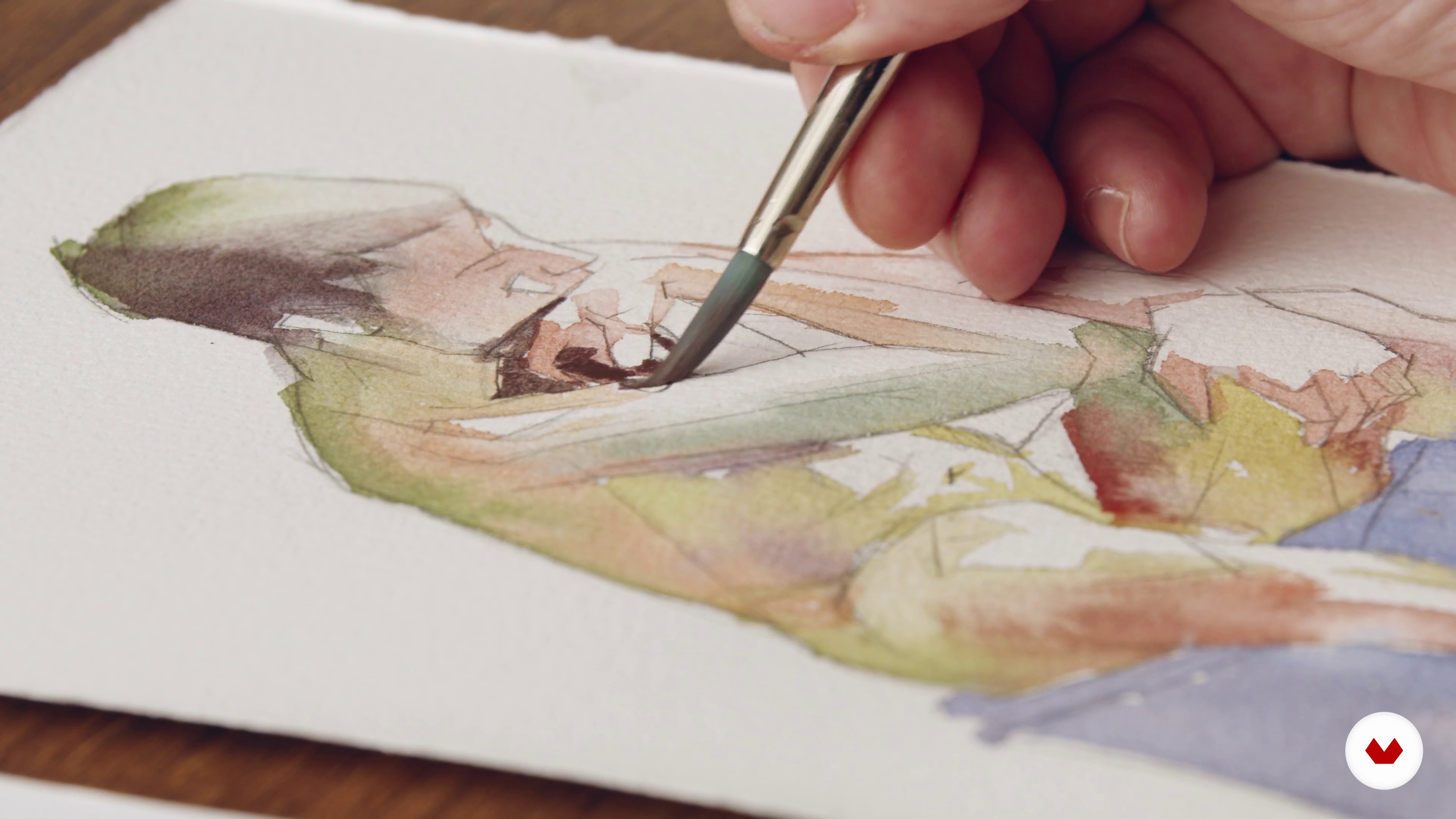
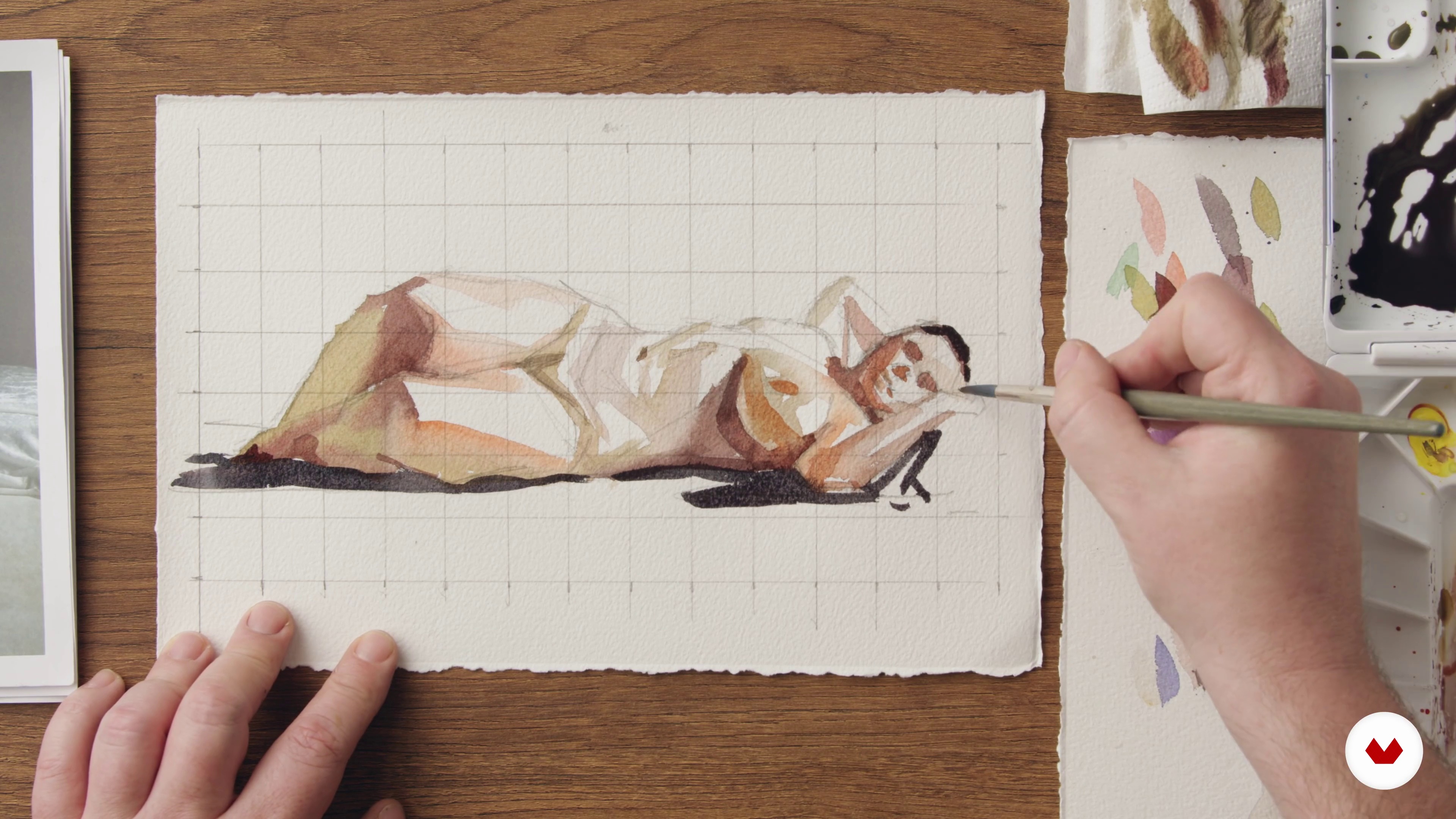
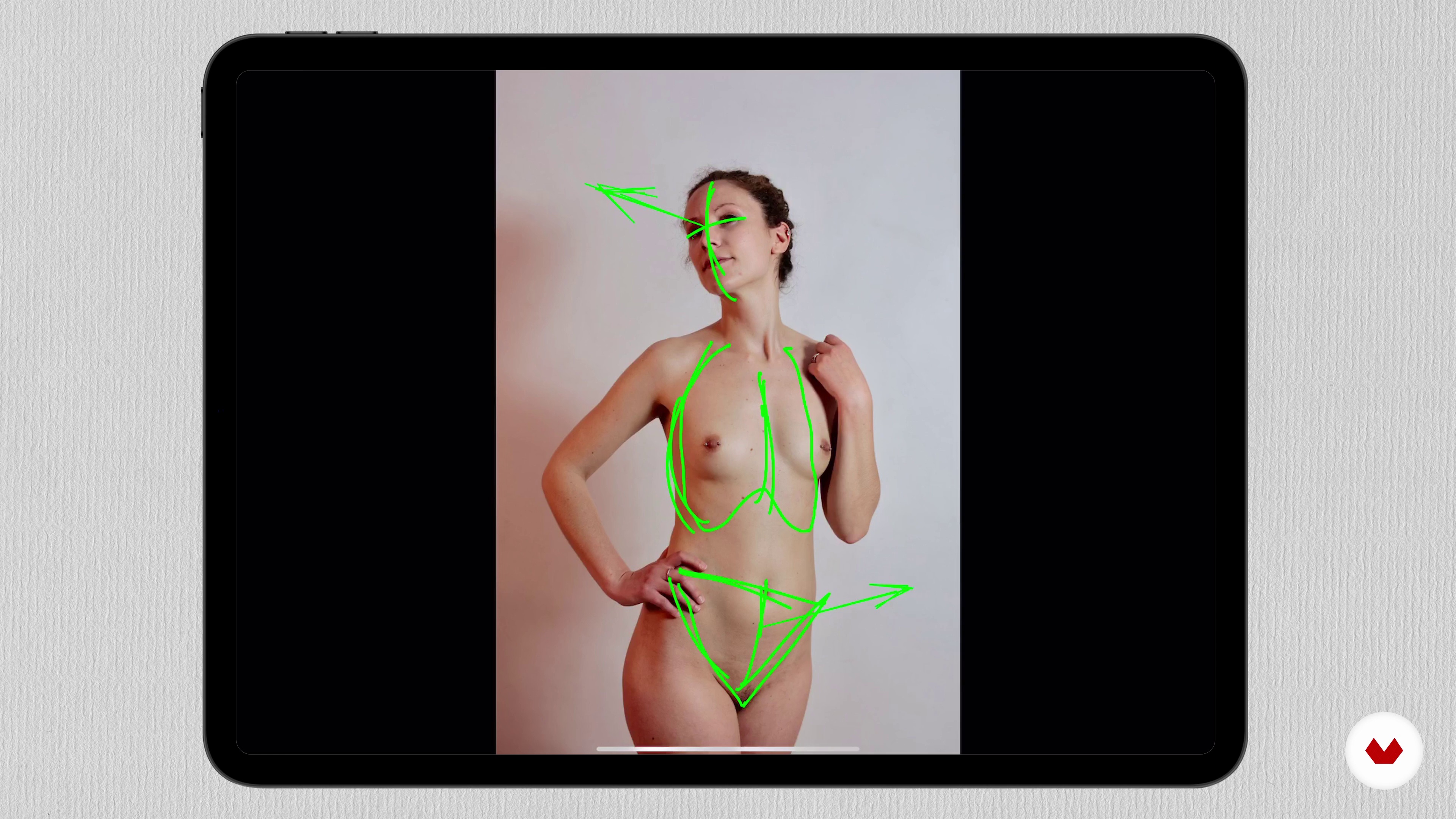
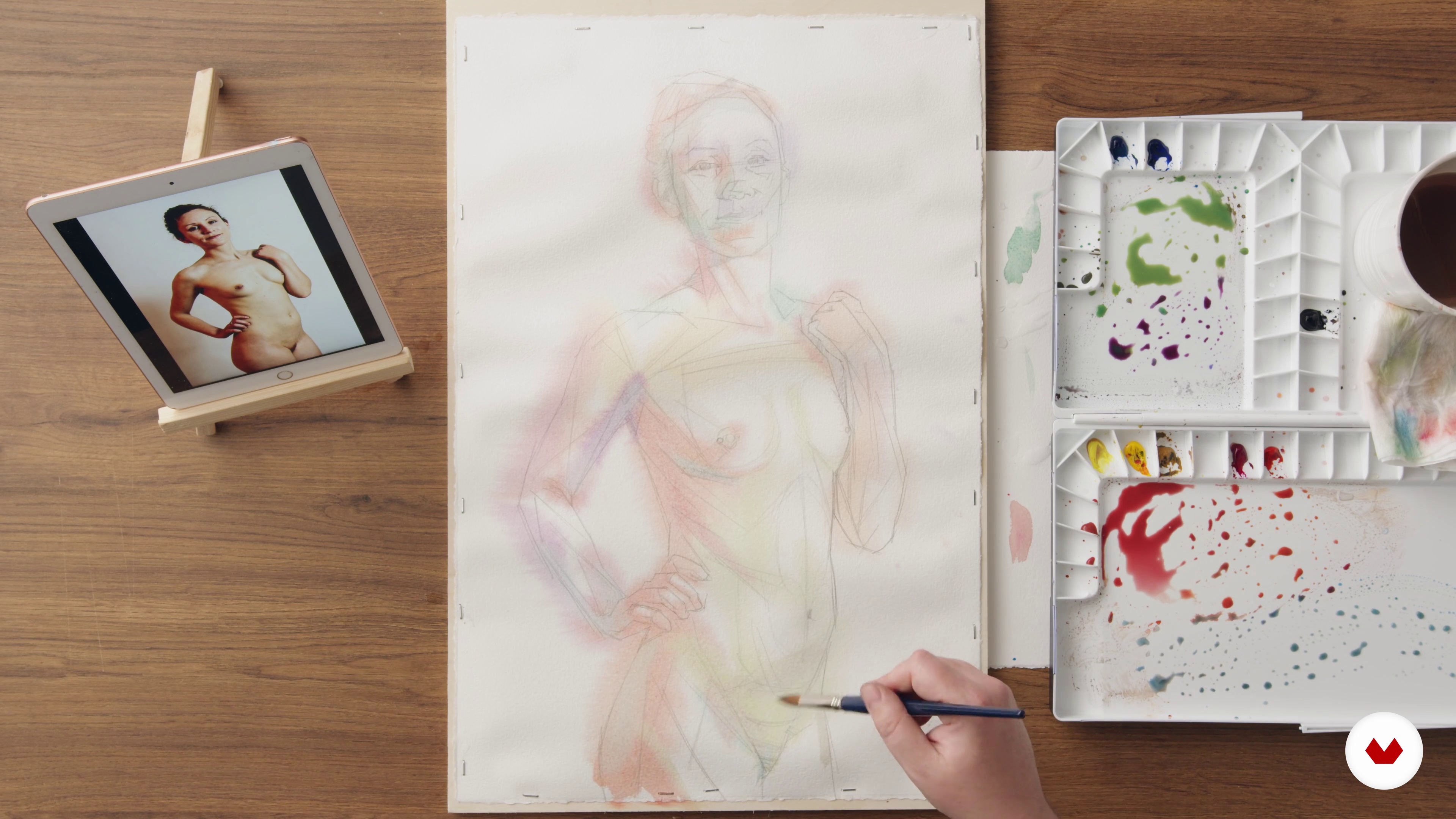

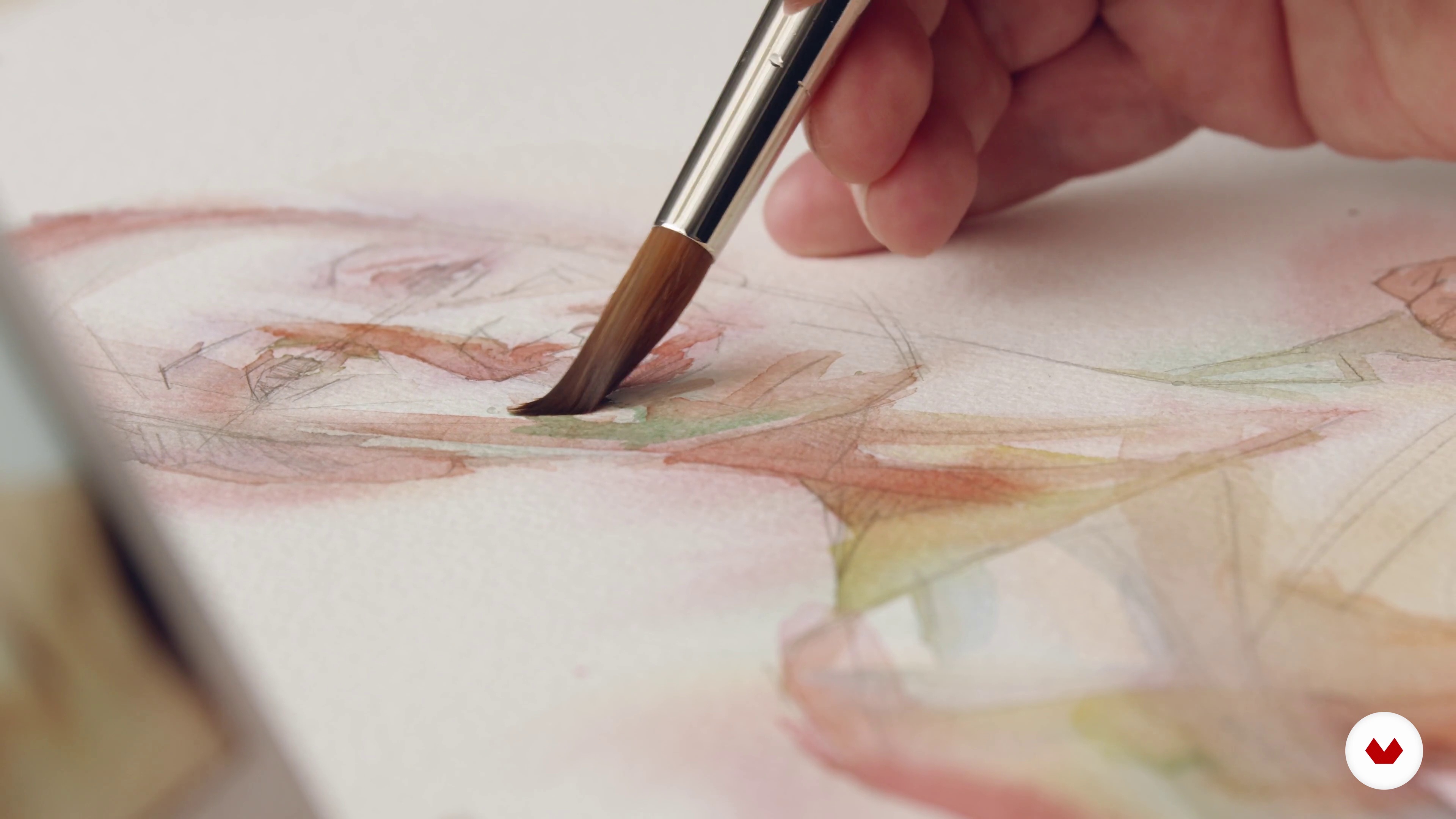
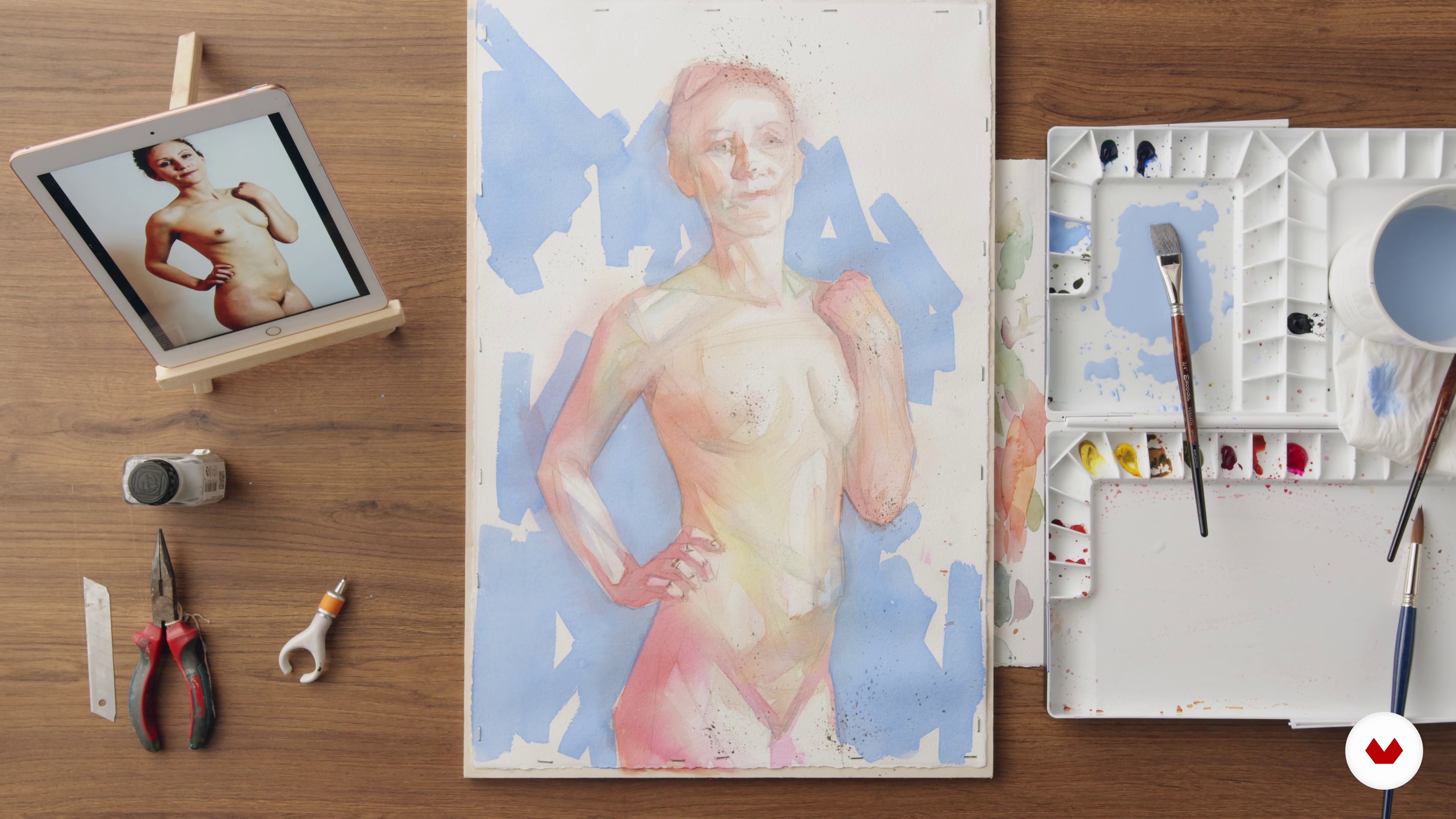

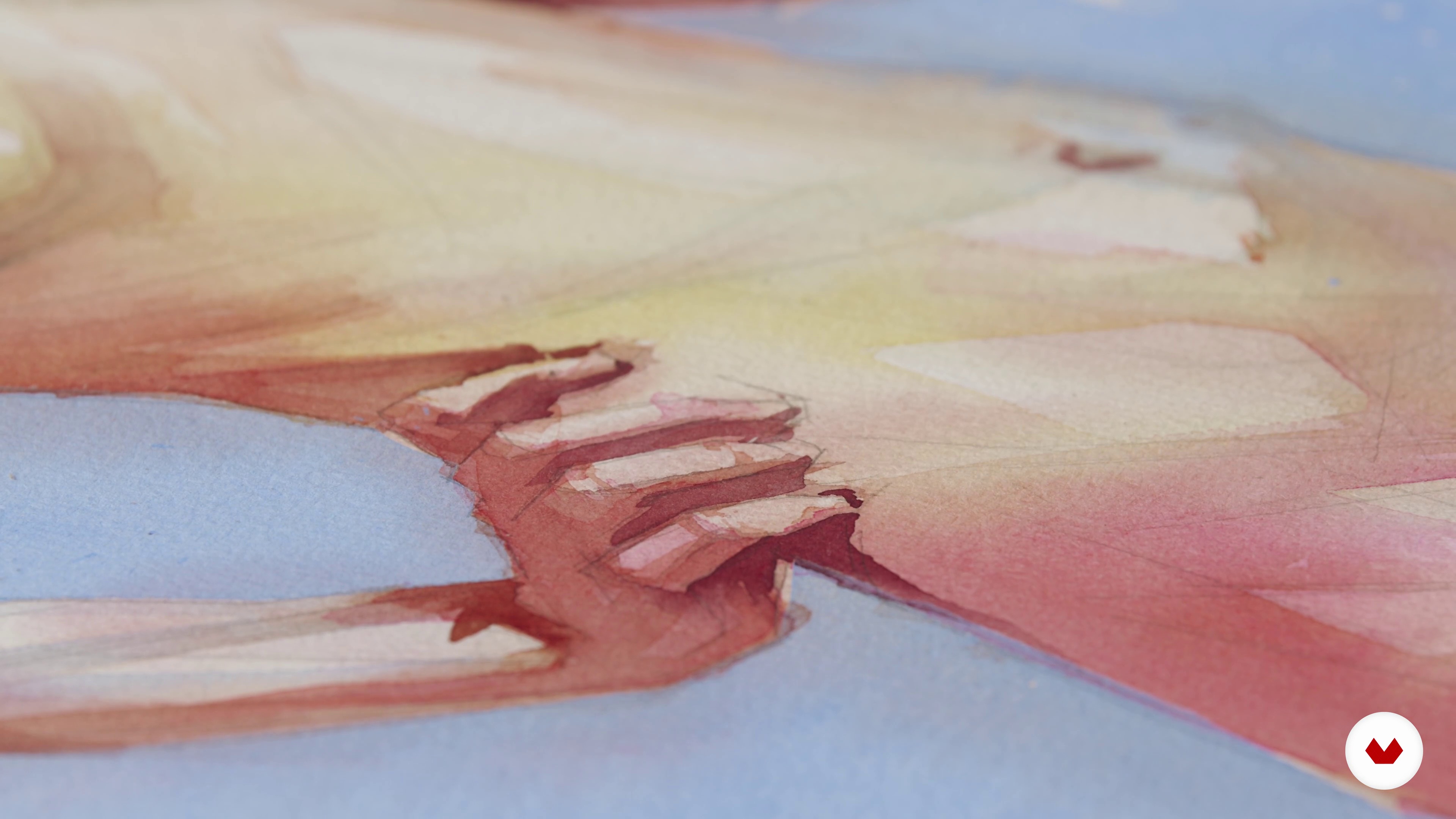
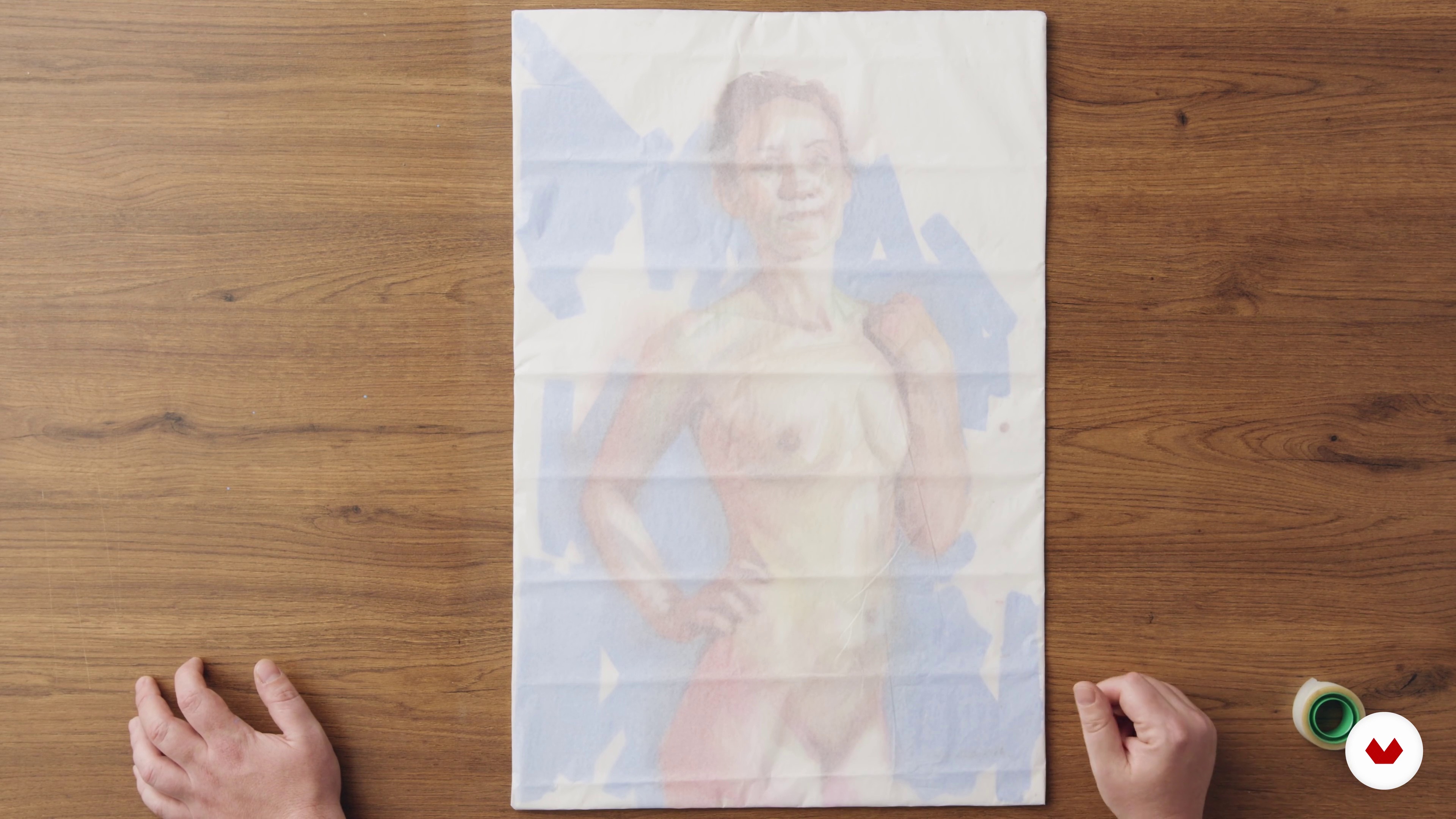
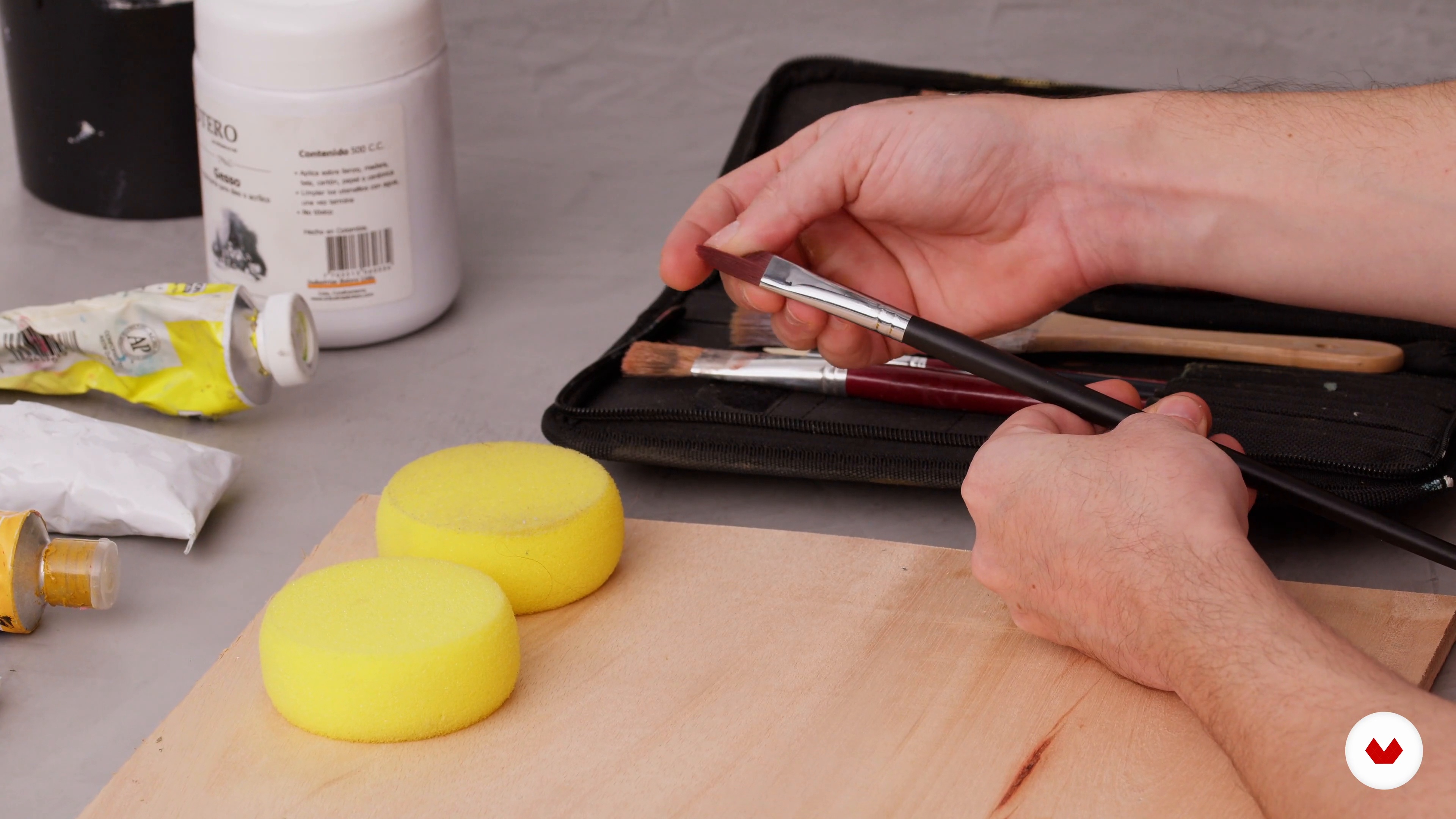

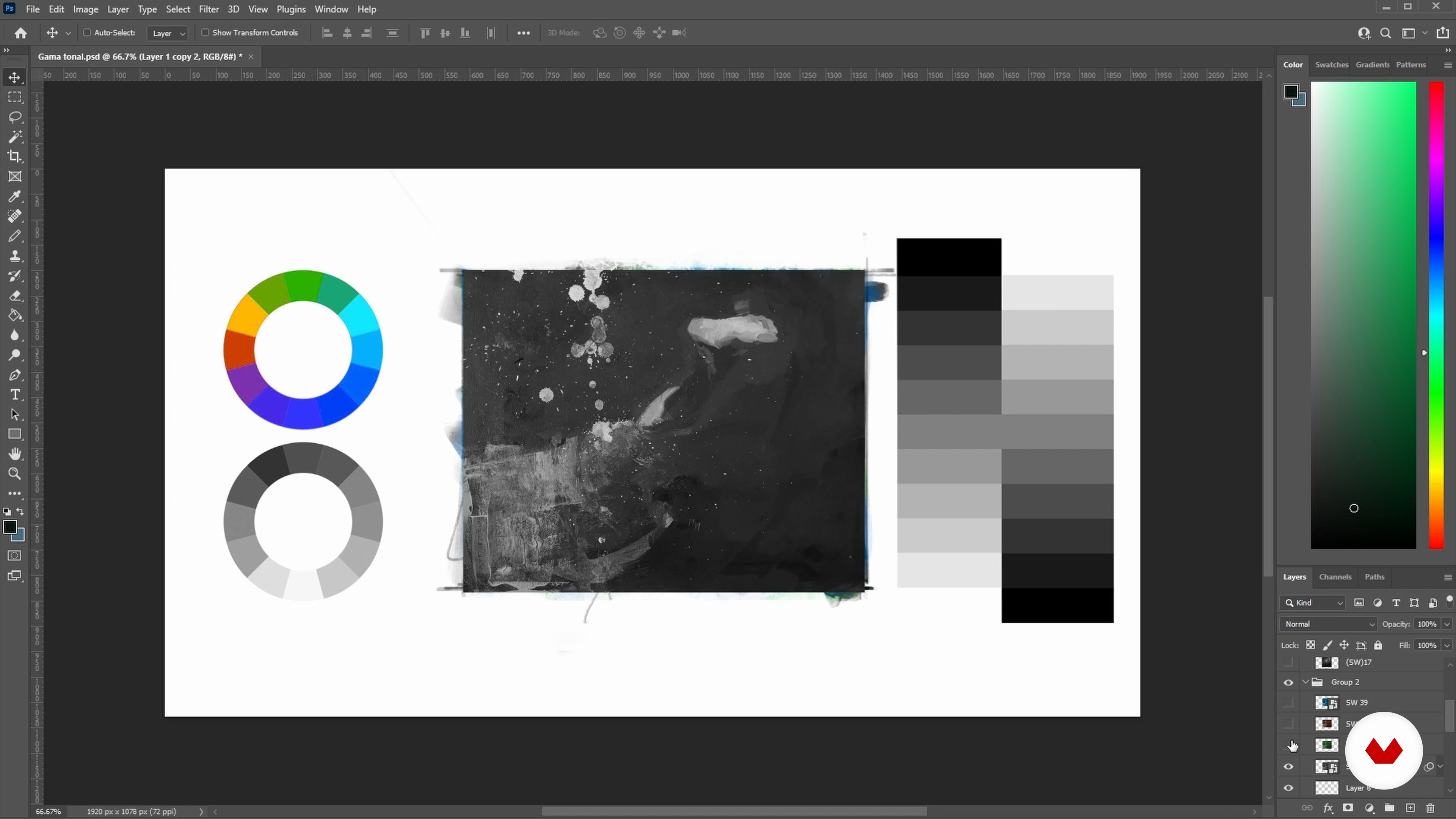
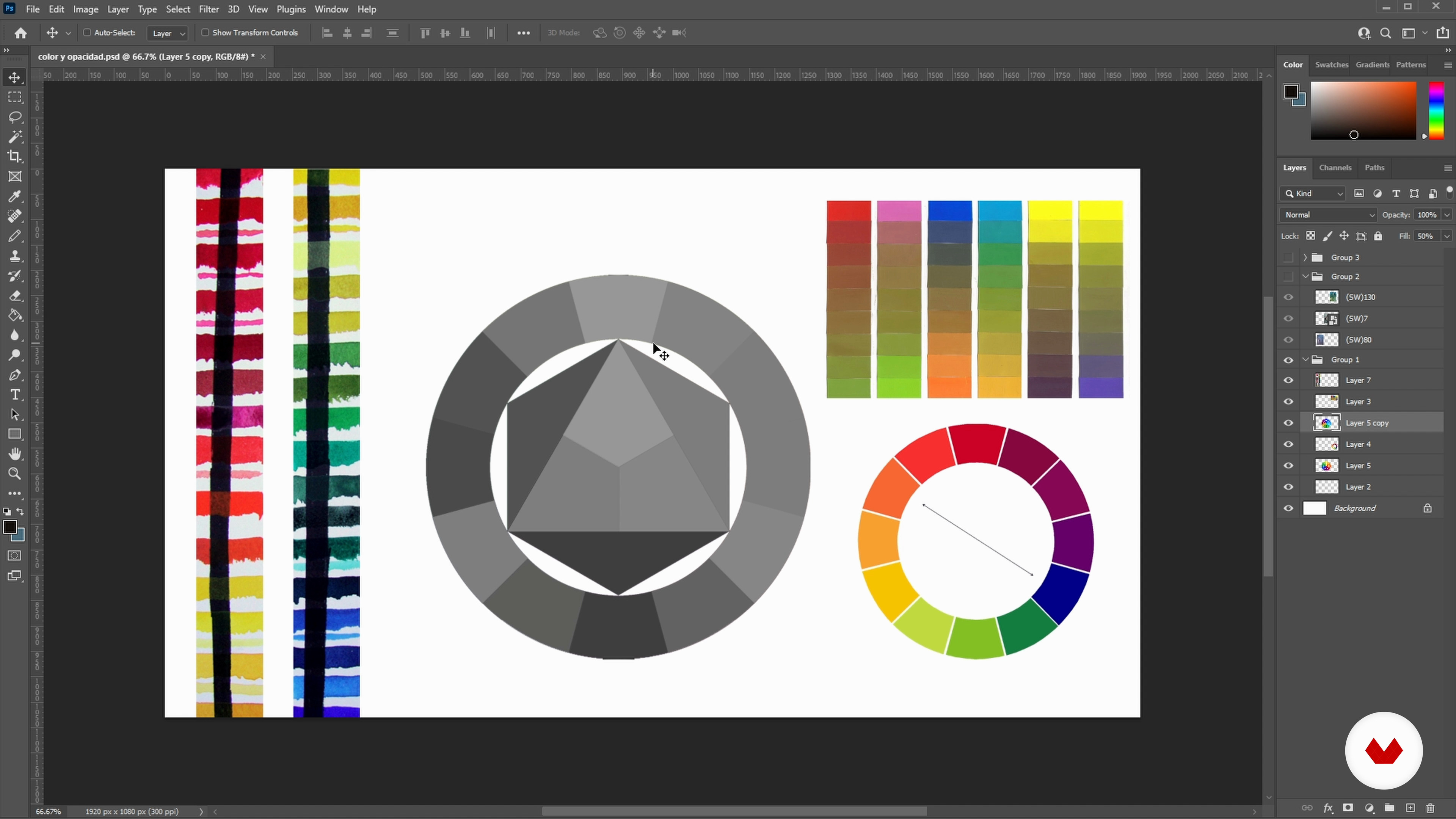
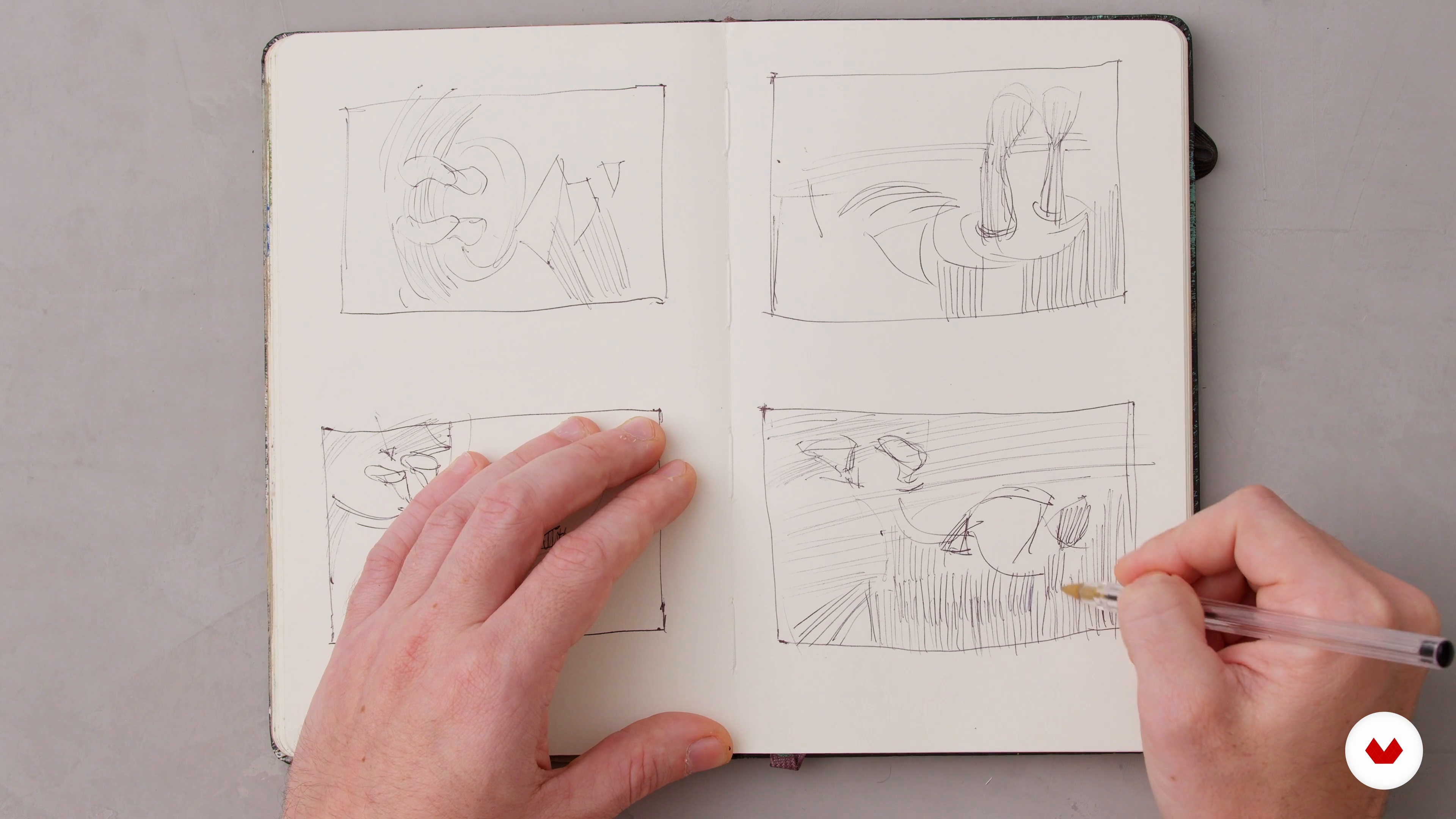
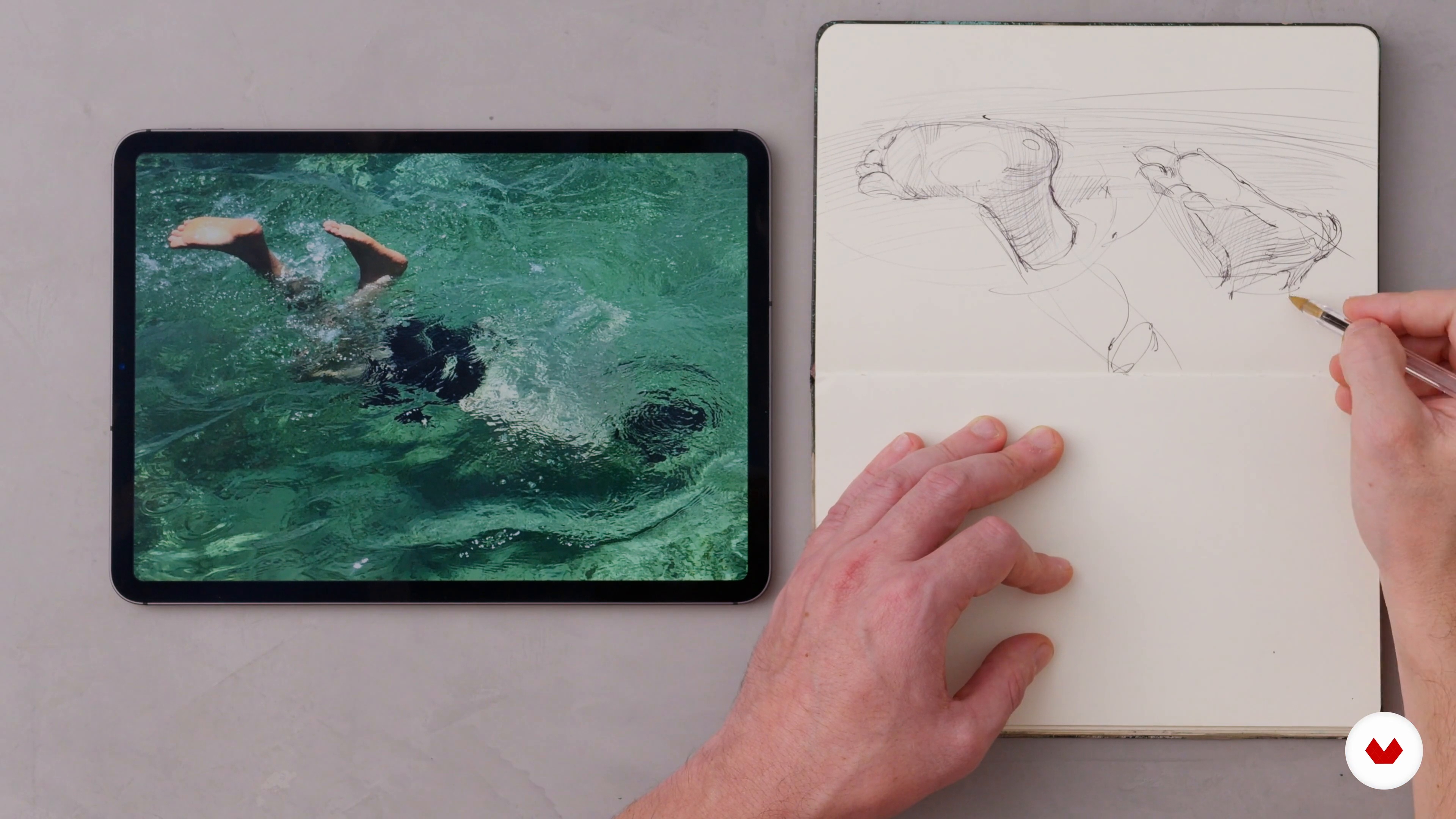
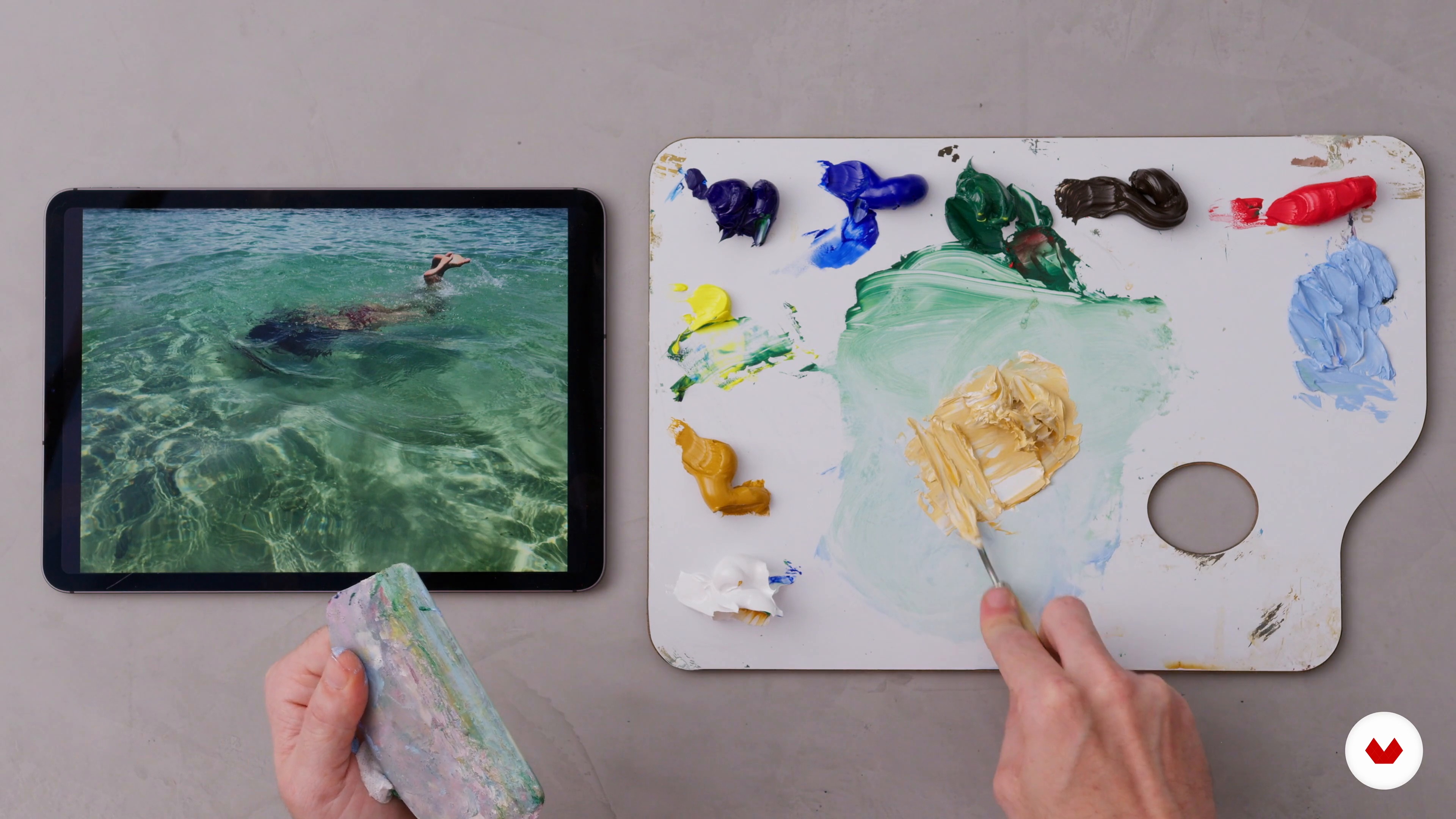
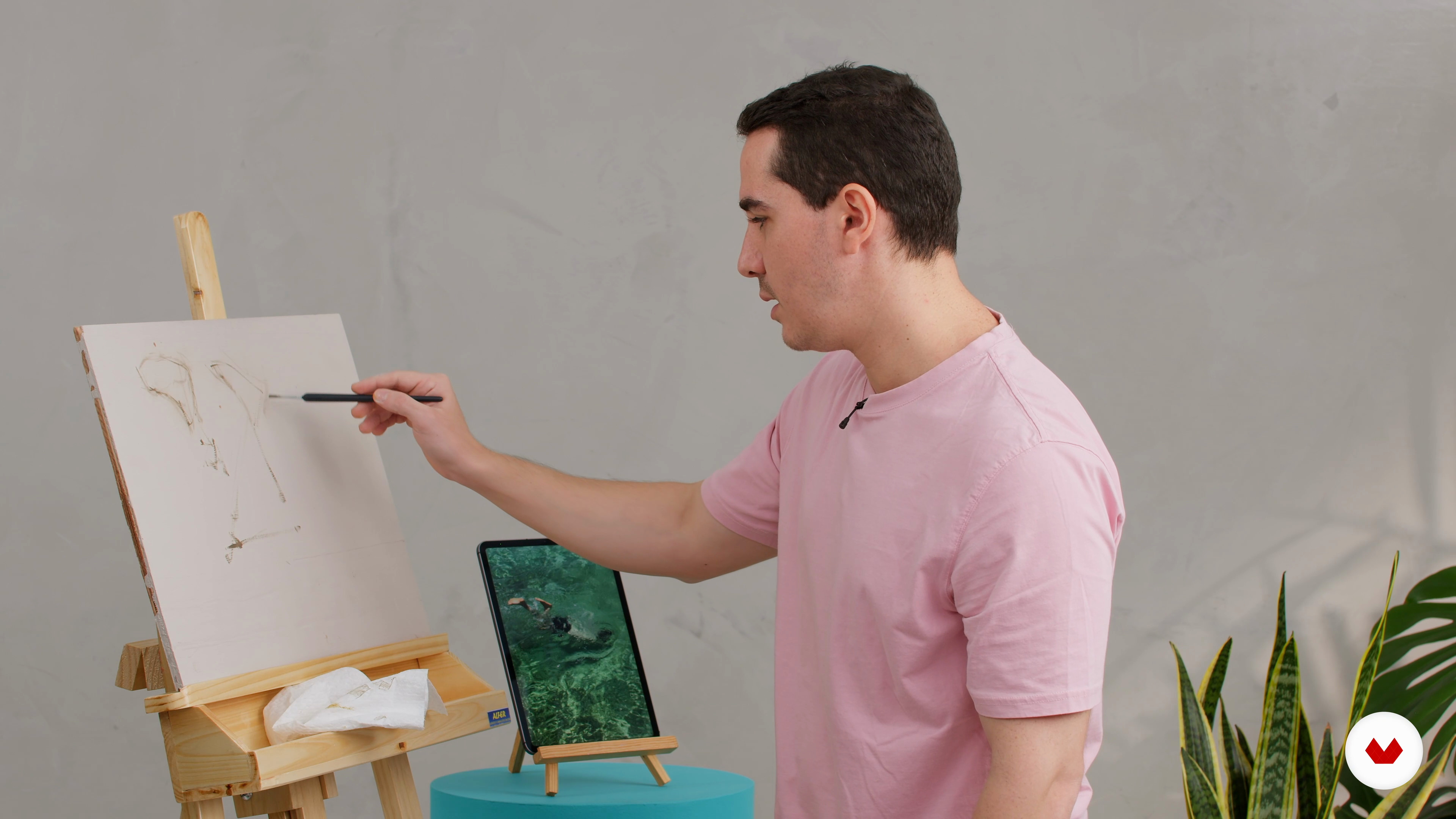
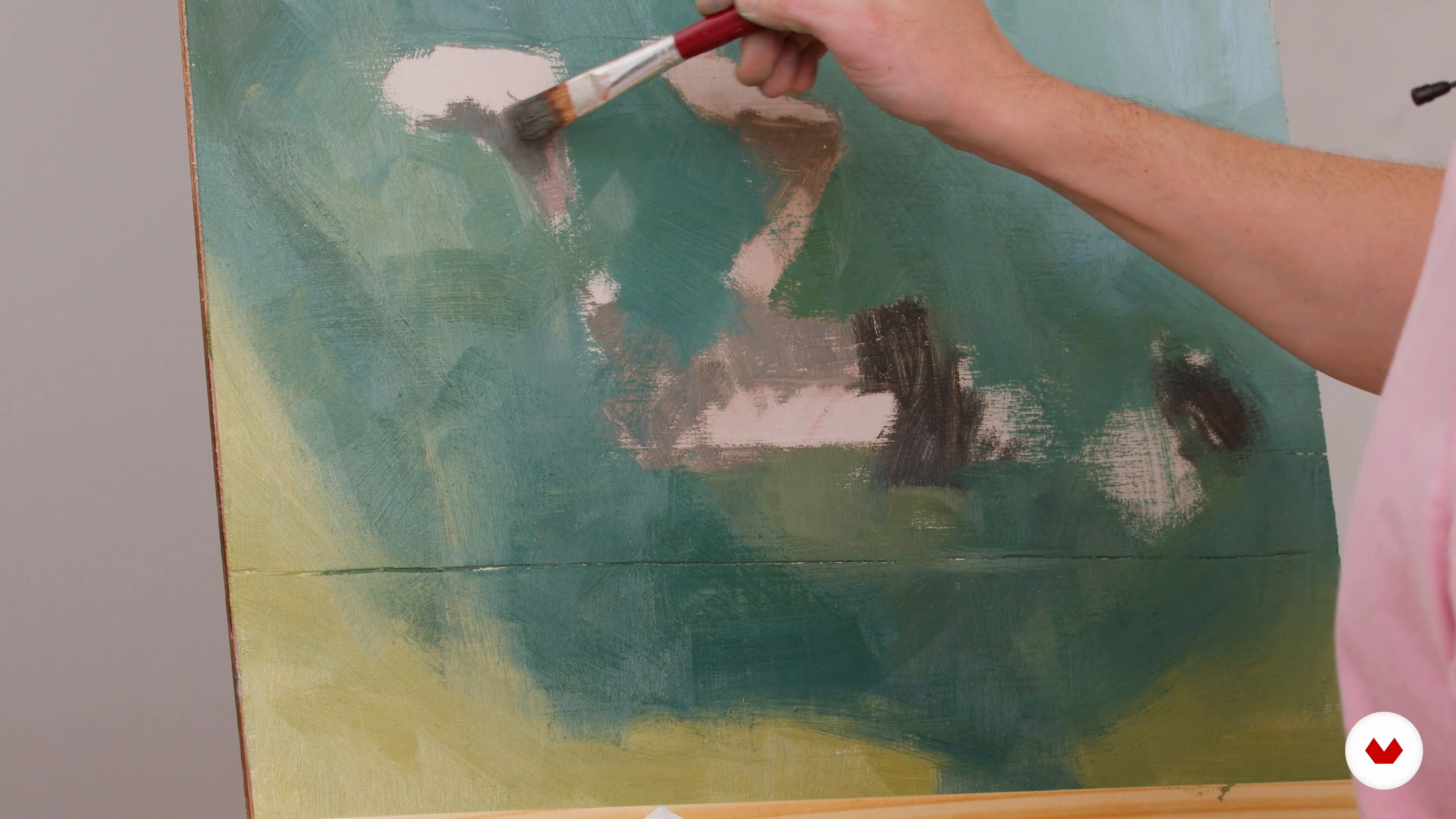
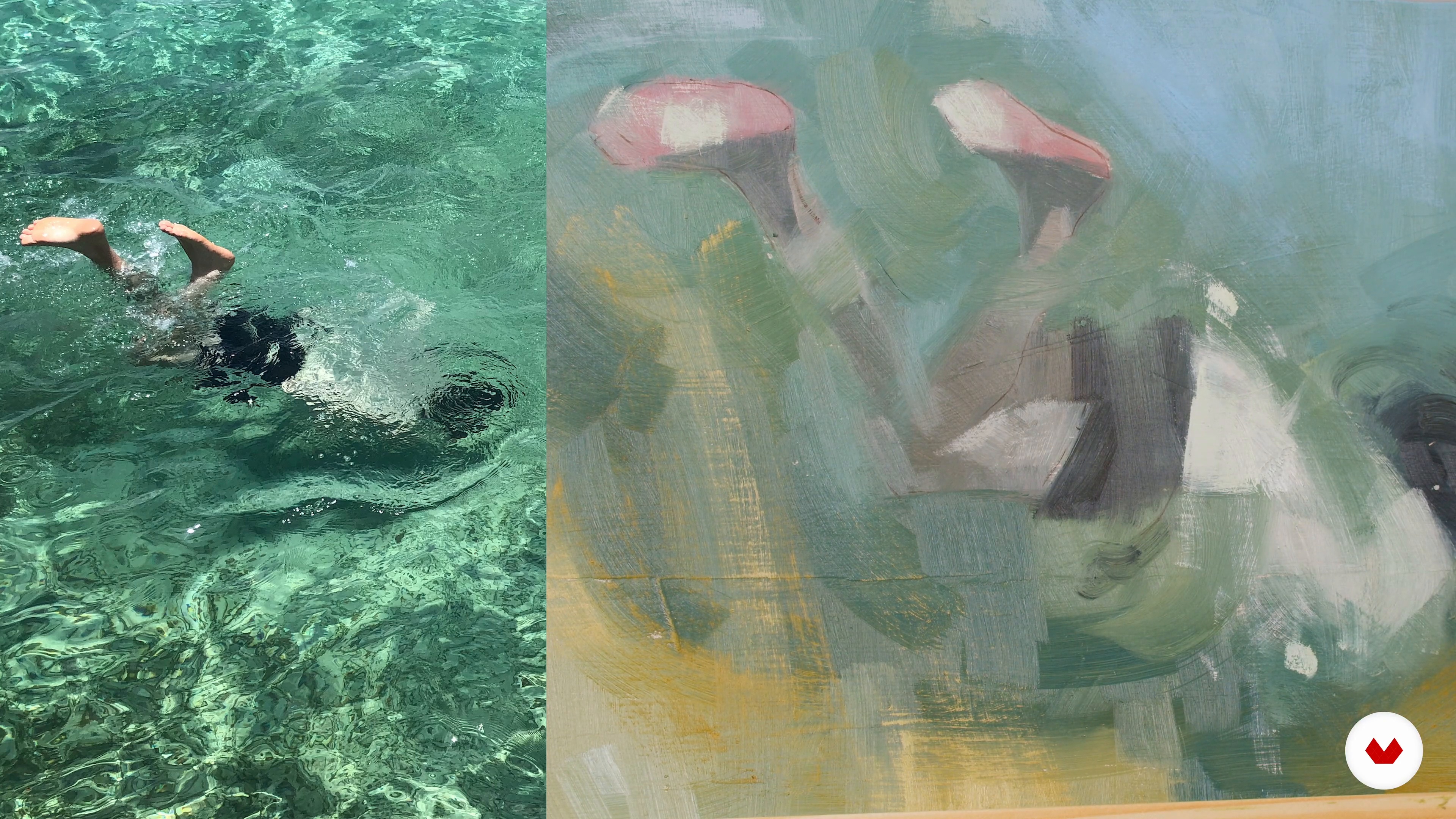
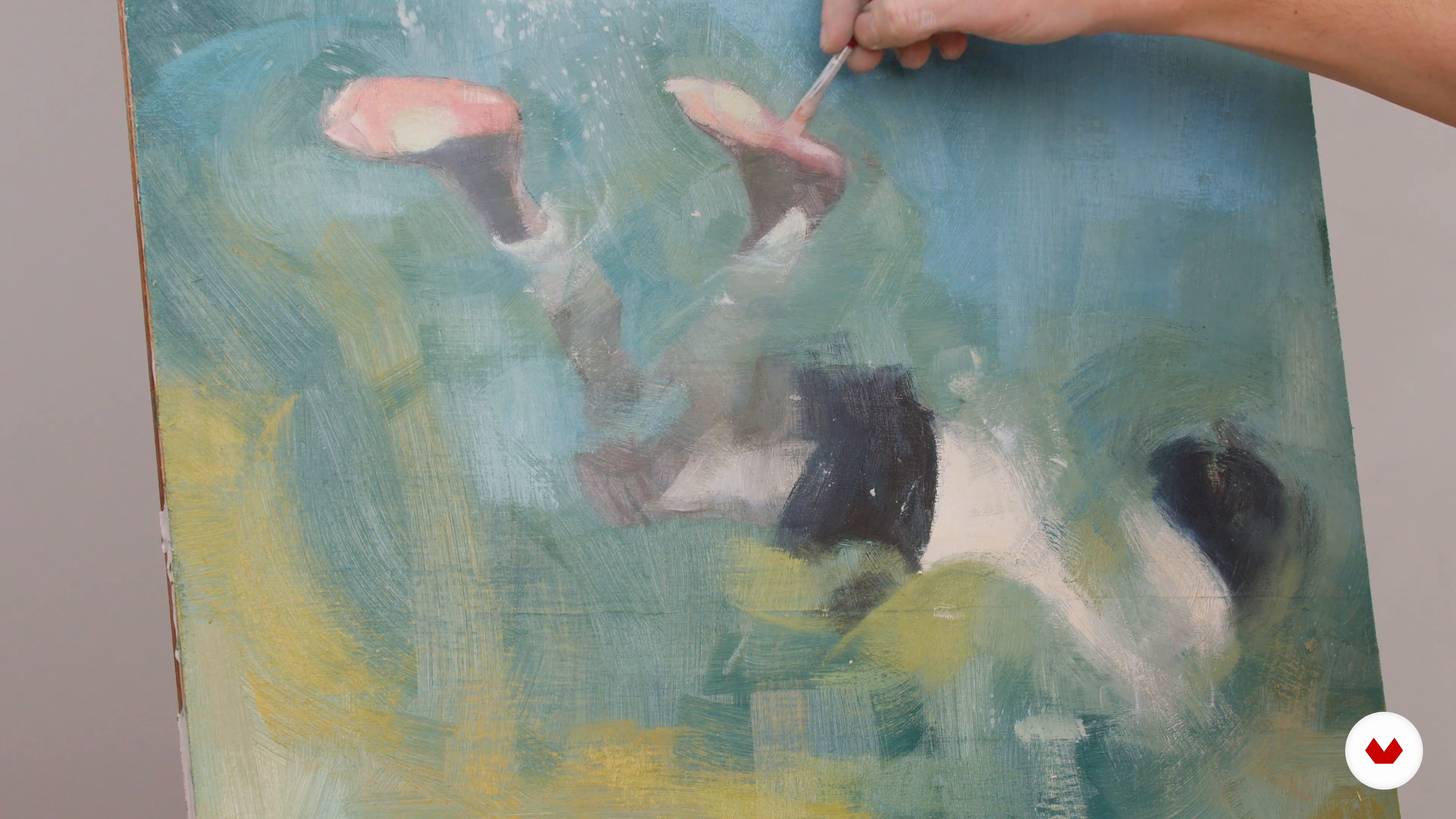
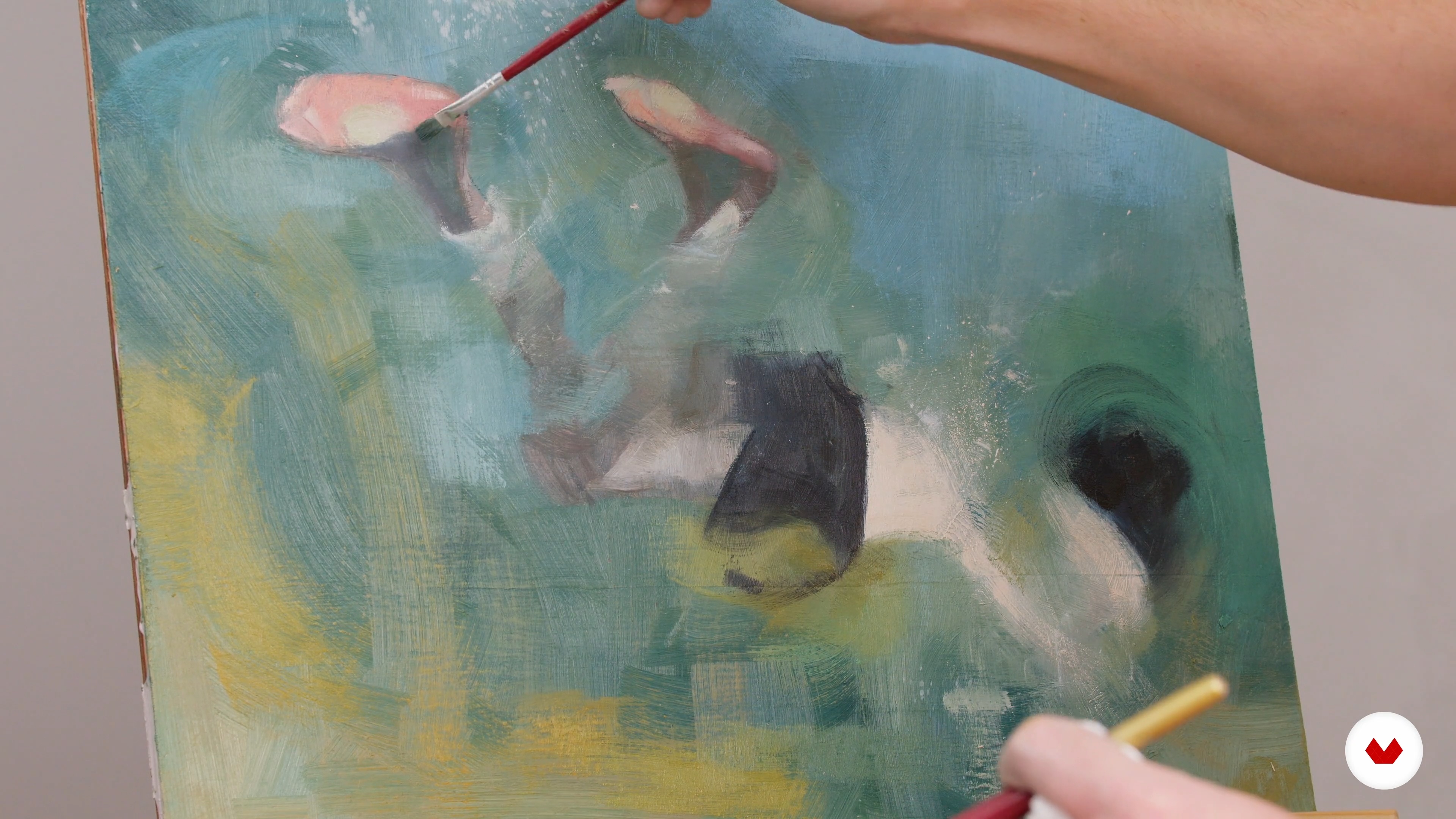
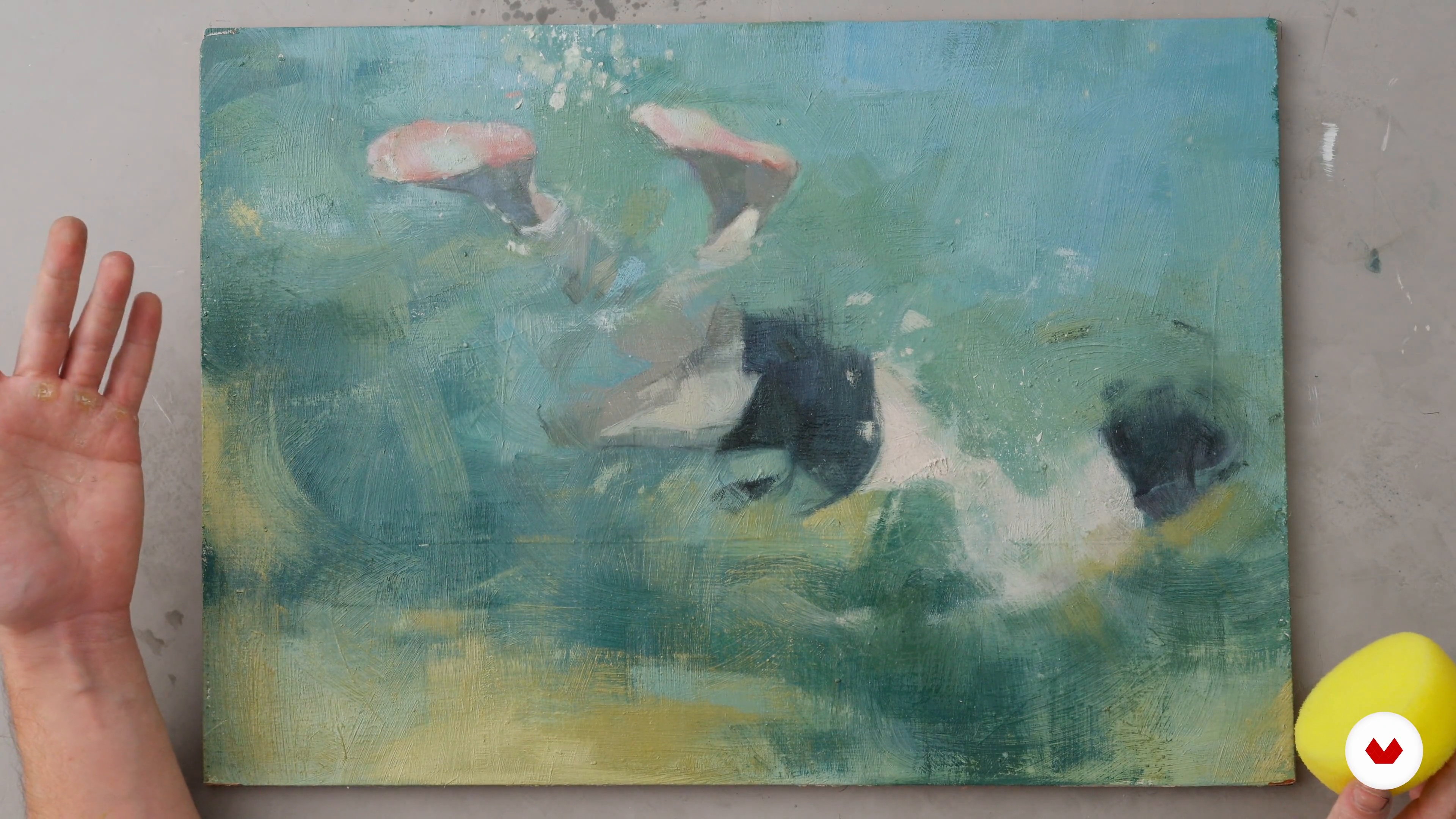
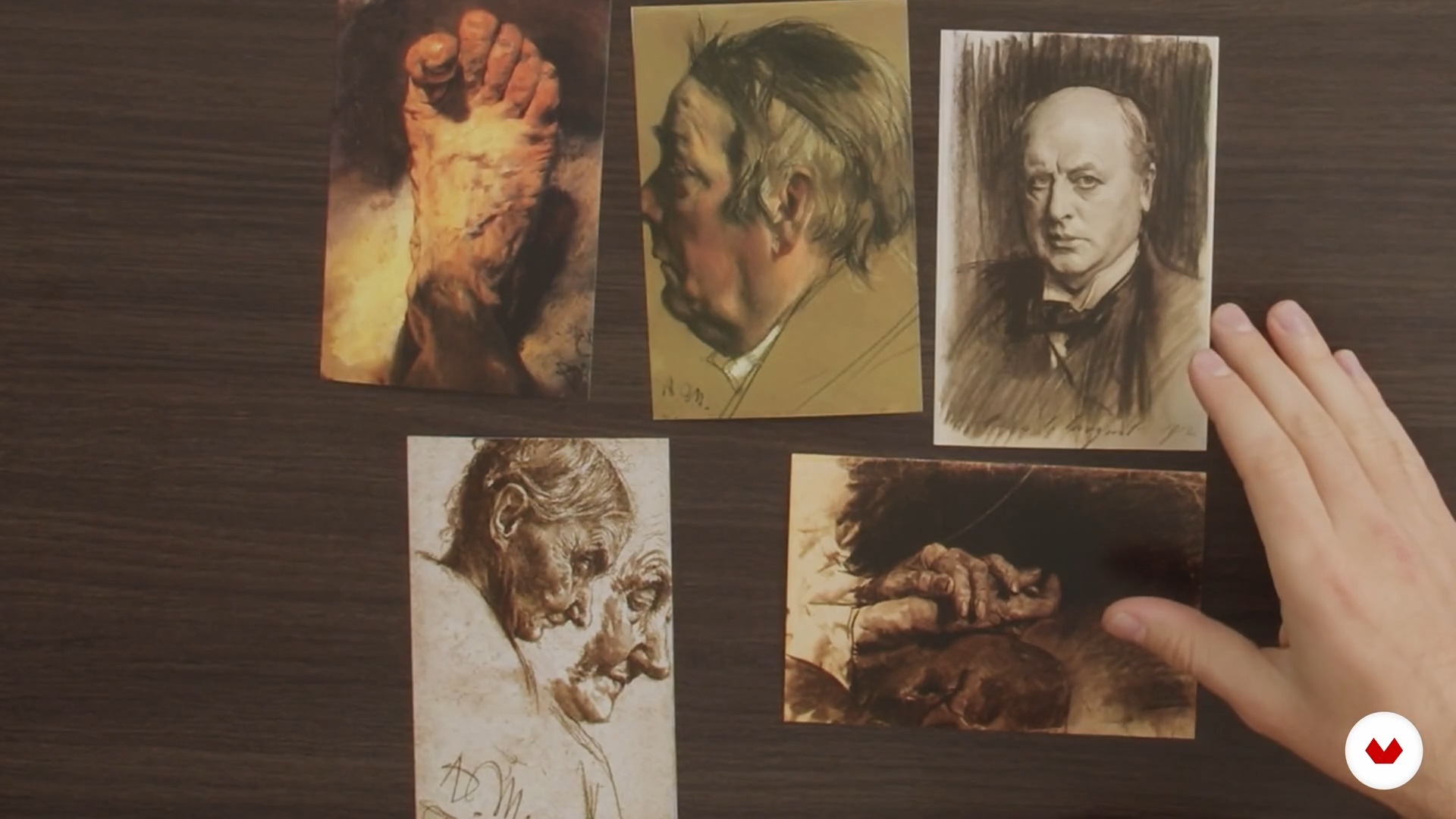

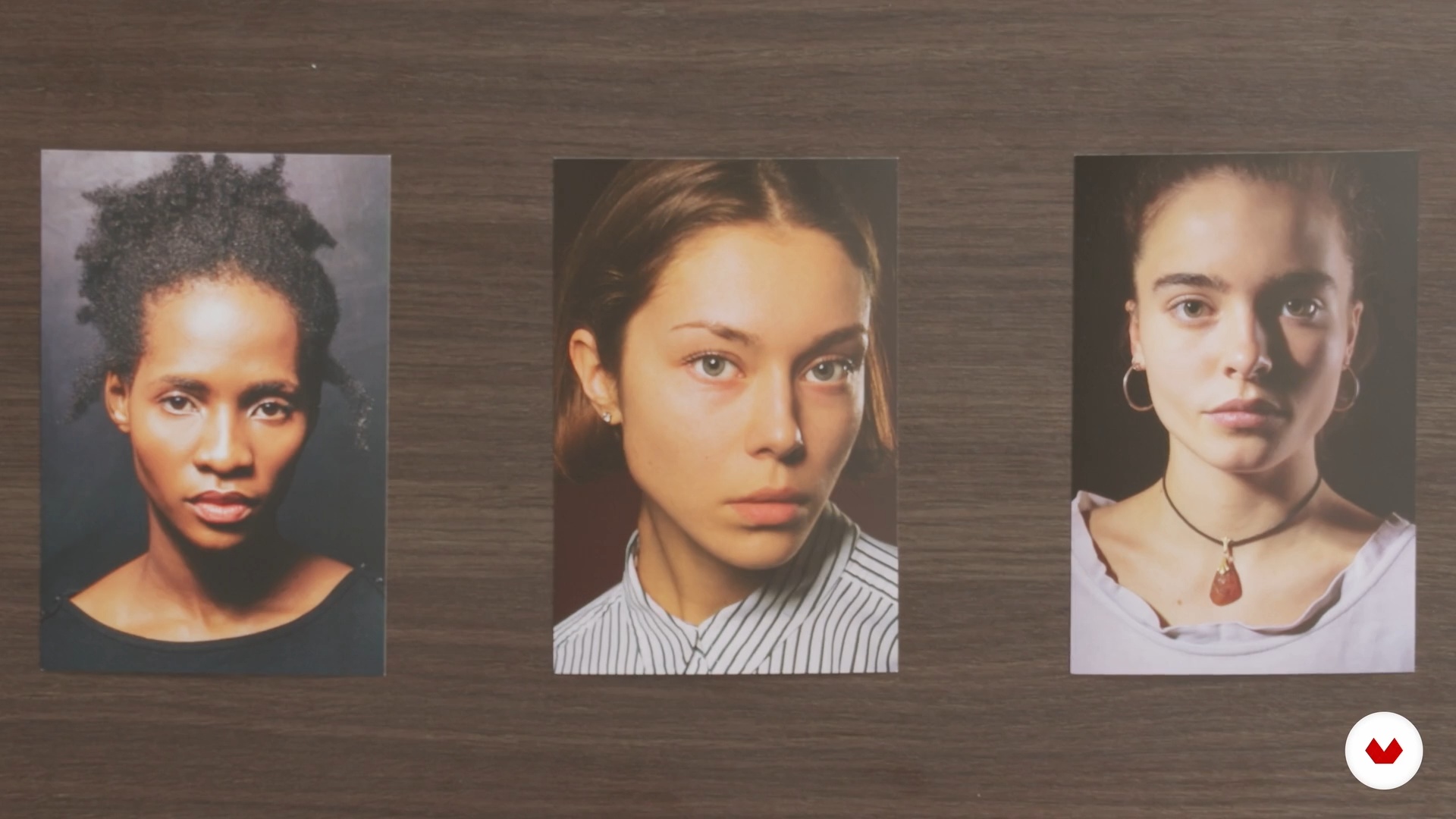
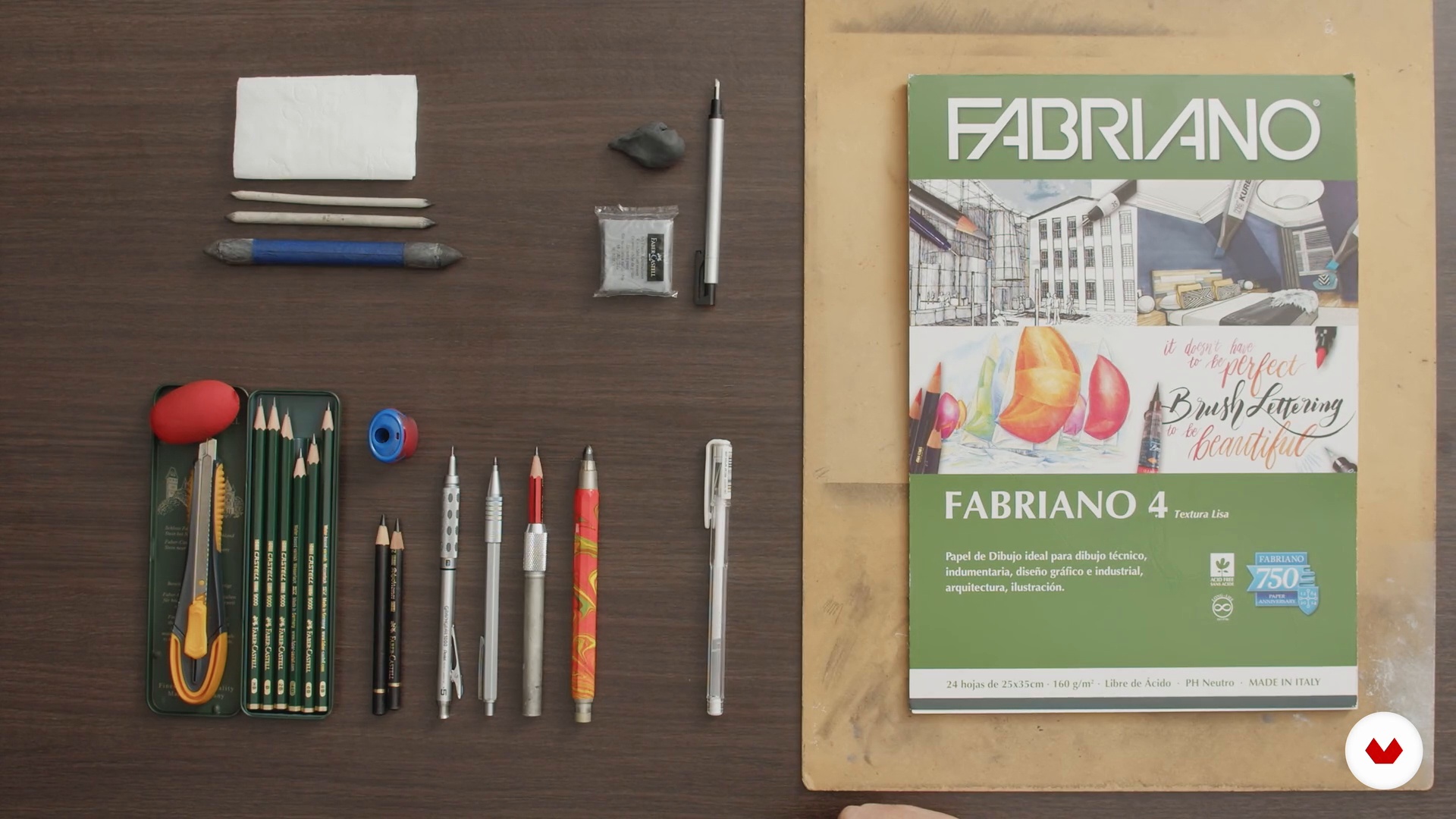
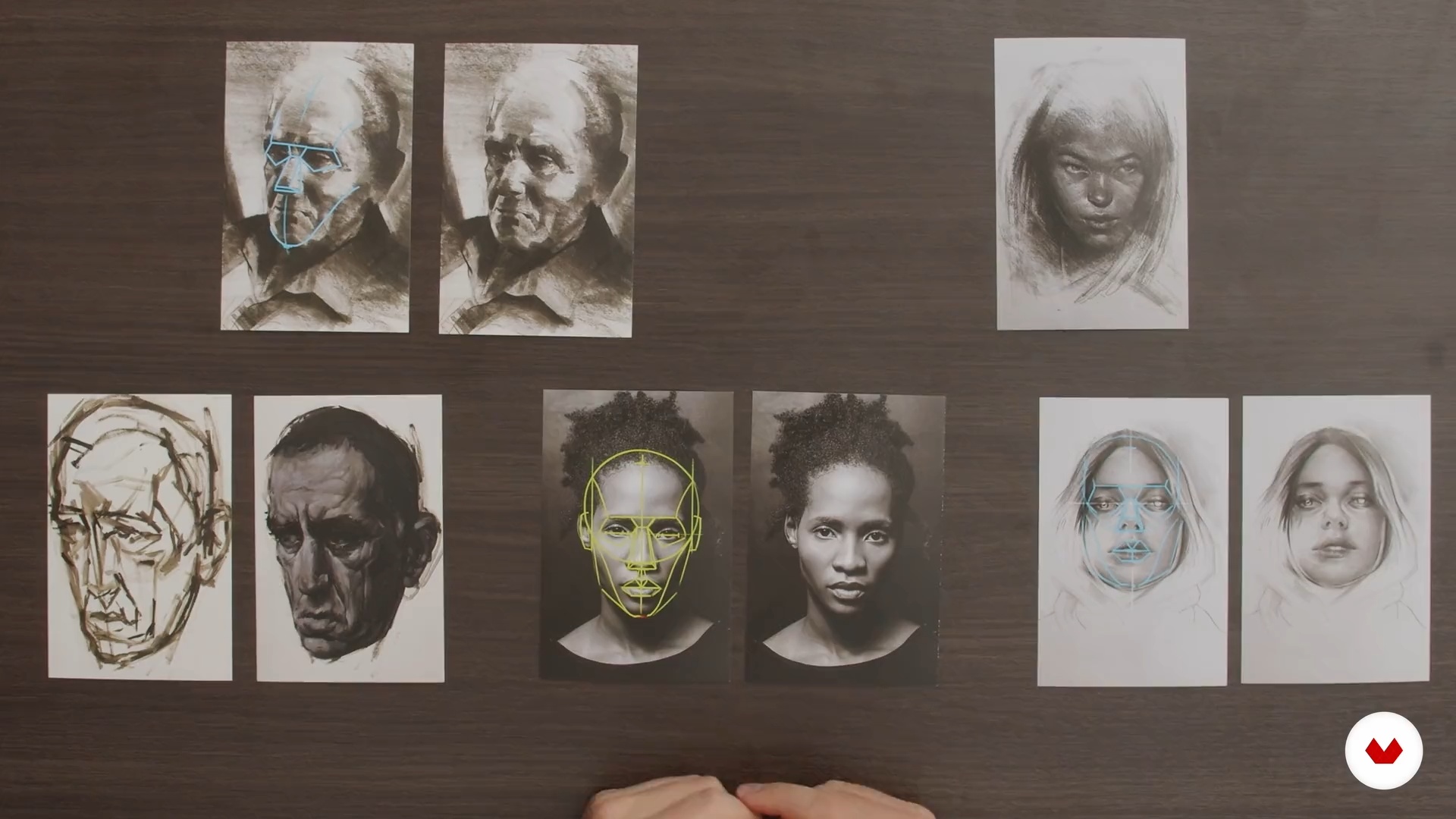
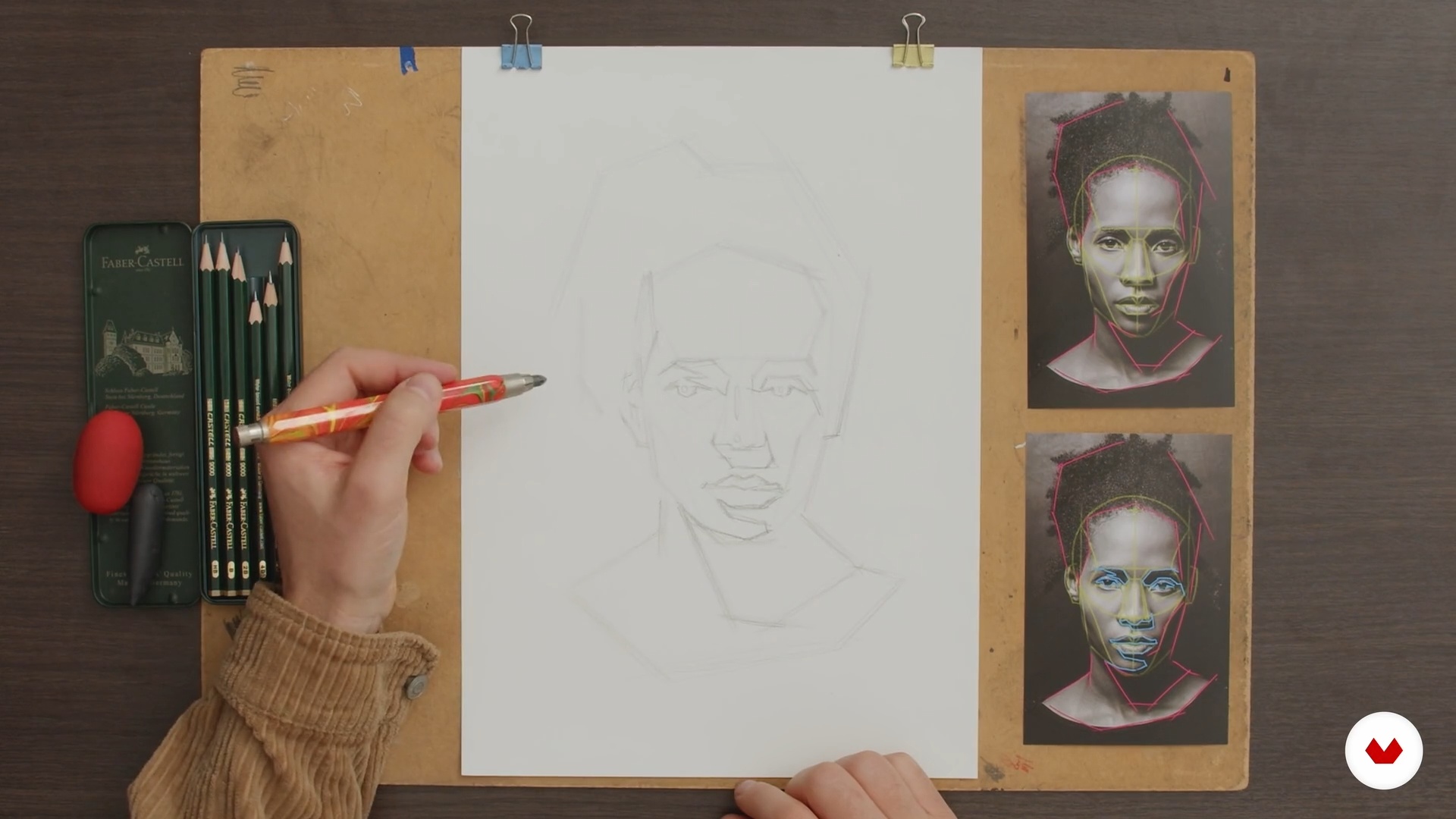
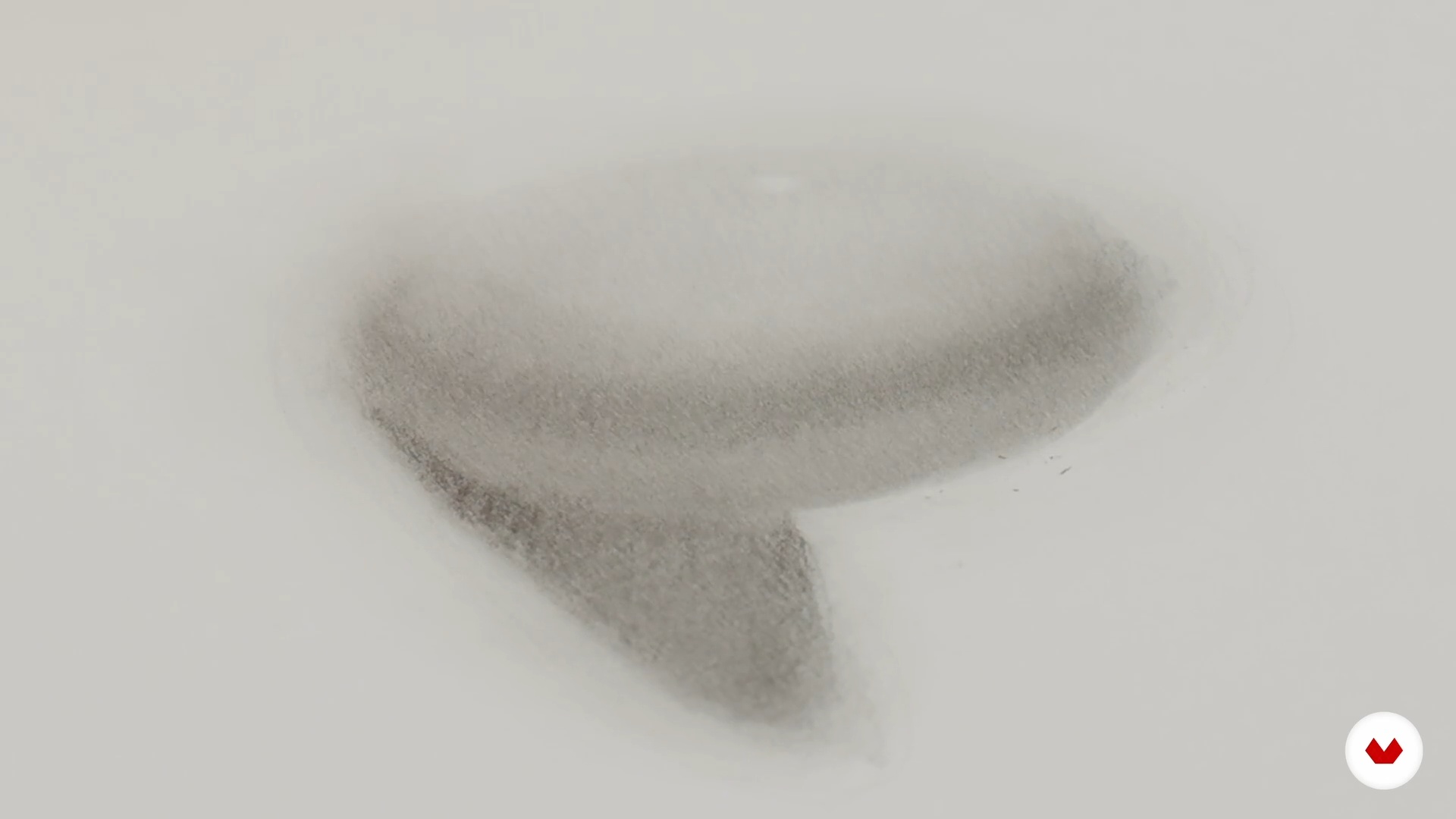
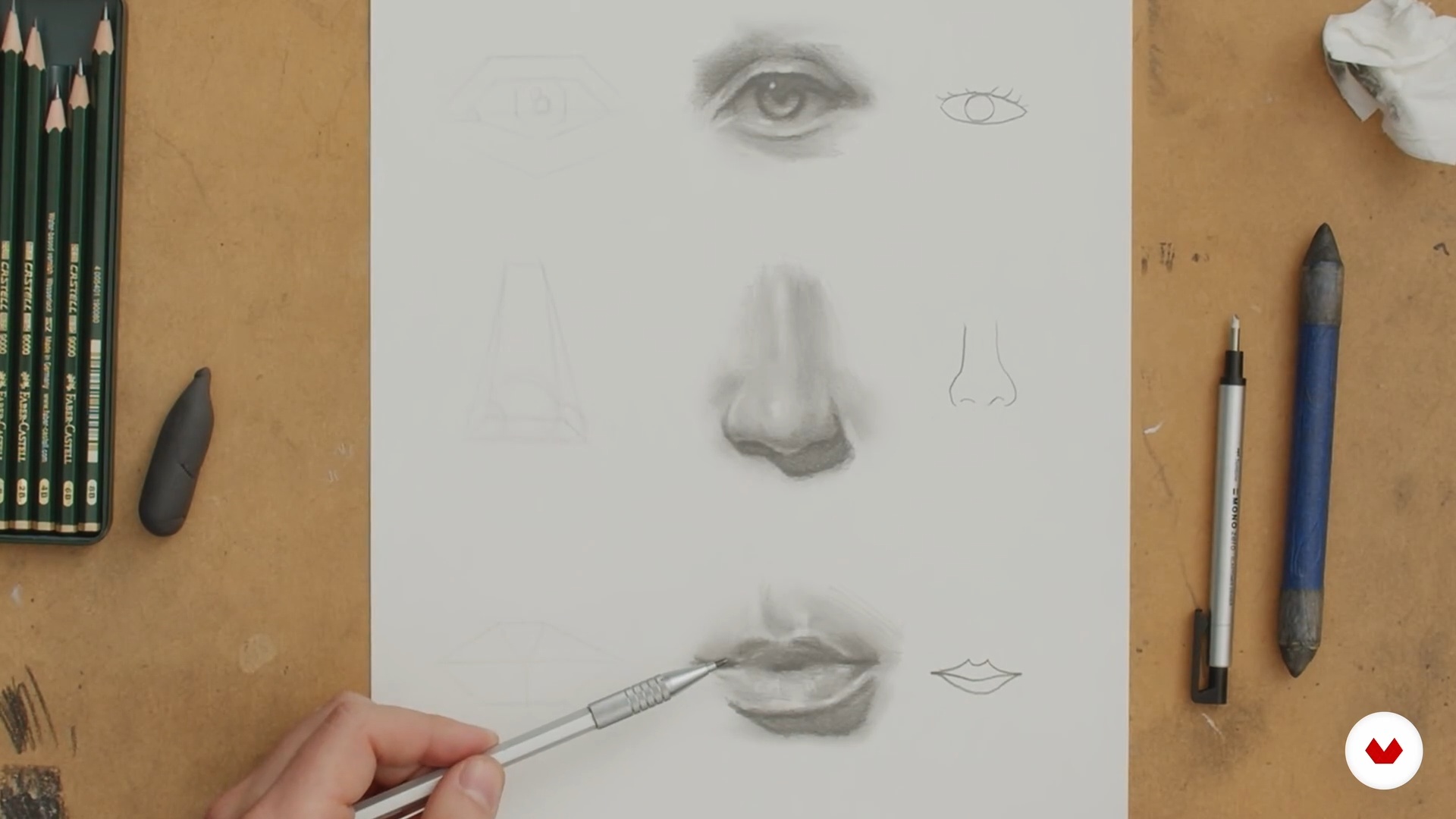
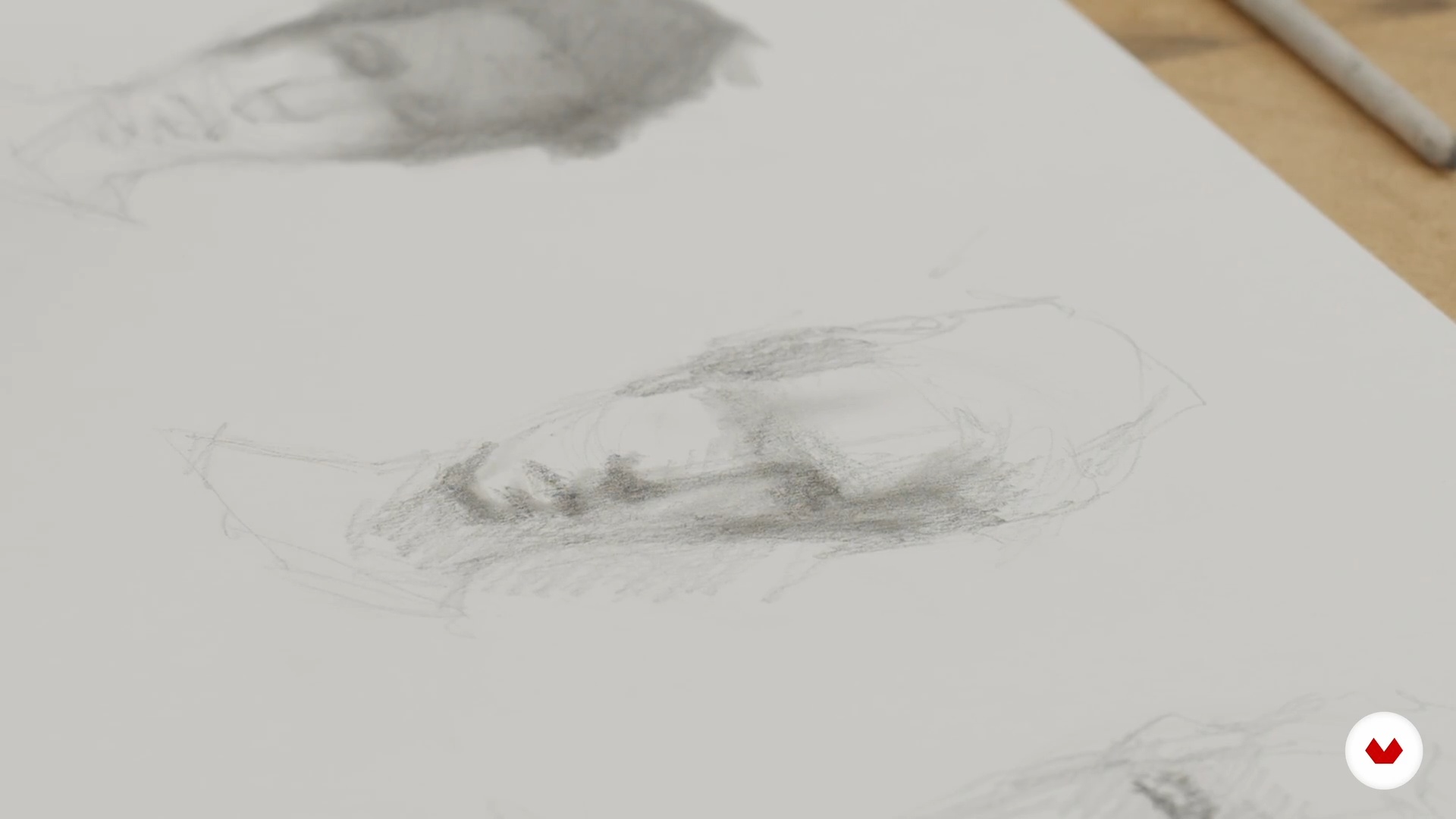
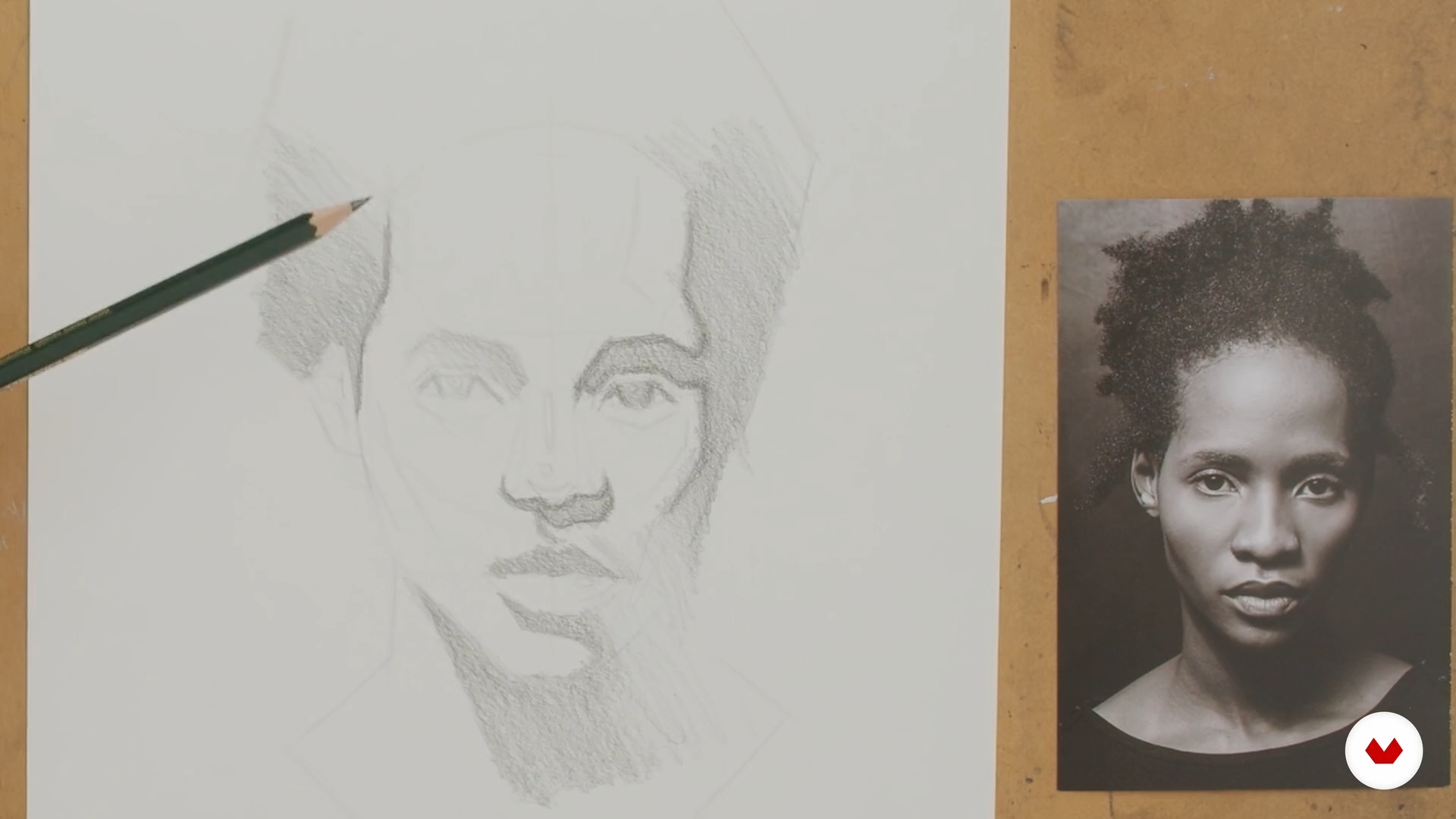
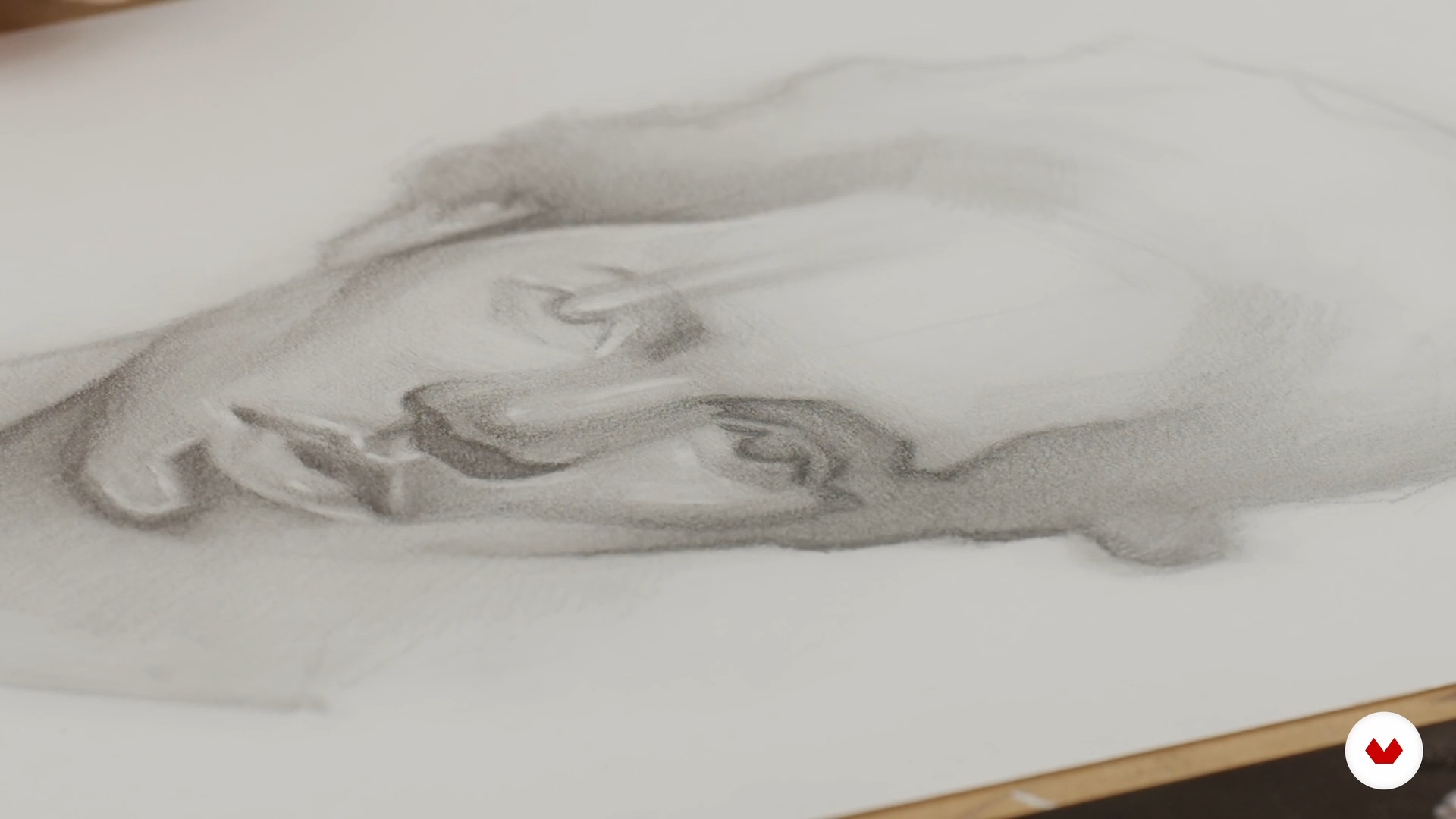
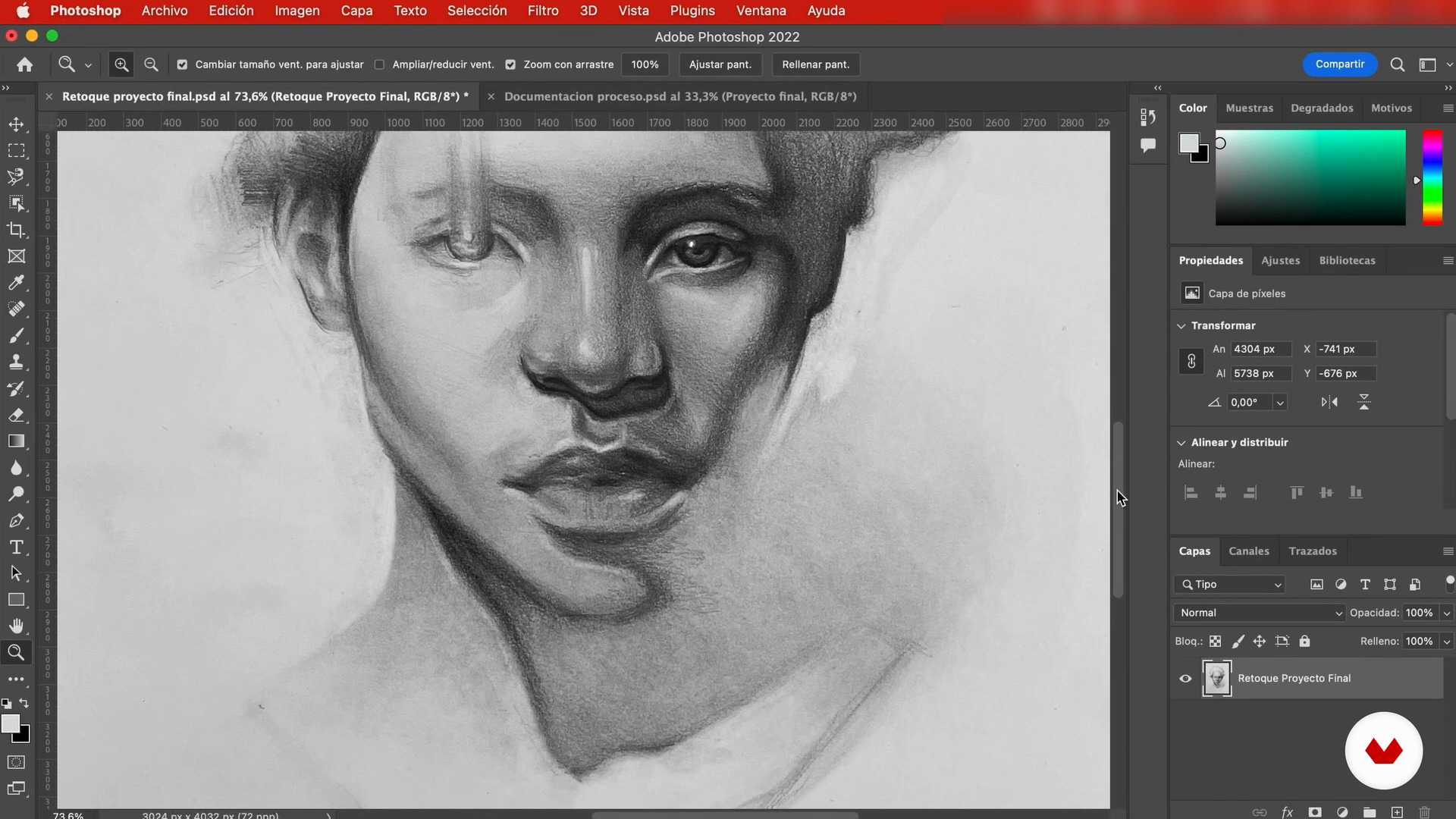
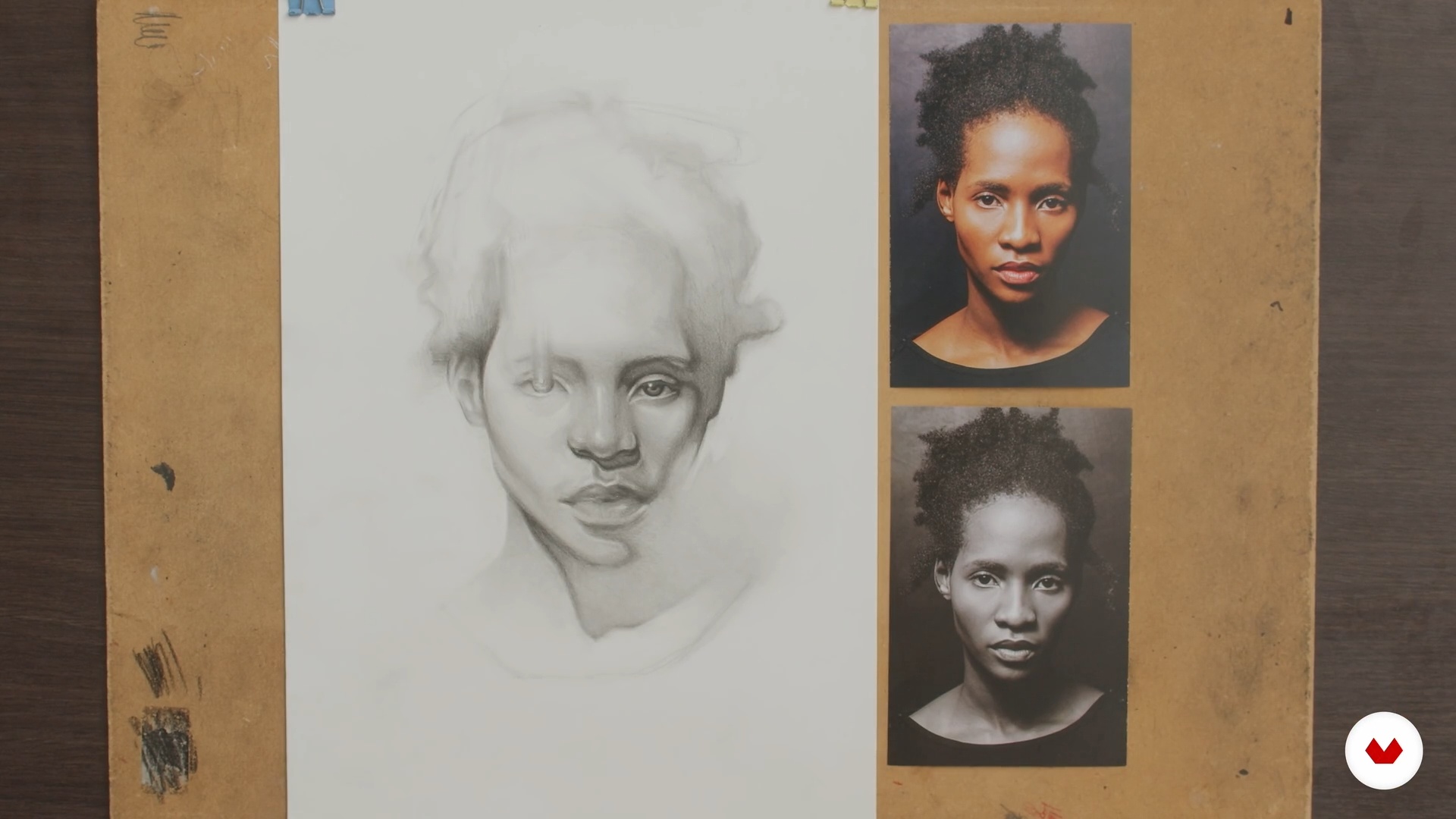
- 100% positive reviews (1)
- 512 students
- 102 lessons (18h 39m)
- 142 additional resources (94 files)
- Online and at your own pace
- Audio: Spanish, German, English, Spanish (Latam), French, Italian, Dutch, Polish, Portuguese, Turkish
- Spanish · English · Portuguese · German · French · Italian · Polish · Dutch · Turkish
- Level: Beginner
- Unlimited access forever
What is this course's project?
This project will allow you to create a series of drawings of the human figure using proportion and structure techniques. You'll complete this project with a catalog of poses, the basis for more detailed and realistic images.
Who is this specialization for?
Artists and drawing enthusiasts seeking to master the representation of the human figure, from beginners to advanced, interested in exploring anatomical techniques, expressing emotions, and experimenting with watercolor, oil, and pencil, developing their personal and creative style.
Requirements and materials
No extensive experience is required, but an interest in drawing and access to basic tools such as pencils, good-quality paper, and watercolors are. A stable internet connection is helpful to follow the content and recommended practices.

Reviews
What to expect from this specialization course
-
Learn at your own pace
Enjoy learning from home without a set schedule and with an easy-to-follow method. You set your own pace.
-
Learn from the best professionals
Learn valuable methods and techniques explained by top experts in the creative sector.
-
Meet expert teachers
Each expert teaches what they do best, with clear guidelines, true passion, and professional insight in every lesson.
-
Certificates
PlusIf you're a Plus member, get a custom certificate for every specialization course. Share it on your portfolio, social media, or wherever you like.
-
Get front-row seats
Videos of the highest quality, so you don't miss a single detail. With unlimited access, you can watch them as many times as you need to perfect your technique.
-
Share knowledge and ideas
Ask questions, request feedback, or offer solutions. Share your learning experience with other students in the community who are as passionate about creativity as you are.
-
Connect with a global creative community
The community is home to millions of people from around the world who are curious and passionate about exploring and expressing their creativity.
-
Watch professionally produced courses
Domestika curates its teacher roster and produces every course in-house to ensure a high-quality online learning experience.
FAQs
What are Domestika's online courses?
Domestika courses are online classes that allow you to learn new skills and create incredible projects. All our courses include the opportunity to share your work with other students and/or teachers, creating an active learning community. We offer different formats:
Original Courses: Complete classes that combine videos, texts, and educational materials to complete a specific project from start to finish.
Basics Courses: Specialized training where you master specific software tools step by step.
Specialization Courses: Learning paths with various expert teachers on the same topic, perfect for becoming a specialist by learning from different approaches.
Guided Courses: Practical experiences ideal for directly acquiring specific skills.
Intensive Courses (Deep Dives): New creative processes based on artificial intelligence tools in an accessible format for in-depth and dynamic understanding.
When do the specialization courses start and when do they finish?
All specialization courses are 100% online, so once they're published, specialization courses start and finish whenever you want. You set the pace of the class. You can go back to review what interests you most and skip what you already know, ask questions, answer questions, share your projects, and more.
What do Domestika's specialization courses include?
The specialization courses are divided into different modules. Each one includes lessons, informational text, tasks, and practice exercises to help you carry out your project step by step, with additional complementary resources and downloads. You'll also have access to an exclusive forum where you can interact with other students, as well as share your work and your final project, creating a community around the specialization courses.
Have you been given a specialization courses?
You can redeem the specialization courses you received by accessing the redeeming page and entering your gift code.







Creo que es muy importante aprendér de la figura humana para mejorar en la ilustración